Forums
- Forums
- Axis And Allies Forum
- General Discussion
- Aviation News
Aviation News
Post a reply
- Go to Next topic
- Go to Welcome
- Go to Introduce Yourself
- Go to General Discussion
- Go to Screenshots, Images and Videos
- Go to Off topic
- Go to Works in Progress
- Go to Skinning Tips / Tutorials
- Go to Skin Requests
- Go to IJAAF Library
- Go to Luftwaffe Library
- Go to RAF Library
- Go to USAAF / USN Library
- Go to Misc Library
- Go to The Ops Room
- Go to Made in Germany
- Go to Campaigns and Missions
- Go to Works in Progress
- Go to Juri's Air-Raid Shelter
- Go to Campaigns and Missions
- Go to Works in Progress
- Go to Skinpacks
- Go to External Projects Discussion
- Go to Books & Resources
-
 Main AdminGeelong, AUSTRALIA ? An F-35 Lightning II stationed at Luke Air Force Base, Ariz., departs the runway during the Australian International Airshow and Aerospace & Defence Exposition (AVALON) March 4. AVALON 2017 is an ideal forum to showcase U.S. defense aircraft and equipment, particularly the latest in fifth generation capabilities such as the F-22 Raptor and F-35 and it is the largest, most comprehensive event of its kind in the Southern Hemisphere, attracting aviation and aerospace professions, key defense personnel, aviation enthusiasts and the general public. The U.S. participates in AVALON and other similar events to demonstrate the U.S. commitment to regional security and stability. (U.S. Air Force photo/Master Sgt. John Gordinier)
Main AdminGeelong, AUSTRALIA ? An F-35 Lightning II stationed at Luke Air Force Base, Ariz., departs the runway during the Australian International Airshow and Aerospace & Defence Exposition (AVALON) March 4. AVALON 2017 is an ideal forum to showcase U.S. defense aircraft and equipment, particularly the latest in fifth generation capabilities such as the F-22 Raptor and F-35 and it is the largest, most comprehensive event of its kind in the Southern Hemisphere, attracting aviation and aerospace professions, key defense personnel, aviation enthusiasts and the general public. The U.S. participates in AVALON and other similar events to demonstrate the U.S. commitment to regional security and stability. (U.S. Air Force photo/Master Sgt. John Gordinier)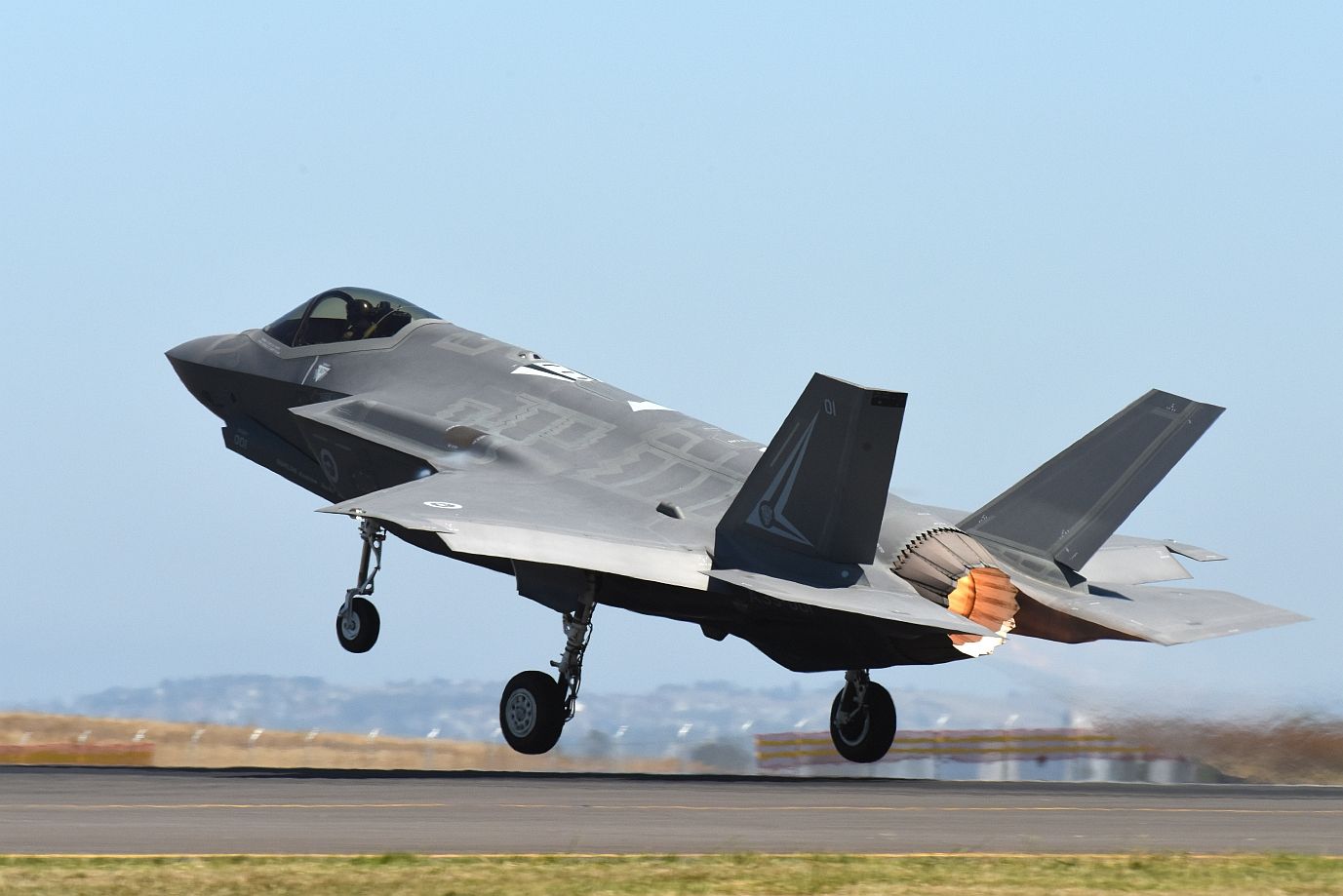
Geelong, AUSTRALIA ? A U.S. Air Force F-16 Viper part of the F-16 Demonstration team from Misawa Air Base, Japan, banks straight up causing vapor contrails during the Australian International Airshow and Aerospace & Defence Exposition (AVALON) March 4. AVALON 2017 is the largest, most comprehensive event of its kind in the Southern Hemisphere, attracting aviation and aerospace professions, key defense personnel, aviation enthusiasts and the general public. The U.S. participates in AVALON 2017 and other similar events to demonstrate the U.S. commitment to regional security and stability. (U.S. Air Force photo's/Master Sgt. John Gordinier)
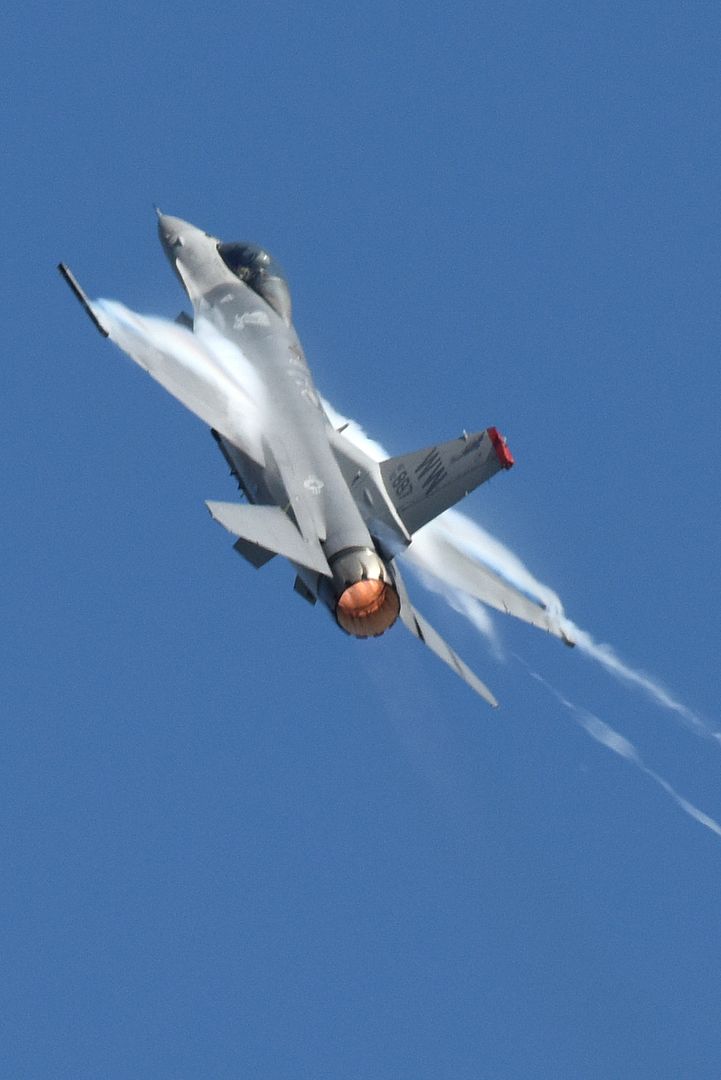
A C-130 Hercules from the 144th Airlift Squadron, Alaska Air National Guard, flies over Denali National Park, Alaska, March 4, 2017. After 41 years of flying the C-130 aircraft, the 144th Airlift Squadron?s eight C-130s were divested, with the planes either being transferred to outside units or retired from service. The unit?s last two aircraft departed Joint Base Elmendorf-Richardson, Alaska, the following day. (U.S. Air National Guard photo by Staff Sgt. Edward Eagerton/released)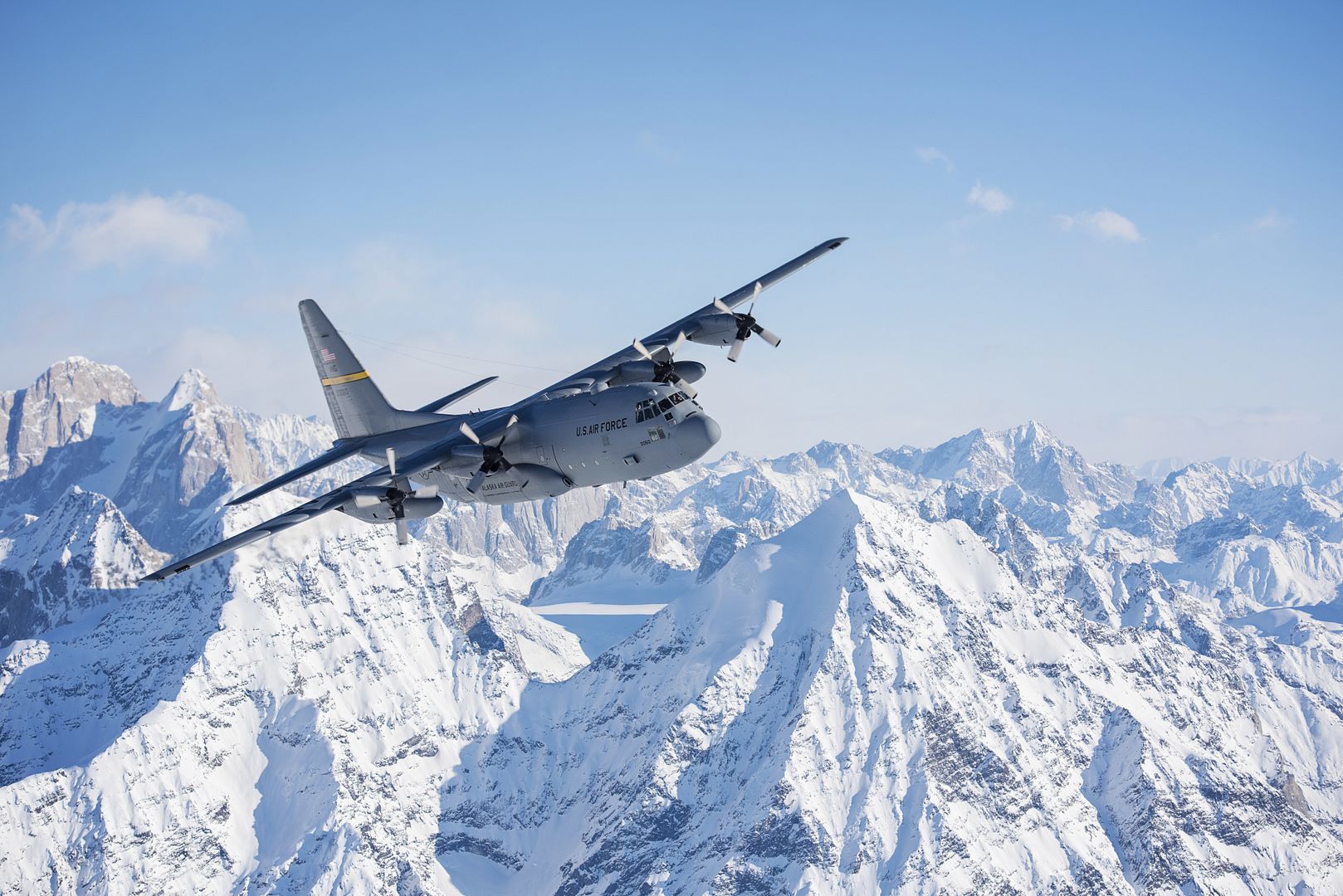
The last two C-130 Hercules aircraft from the 144th Airlift Squadron prepare to take off for the last time from Joint Base Elmendorf-Richardson, Alaska, March 5, 2017. After 41 years of flying the C-130 aircraft, the 144th Airlift Squadron?s eight C-130s were divested, with the planes either being transferred to outside units or retired from service. (U.S. Air National Guard photo by Staff Sgt. Edward Eagerton/released)
03.05.2017
U.S. Army Hawaii National Guard 171st Aviation crew conducted an orientation flight in CH-47F Chinook helicopters for new Recruitment Sustainment Program soldiers from the 298th Regional Training Institute, Bellows Air Force Station, Waimanalo Hawaii. (Army National Guard photo by Spc. Matthew A. Foster/Released)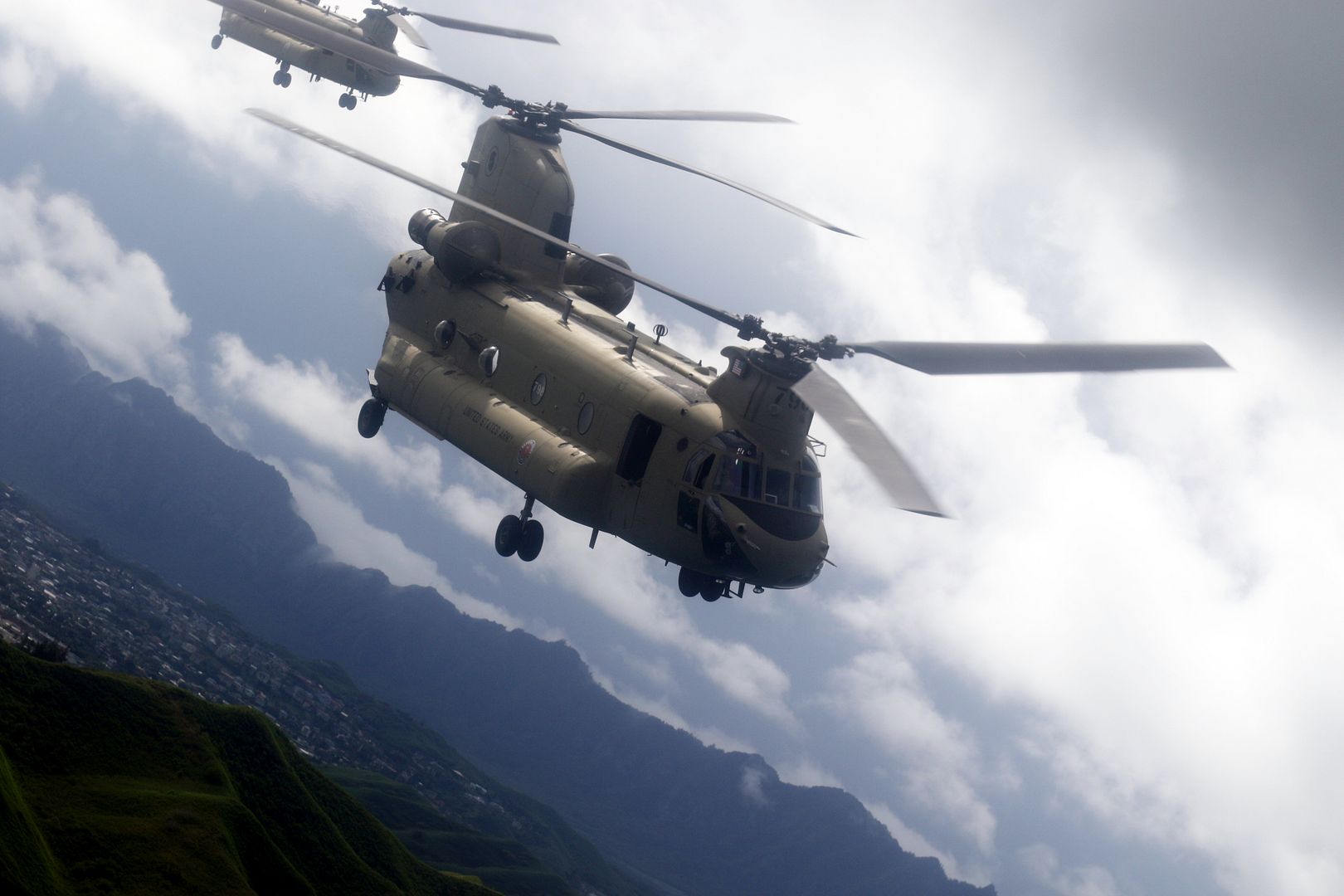
A C-130J Super Hercules touches down at Yokota Air Base, Japan, March 6, 2017. This is the first C-130J to be assigned to Pacific Air Forces. Yokota serves as the primary Western Pacific airlift hub for U.S. Air Force peacetime and contingency operations. Missions include tactical air land, airdrop, aeromedical evacuation, special operations and distinguished visitor airlift. (U.S. Air Force photo by Yasuo Osakabe)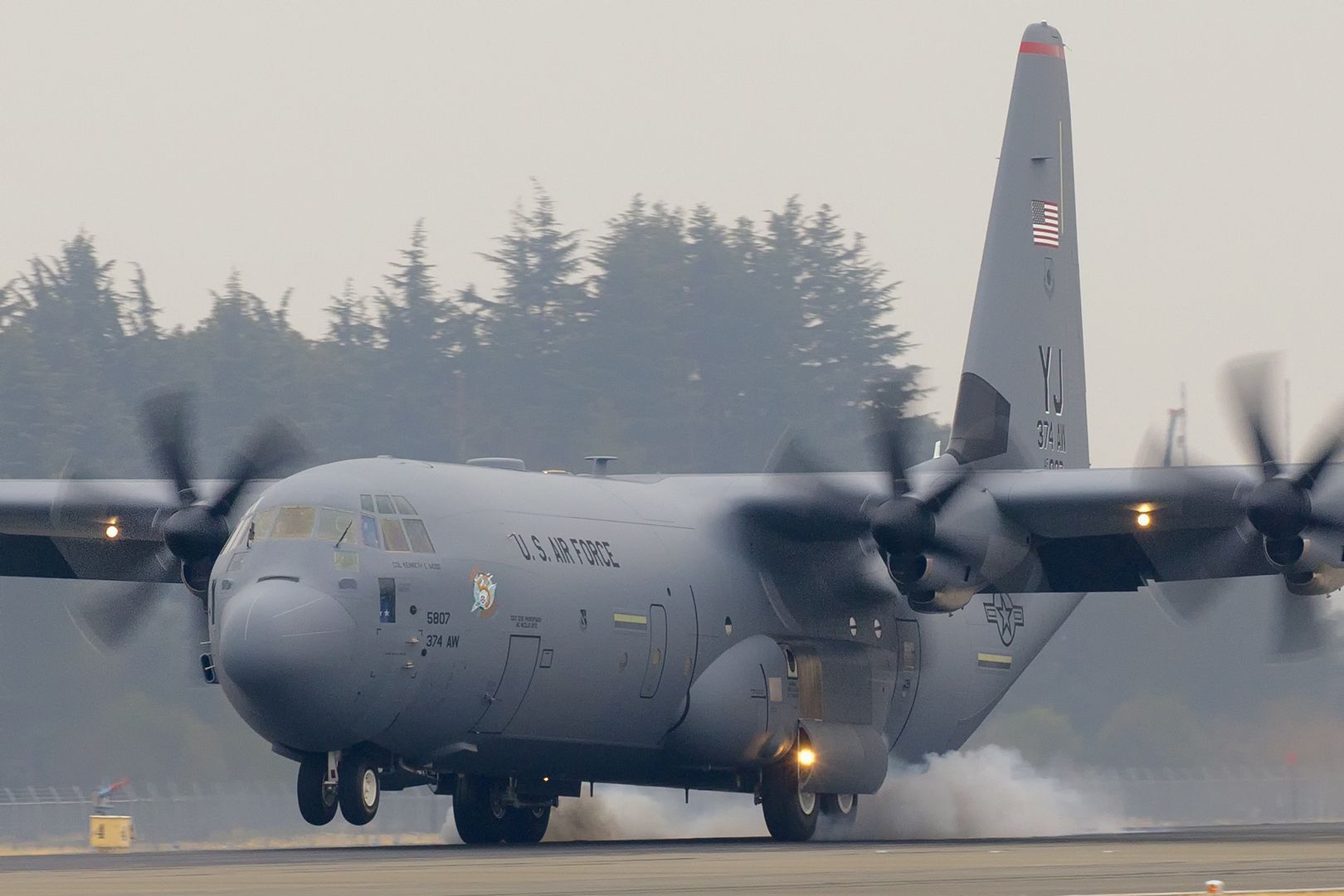
March 6, 2017 Montr?al Business Aircraft, Press Release
Bombardier Business Aircraft announced today that the Global 7000 and Global 8000 aircraft program?s second flight test vehicle (FTV2) completed its initial flight. This milestone further confirms that the program?s development is progressing well and that the Global 7000 aircraft is on track to enter into service in the second half of 2018.
FTV2, named, ?The Powerhouse,? is designed to test aircraft systems, including propulsion, electrical and mechanical systems, all of which were fully functional during the 4 hour, 28 minute flight.
Captain Jeff Karnes, assisted by his co-pilot, J.R. Marcolesco and Flight Test Engineer Ben Povall took off from Bombardier?s Toronto facility at 10:50 a.m. EST on Saturday. The initial flight also tested the aircraft?s performance at high altitude, with FTV2 climbing to 43,000 feet (13,106.4 metres), as expected.
?The successful flight of the first flight test vehicle (FTV1) in November 2016 paved the way to the smooth flight of FTV2 this past weekend,? said Michel Ouellette, Senior Vice President, Global 7000 and Global 8000 Program. ?We are focused on meeting the program?s development and certification schedule and, once again, we have demonstrated our ability to deliver results through the hard work and dedication of the highly skilled teams working on the program."
?We now have a flight test vehicle dedicated to testing the aircraft?s systems. Data from FTV2 will supplement the successful results we have already obtained from test rigs, including the Integrated Systems Test and Certification Rig (ISCTR) and, from the extensive flight testing of FTV1 to date,? said Francois Caza, Vice President, Product Development and Chief Engineer, Bombardier. ?We are on track with our test program and are very pleased with the progression and performance of our flight test vehicles to date. The dedication and collaboration our teams have shown were critical in achieving this significant milestone?, he added.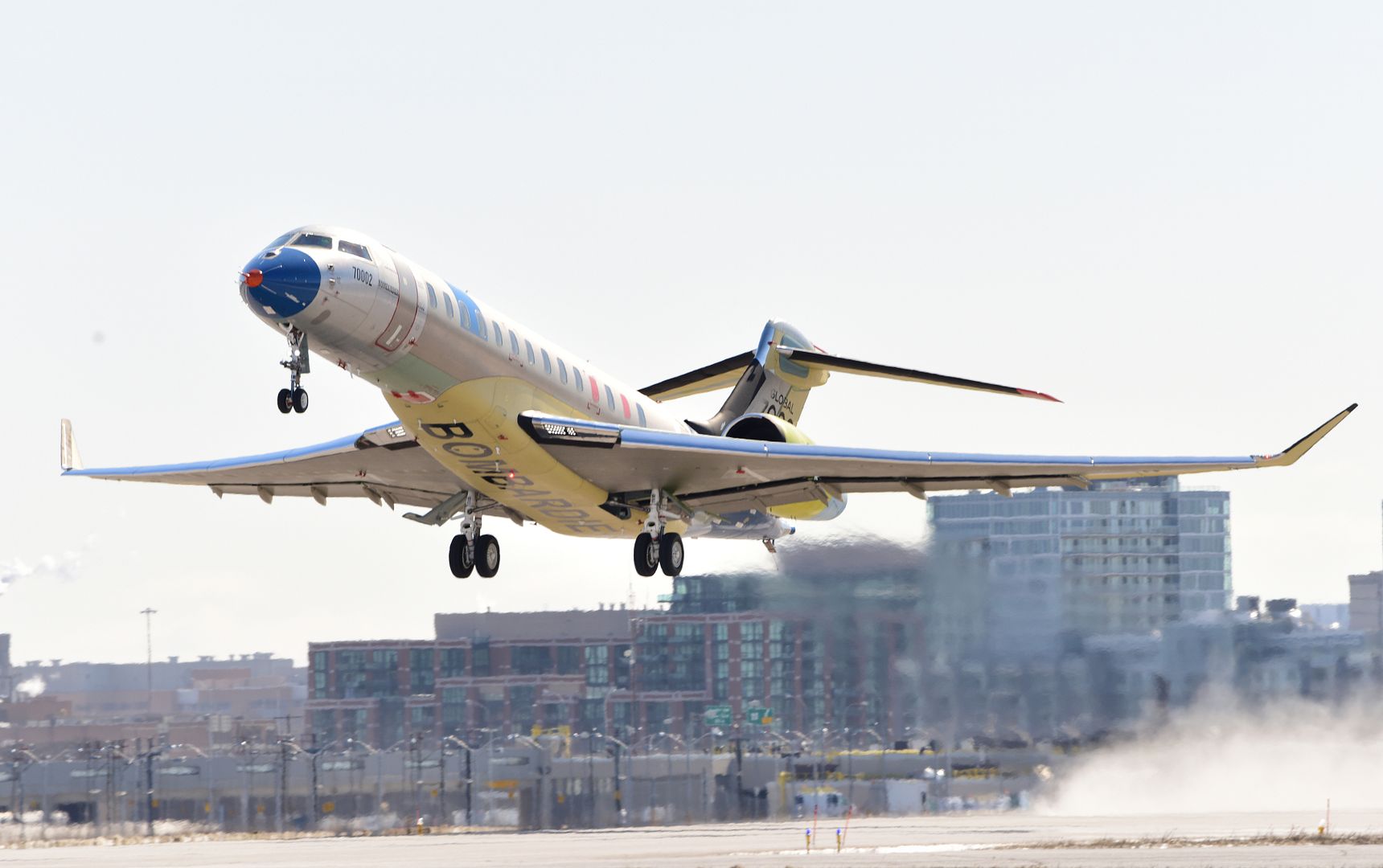
About the Global 7000 aircraft
The Global 7000 business jet is uniquely designed from the inside out to deliver a cabin experience like no other. The industry?s only business jet with four living spaces and a dedicated crew rest area, the Global 7000 aircraft offers unparalleled comfort and interior design flexibility that will set the standard for a new category of large business jets.
The advanced wing design on the Global 7000 aircraft was conceived to optimize speed, range and control for an exceptionally smooth ride, steep approach capability and short field performance. With access to airports such as London City, the Global 7000 gets you closer to your final destination more efficiently.
The Global 7000 business aircraft will connect London to Singapore, Dubai to New York City, or Sydney to San Francisco non-stop,* and feature a maximum operating speed of M 0.925.* Passengers flying on the Global 7000 business jet will experience an impressive long-range capability of 7,400 NM (13,705 km) at M 0.85 with eight passengers.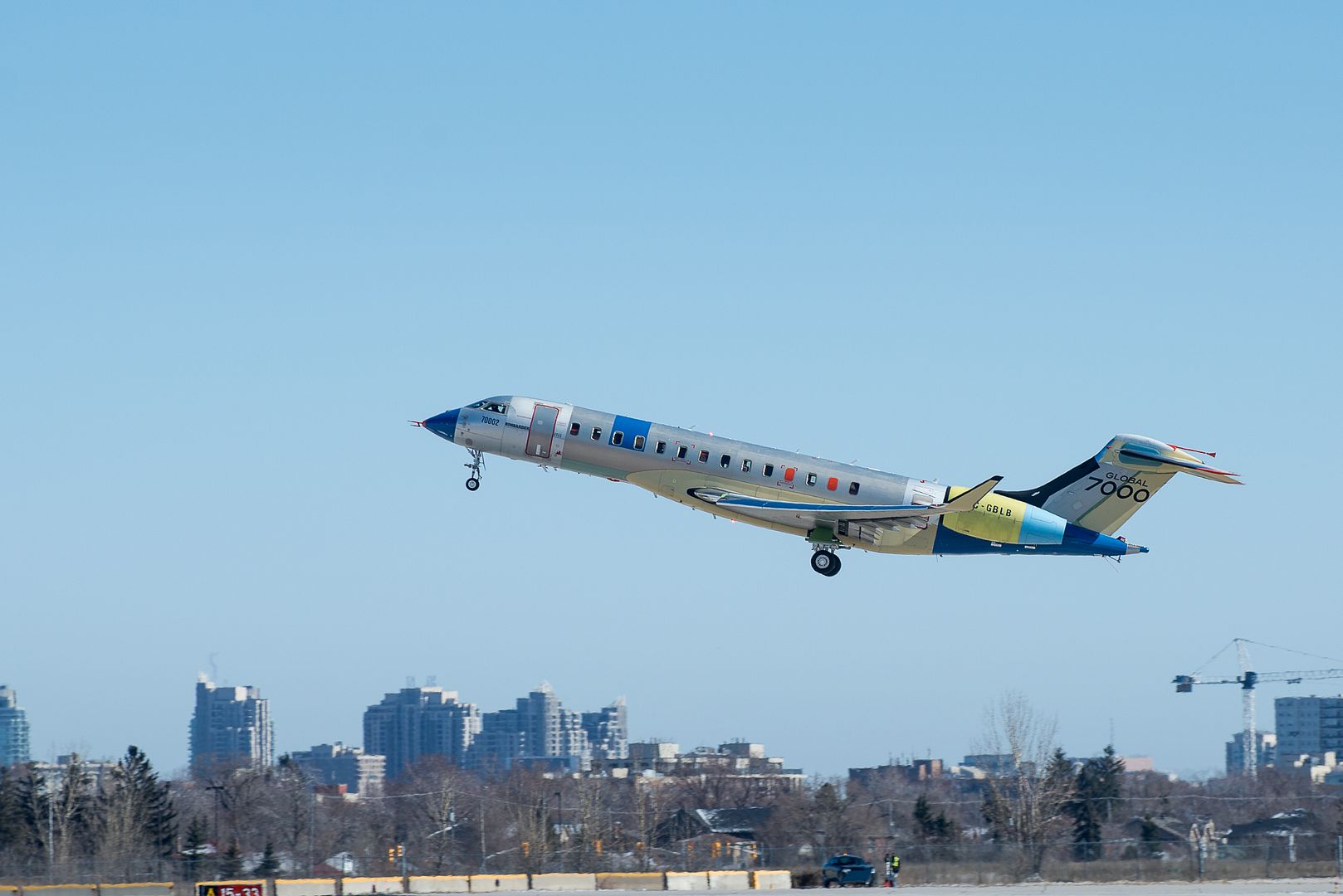
-
 Main AdminA crew chief maintains contact with the flight crew of a 305th Air Mobility Wing KC-10 Extender at the Combat Readiness Training Center at Gulfport, Miss., in support of Crisis Response '17 March 6, 2017. Close to 700 Air Mobility Command Airmen with the 514th Air Mobility Wing, the 305th Air Mobility Wing, the 87th Air Base Wing, and the 621st Contingency Response Wing are participating in the mobilization exercise. (U.S. Air Force photo by Master Sgt. Mark C. Olsen/Released)
Main AdminA crew chief maintains contact with the flight crew of a 305th Air Mobility Wing KC-10 Extender at the Combat Readiness Training Center at Gulfport, Miss., in support of Crisis Response '17 March 6, 2017. Close to 700 Air Mobility Command Airmen with the 514th Air Mobility Wing, the 305th Air Mobility Wing, the 87th Air Base Wing, and the 621st Contingency Response Wing are participating in the mobilization exercise. (U.S. Air Force photo by Master Sgt. Mark C. Olsen/Released)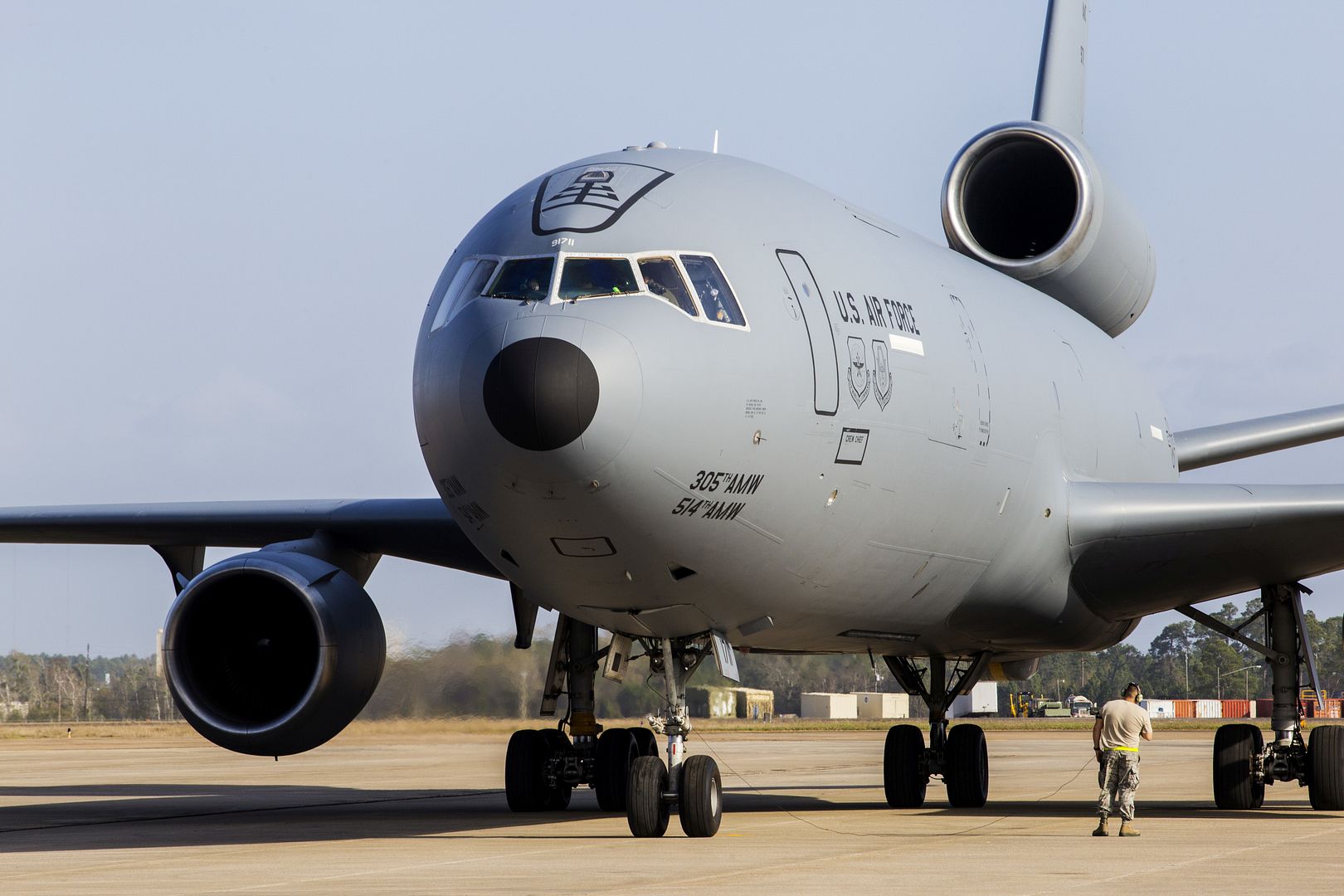
Marignane, France ? Airbus Helicopters will be highlighting its wide range of products and services at this year?s Heli-Expo, 7- 9 March at the Kay Bailey Hutchison Convention Center in Dallas, TX, with a lineup of three of its best-selling aircraft, including the H130 in a VIP configuration; the H145 in a public services configuration and the recently certified H135 equipped with the state-of-the-art Helionix digital avionics suite. This H135 will embark on a demo tour of the U.S. and Mexico after the show.
?We are proud to showcase these hardworking helicopters as they have confirmed their positions as market leaders despite the challenges faced by the industry last year? said Airbus Helicopters CEO Guillaume Faury. ?We are committed to providing our customers with rotorcraft that meet their needs in terms of safety, quality and competitiveness and we continue to innovate in that direction. Digitalising our support and services sector, developing new aircraft such as the H160, and adding features like Helionix to best-sellers such as the H135 are all examples of what we do best,? he added.
Show-goers can try out the H160 experience and take a look at the H160?s VIP, oil and gas, and EMS configurations more closely with an interactive virtual reality and 360? presentation.
The company?s show display also includes HCare Customer Services counters aimed at presenting Airbus Helicopters? commitment to supporting their customers in every aspect ? training and flight operations, maintenance and upgrades, technical support, fleet management, material management, and mission preparation.
Airbus Helicopters confirmed its position as leader on the civil market in North America in 2016, taking 73 per cent of new helicopter bookings and attracting new first-time customers. ?Our goal at Heli-Expo is to show our customers what we do best: design, produce, and deliver high performing and cost effective helicopters perfectly adapted to their missions?, said Chris Emerson, President of Airbus Helicopters, Inc. and Head of North America Region. ?We?re excited to showcase helicopters such as the H145, a flexible, high performance and maintenance friendly helicopter that is proving to be popular. The Las Vegas Metro Police Department?s new H145, the first H145 for Law Enforcement in North America, will be on display,? Emerson added.
Be sure to follow Airbus Helicopters for all the news and events throughout the show:
www.airbushelicopters.com
Twitter: @AirbusHC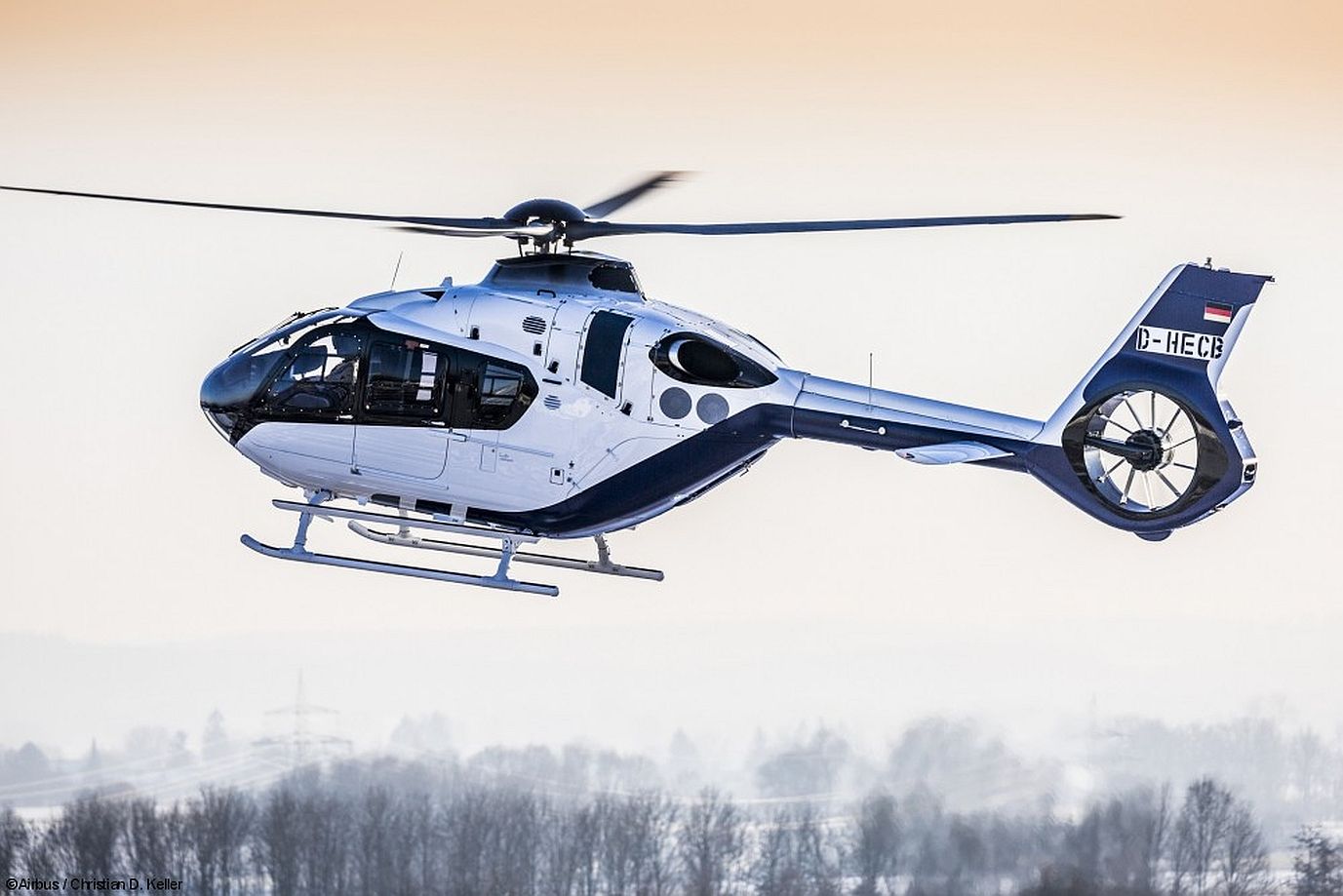
-
 Main AdminPATRICK AIR FORCE BASE, Fla. (AFNS) -- After more than 50 years of faithful service and rescue missions spanning the globe, King 52, the first HC-130P/N configured for Air Force rescue in 1964, retired March 6, 2017.
Main AdminPATRICK AIR FORCE BASE, Fla. (AFNS) -- After more than 50 years of faithful service and rescue missions spanning the globe, King 52, the first HC-130P/N configured for Air Force rescue in 1964, retired March 6, 2017.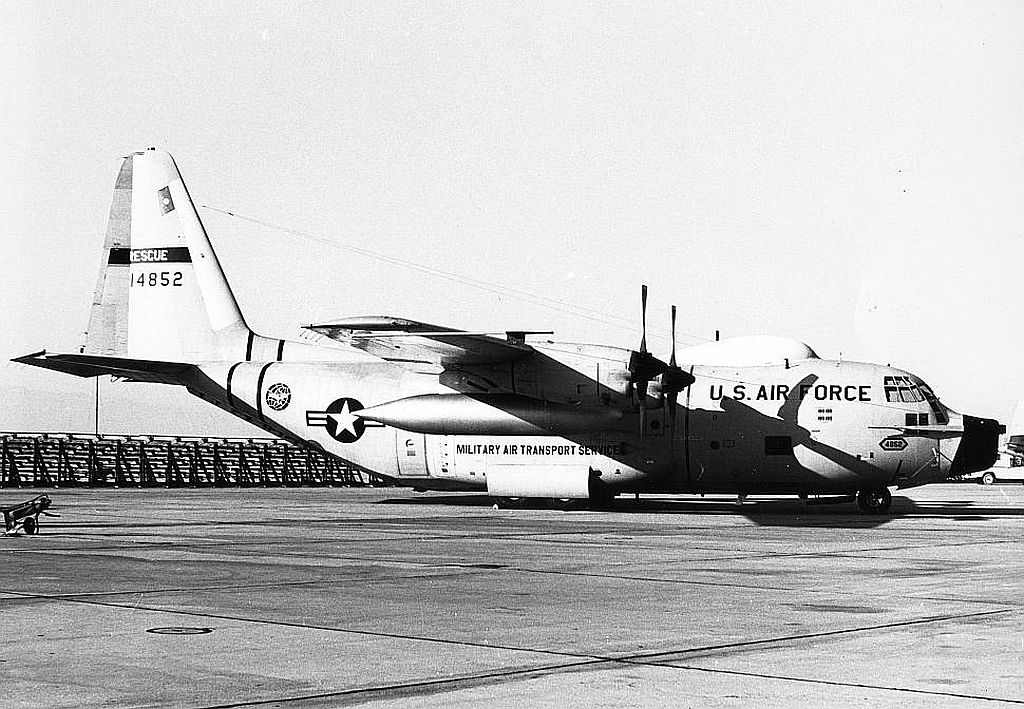
Accompanied by its 920th Rescue Wing dedicated crew chiefs and a nostalgic aircrew, the aircraft, tail number 4852, heads to Davis-Monthan Air Force Base, Arizona, from Patrick AFB, Florida, where it has been stationed since mid-2015.
?It was about to retire when we acquired it from Moody Air Force Base,(Georgia),? said Tech. Sgt. Norberto Nieves, a 720th Aircraft Maintenance Squadron expeditor and former crew chief to King 52. ?It was a work horse; that?s for sure.?
?It?s sad to see it go,? the San Juan, Puerto Rico, native continued. ?As crew chiefs, we dedicate a lot of time, sweat, and sometimes blood to these aircraft. They become a part of us.?
Tech. Sgt. Matthew White, a 720th AMXS King 52?s dedicated crew chief, said while the aircraft was out of commission with a major maintenance issue for a good portion of the time he had it, he?s still upset to see it retire.
?Like Nieves said, these aircraft become a part of you and it?s tough to see something you?ve worked so hard on go into retirement,? said White, a Spokane, Washington, native. ?The most rewarding part of being a dedicated crew chief is seeing the aircraft you spent so many hours on takeoff and come back home safe and sound.?
During its time at Patrick AFB, King 52 flew local training missions as well as missions to Key West, Florida, and across the country to Davis-Monthan AFB.
Maj. Nick Philpitt, the 920th Rescue Wing Inspector General Inspections chief and an HC-130 navigator, said he flew King 52 a handful of times and is honored to be part of the aircraft?s final flight.
?I haven't flown a lot of missions with #52; however, it is somewhat sentimental to be flying her to retirement denoting it's the end of an era,? said Philpitt, an Orlando, Florida, native. ?Like a classic car that you've owned and driven, an airplane become(s) an extension of you. Putting it to bed for the last time is moving."
King 52's career ends with the Air Force Materiel Command?s 309th Aerospace Maintenance and Regeneration Group, where it will be stored in the ?boneyard? with other retired military and government aircraft.
As for the 920th RQW?s HC-130P/N maintenance crews, they continue to work hard at home and abroad ensuring the fleet is rescue-ready.
The HC-130P/N is the only dedicated fixed-wing combat search and rescue platform in the Air Force inventory.
The mission of the HC-130P/N "King" is to rapidly deploy to austere airfields and denied territory in order to execute, all weather personnel recovery operations anytime, anywhere. King crews routinely perform high and low altitude personnel and equipment airdrops, infiltration/exfiltration of personnel, helicopter air-to-air refueling, and forward area refueling point missions. When tasked, the aircraft also conducts humanitarian assistance operations, disaster response, security cooperation/aviation advisory, emergency aeromedical evacuation, casualty evacuation, and noncombatant evacuation operations.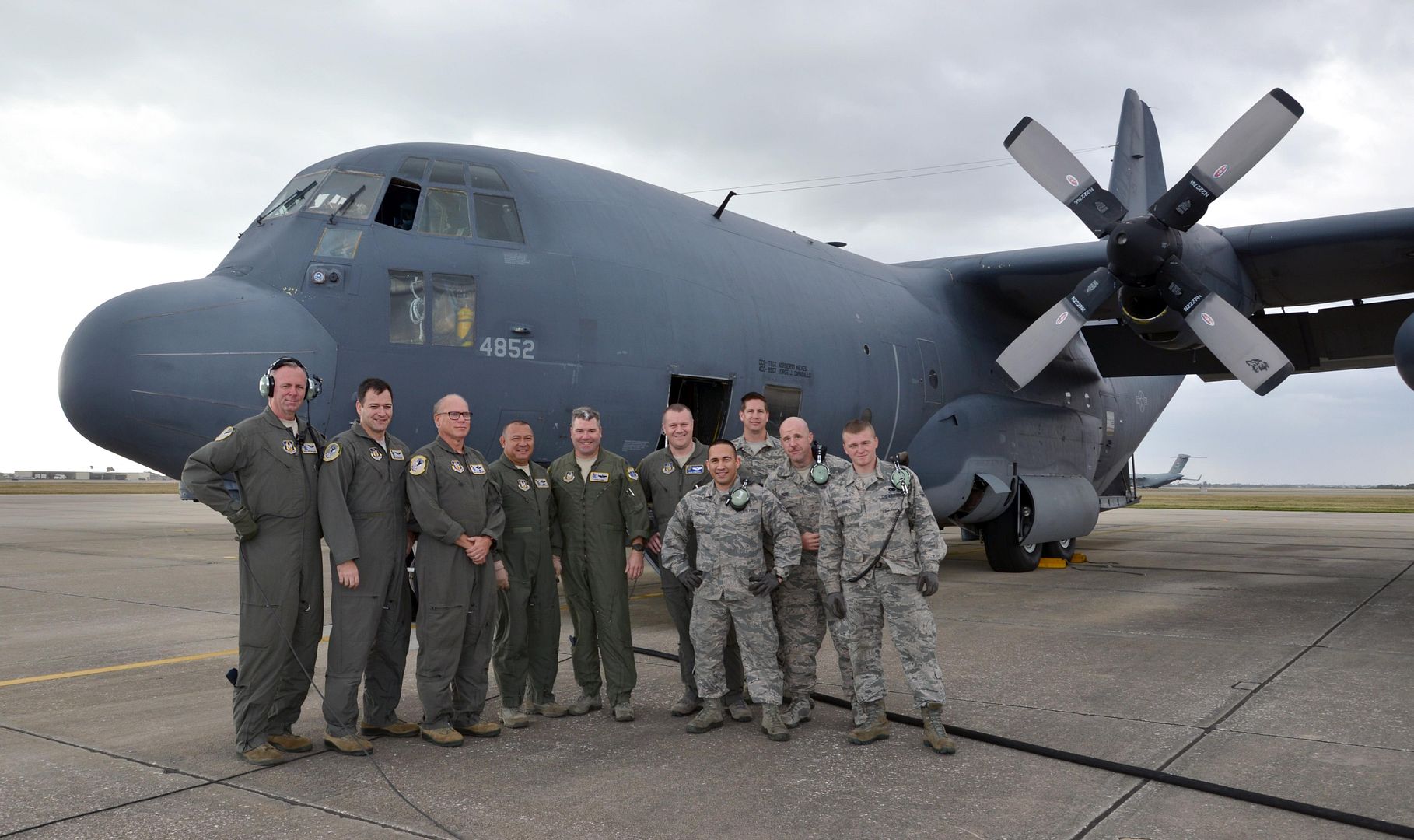
A U.S. Army UH-60 Black Hawk sits on the flightline during Emerald Warrior 17 at Hurlburt Field, Fla., March 6, 2017. Emerald Warrior is a U.S. Special Operations Command exercise during which joint special operations forces train to respond to various threats across the spectrum of conflict. (U.S. Air Force photo by Staff Sgt. Corey Hook)
MISAWA, Japan (Mar. 8, 2017) Sailors from Patrol Squadron (VP) 10, deployed to Misawa Airbase, conduct a tour of the P-8A Poseidon patrol and reconnaissance aircraft for members of the Japanese Air Self-Defense Force. (U.S. Navy Photo by Mass Communication Specialist 2nd Class Samuel Weldin/Released)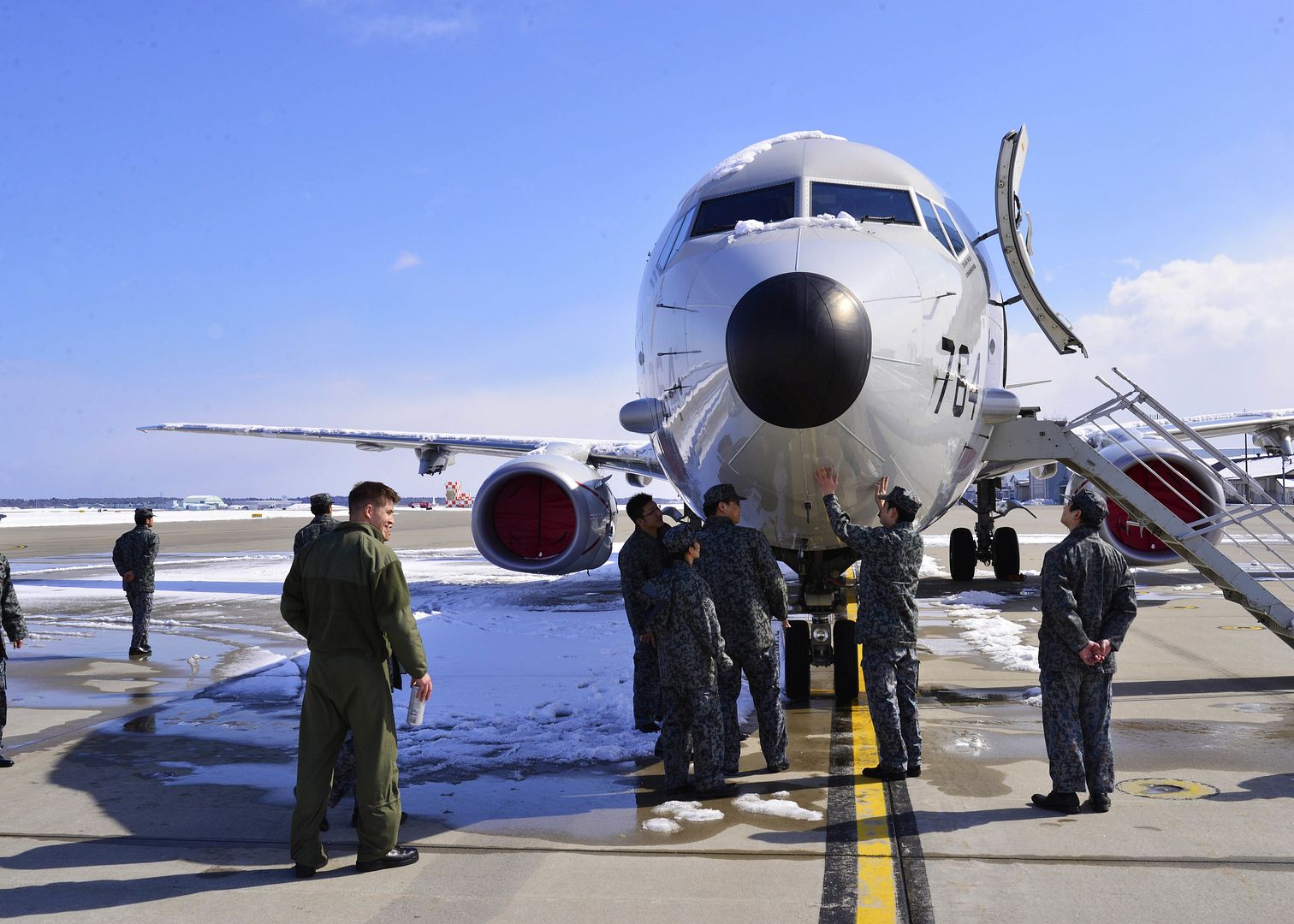
JOINT BASE PEARL HARBOR-HICKAM, Hawaii --
Air and ground units from the United States, the Kingdom of Thailand, and the Republic of Singapore will participate in the Cope Tiger 2017 exercise in Thailand March 20-31, 2017.
Cope Tiger is an annual, multilateral aerial exercise aimed at improving combat readiness and multi-national interoperability between the Republic of Singapore Air Force, Royal Thai Air Force, and U.S. Air Force, while concurrently enhancing the strong defense relations among the three countries.
In addition, the trilateral Civic Assistance programs conducted during CT17 help promote good relationships between the three countries' forces and Thai communities near Korat Royal Thai Air Force Base.
The annual Cope Tiger exercise series demonstrates the U.S. commitment to the region and to addressing regional security challenges and ensuring freedom of the seas through multilateral collaboration.
Approximately 220 U.S. personnel will participate in the exercise along with approximately 1,000 service members from Thailand and Singapore. The multilateral exercise will involve a combined total of 76 aircraft and 43 air defense assets from the three participating countries.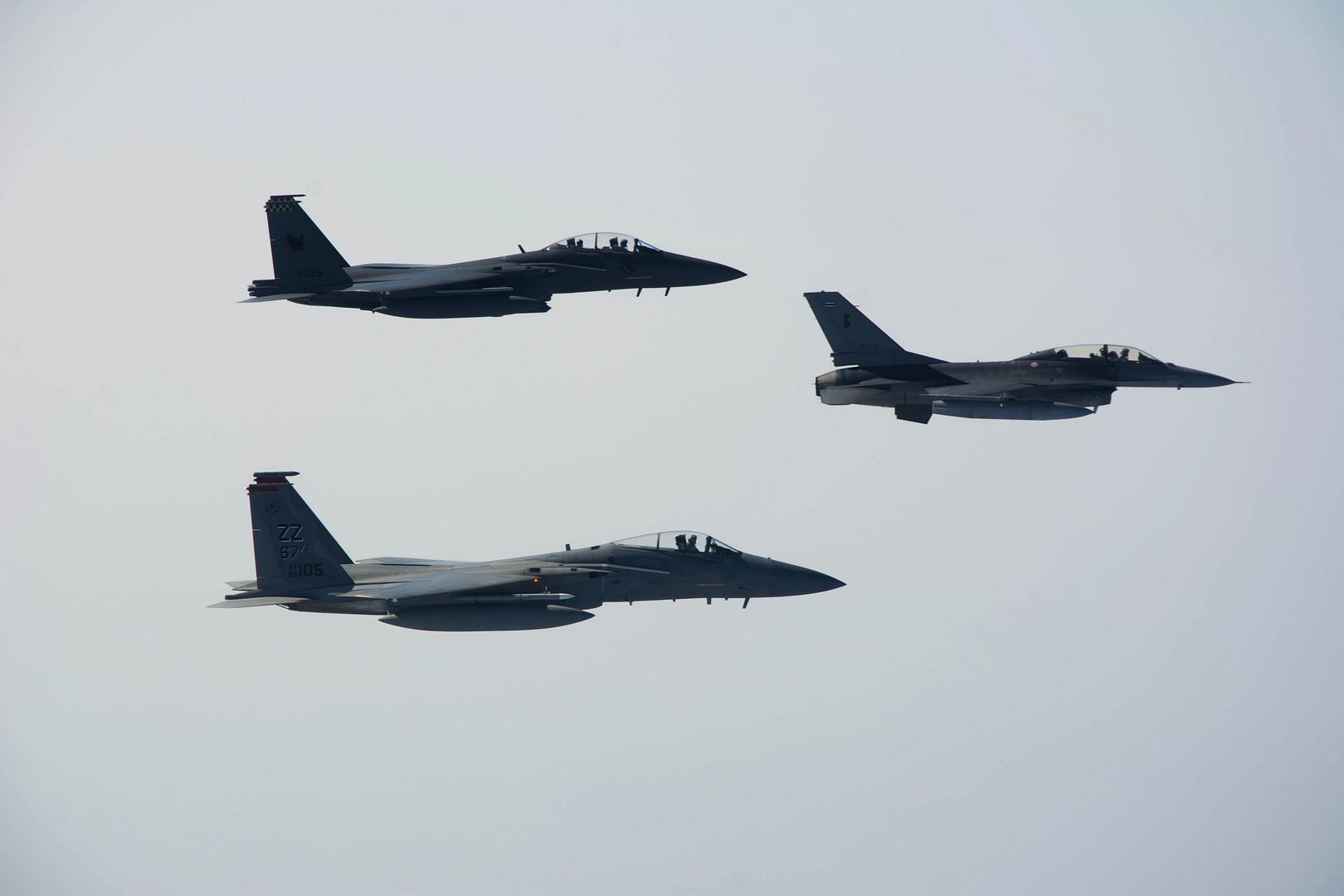
SOUTH CHINA SEA (March, 6, 2017)
The "Blue Blasters" of Strike Fighter Squadron (VFA) 34 hold a change of command in two F/A-18C Hornets above the South China Sea. VFA-34 is deployed with the Carl Vinson Carrier Strike Group, which is on a western Pacific deployment as part of the U.S. Pacific Fleet-led initiative to extend the command and control functions of U.S. 3rd Fleet. U.S. Navy photo by Mass Communication Specialist 3rd Class Matt Brown (Released)
DALLAS, March 7, 2017 /PRNewswire/ -- Sikorsky, PHI Inc. and Outerlink Global Solutions, a Metro Aviation company, today announced that the S-92? helicopter has demonstrated the ability to transmit in-flight, real-time Health and Usage Monitoring Systems (HUMS) data to PHI's operations control center. The announcement came at the 2017 Helicopter Association International Heli-Expo show. Sikorsky is a Lockheed Martin company (NYSE: LMT).
With this new capability, PHI operators can view, assess and track important aircraft health data and provide additional information to aircraft crew and ground support teams to enhance operational and maintenance decisions. Implemented with an open architecture-based system solution, connectivity with additional existing global satellite networks is intended to support the global S-92 fleet.
"Safety is our top priority at Sikorsky," said Sikorsky's Vice President for Commercial Systems & Services, Dana Fiatarone. "Developing this directly with our long-time customer and operator, PHI, while employing Metro Aviation's technology, allows us to ensure we are meeting our customers' needs and furthering safety of rotorcraft flight."
"PHI believes this technology is a real step forward, and we are honored to have partnered with Sikorsky and Metro Aviation to help bring this new advancement in safety to our industry," said Lance Bospflug, Chief Operating Officer, PHI, Inc. "This new solution enhances flight crew decision making and improves support from the Operations Control Center by providing both with real-time aircraft health information."
"We are bringing revolutionary technology to our industry," said Metro Aviation President Mike Stanberry. "We now have the ability to predict events by analyzing historical data in real-time. That innovation helps operators more efficiently run their fleet and could very well be lifesaving."
Sikorsky and PHI have done business for more than 60 years. The PHI fleet currently features 70 commercial Sikorsky aircraft throughout the world.
Since 2004, Sikorsky has delivered more than 275 S-92 helicopters, predominantly to operators serving the worldwide offshore oil and gas industry. For additional information, visit: Sikorsky Commercial Systems & Services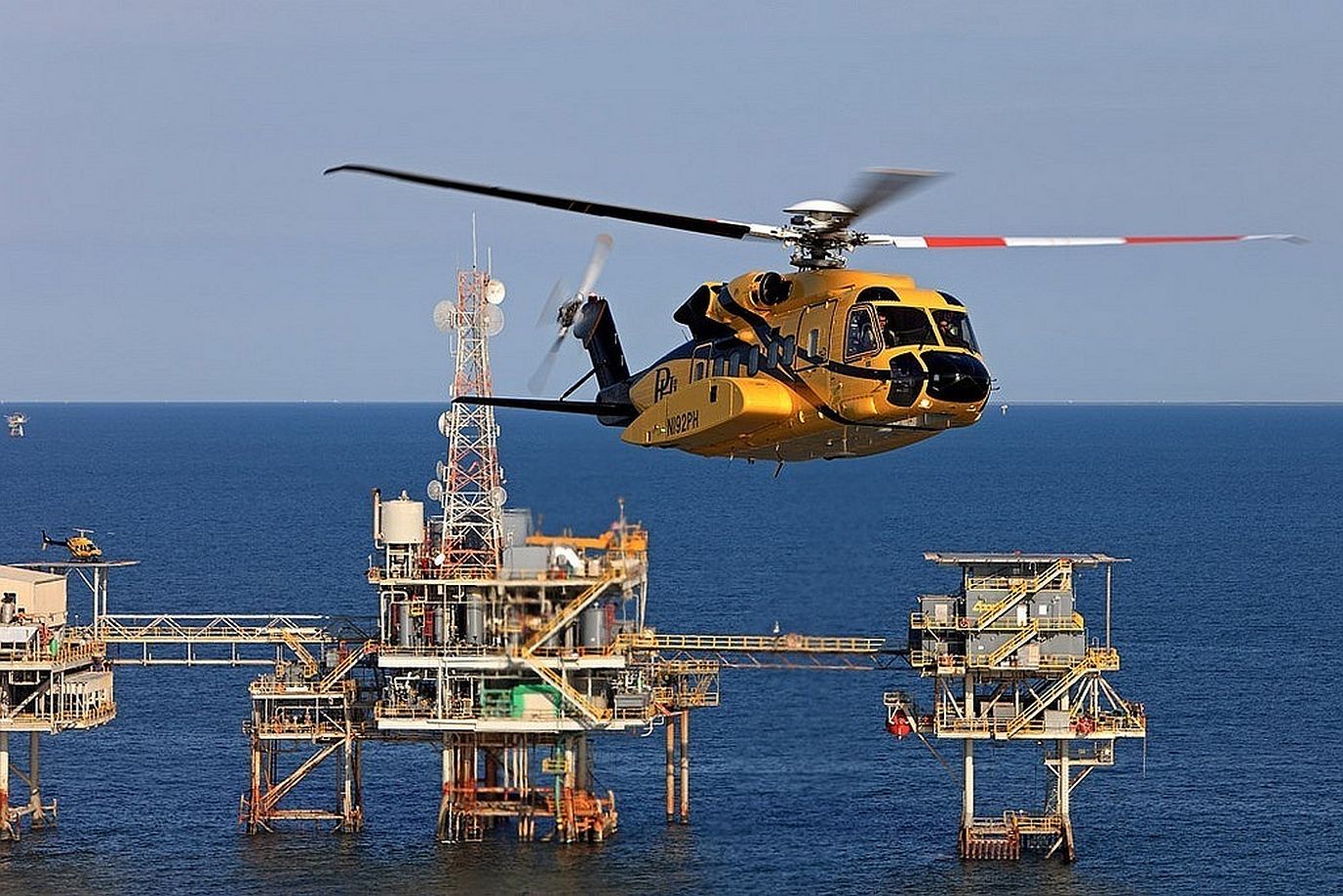
RENTON, Wash., March 7, 2017 /PRNewswire/ -- Boeing (NYSE: BA) marked a milestone today as the first 737 MAX 9 made its debut in front of thousands of Boeing employees.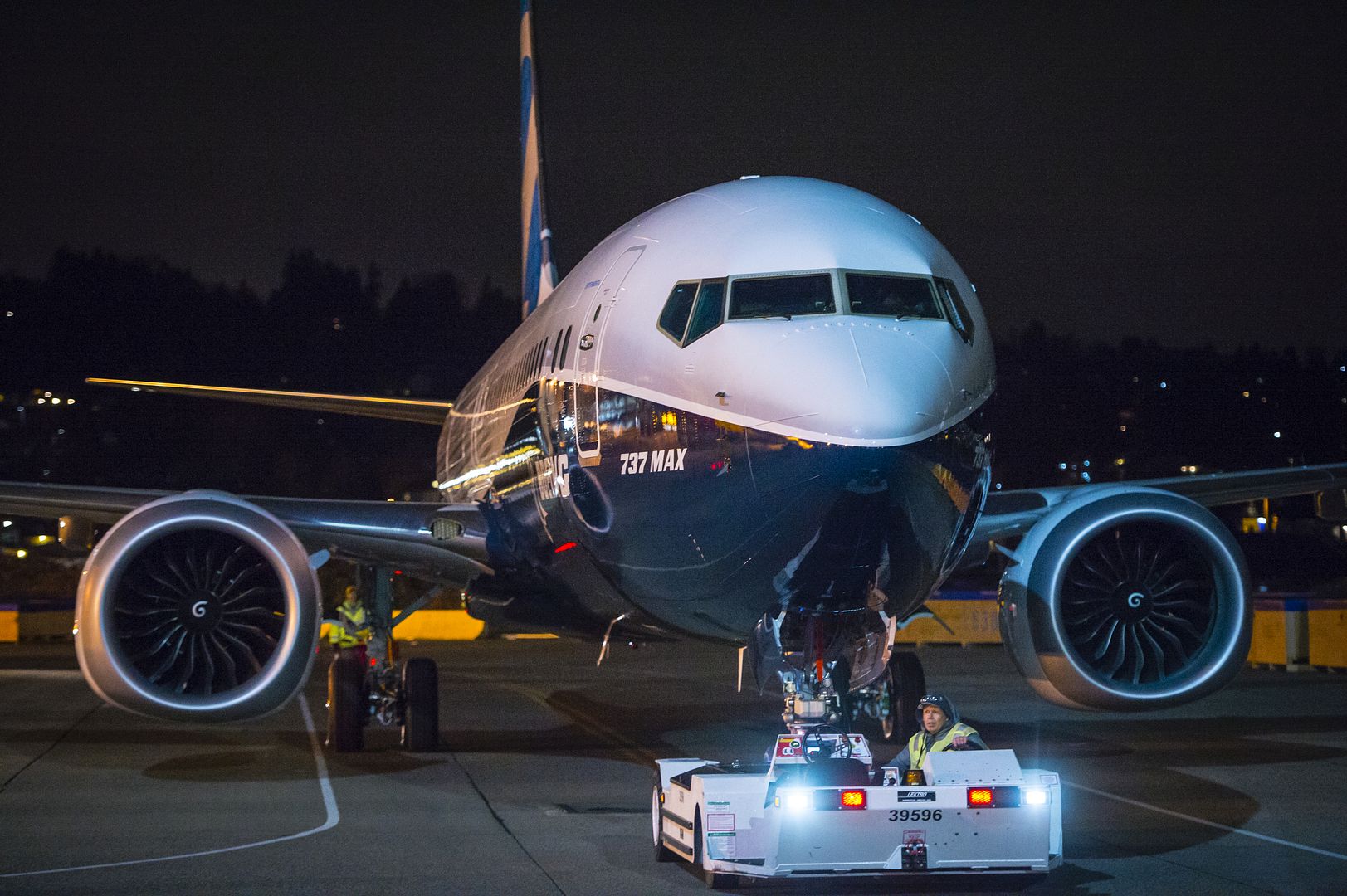
The 737 MAX 9 is the second member of Boeing's industry leading 737 MAX family, with a maximum capacity of 220 passengers and a range of 3,515 nautical miles.
The airplane now begins system checks, fueling and engine runs on the flight line. Once completed, the airplane will begin flight testing in the coming weeks ? the final phase of verification of the operational characteristics and overall performance of a new airplane.
"The 737 MAX team continues to do a fantastic job getting us to these important milestones right on schedule," said Keith Leverkuhn, vice president and general manager of the 737 MAX program, Boeing Commercial Airplanes. "Our primary focus is delivering an aircraft that has the legendary reliability our 737 customers depend on, plus the optimized flexibility and range capability they desire."
The 737 MAX 9 is scheduled to enter service in 2018. The 737 MAX 8 is on track to deliver to customers in the second quarter of 2017.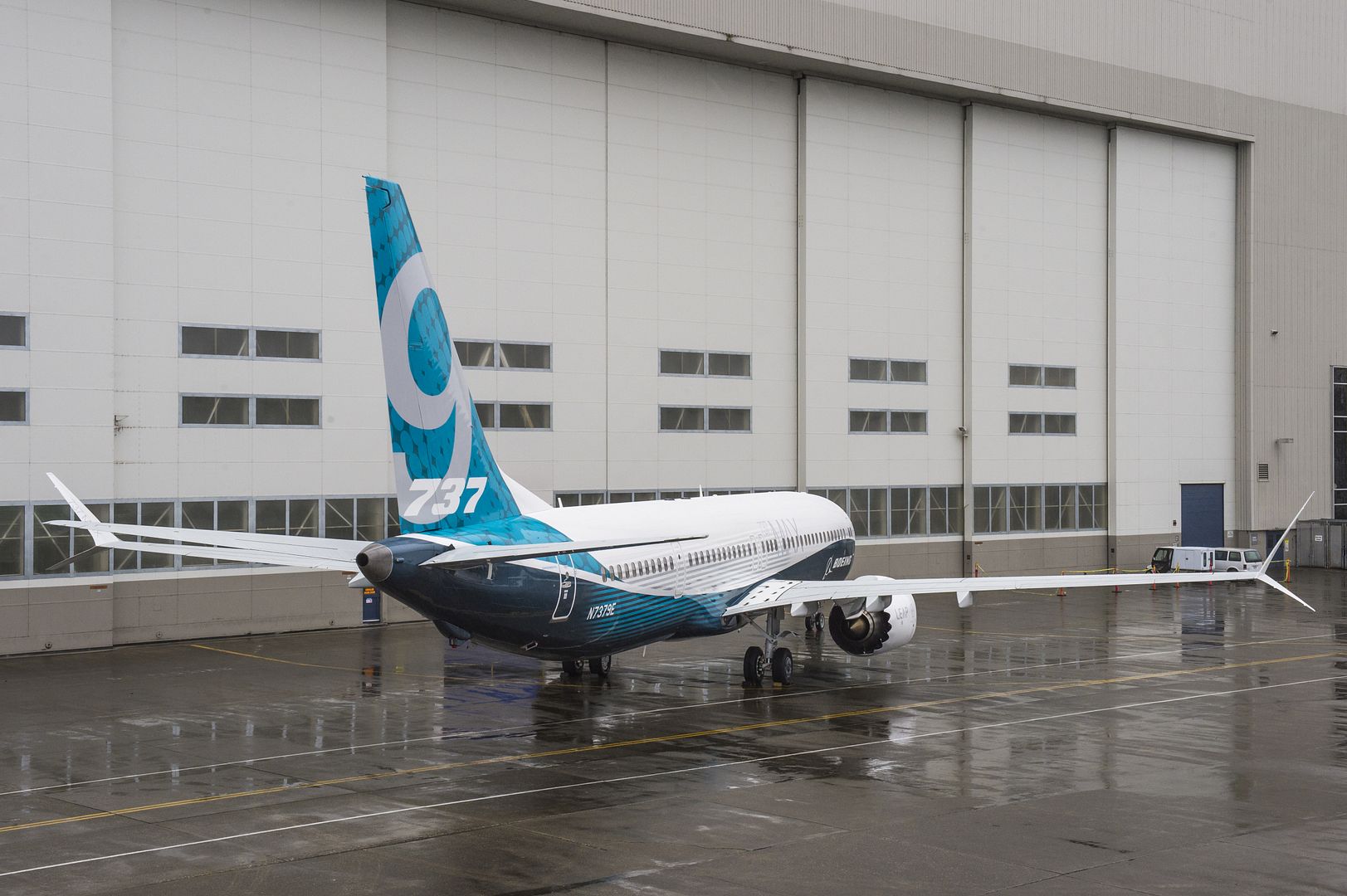
The 737 MAX family has been designed to offer customers exceptional performance, flexibility and efficiency, with lower per-seat costs and an extended range that will open up new destinations in the single-aisle market. The MAX 8 and 9 will be followed in 2019 by the smaller MAX 7 and higher capacity MAX 200, while studies and discussions continue with customers on growing the family.
The 737 MAX is the fastest-selling airplane in Boeing history, accumulating more than 3,600 orders to date from 83 customers worldwide.
S?o Jos? dos Campos, SP - March 7, 2017 ? In a ceremony held today at the Company's facilities in S?o Jos? dos Campos, Embraer presented the largest aircraft of the second generation of the E2-Jets family, the most efficient aircraft in the single aisle jet market: the E195-E2. With the first flight scheduled for the coming months, the jet is expected to enter into service in the first half of 2019.
?The E195-E2 has the potential to significantly change the fleet profile of airlines around the world. With a 20% lower cost per trip and a cost per seat similar to larger aircraft, the E195-E2 becomes the ideal aircraft for regional business growth as well as low-cost business plans and complementing existing mainline fleets? said John Slattery, President & CEO, Embraer Commercial Aviation.
The E195-E2 has three additional rows of seats, when compared to the current generation E195, and it can be configured with 120 seats in two classes of service, or up to 146 in a single class. The aircraft also has a significant increase in range of 450 nautical miles, which allows trips of up to 2,450 nautical miles.
The aircraft has a dedicated wing, with the highest aspect ratio among single-aisle jets, increasing fuel efficiency. In addition to a more balanced specification, Embraer applied over 17 million hours of flight experience on today's E-Jet fleet of over 1,300 units to come up with the optimal E2 design. For example, being designed with an intelligent combination of materials, the E195-E2 can carry 10% more passengers than a direct competitor and still have the same weight.
?We introduced in the proven E-Jets platform all new technologies that would add value to customers. One example is the fourth generation of fly-by-wire, which allowed a 20% reduction of the empennage area, minimizing drag and weight,? explained Lu?s Carlos Affonso, COO, Embraer Commercial Aviation. ?The airplane will save up to 24% in fuel and 20% in maintenance costs per seat, when compared to the current E195. A portion of these savings will be achieved with the new engine technology, but the greatest competitive advantage of the E195-E2 lies in the optimization of its structure and of its various systems.?
Embraer will use two aircraft for the E195-E2 certification campaign. The first prototype will be used for the aerodynamic and performance tests. The second prototype, which will also make its inaugural flight by the end of this year, will be used for the validation of maintenance tasks and of the interior.
Since its launch, the E2 program has reached 690 commitments, 275 of which are firm orders and 415 of which are options and purchase rights, from both airline customers and leasing companies. Currently, the E-Jets are operating with about 70 customers in 50 countries, being the global leader in the segment of aircraft with up to 130 seats, with over 50% market share.
With an investment of USD 1.7 billion, the E2 program was launched in June 2013 and reinforces Embraer's commitment to continuously invest in its commercial aviation products as well as maintain market leadership in the segment of 70 to 130 seats.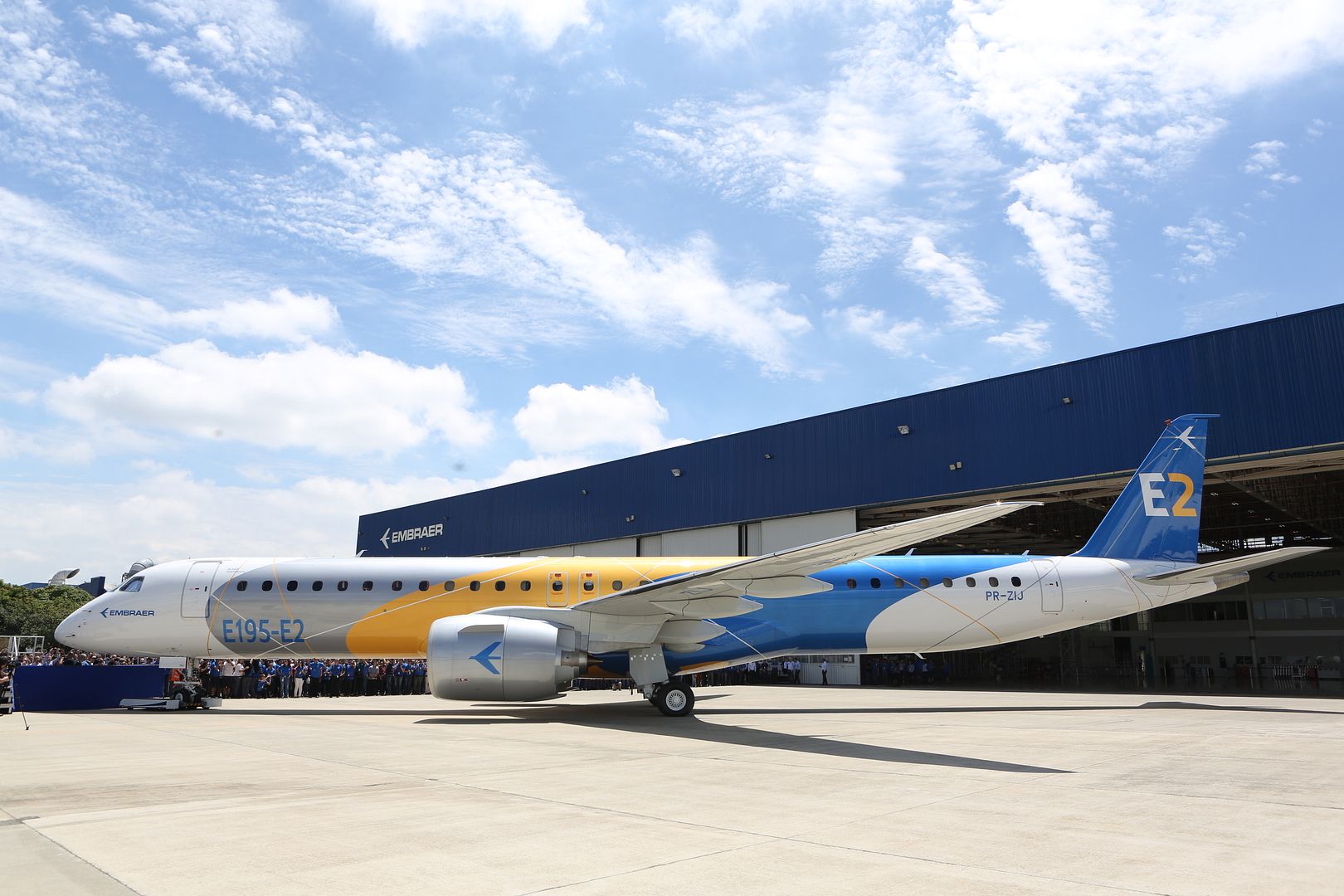
-
 Main AdminA U.S. Air Force CV-22 Osprey prepares to take-off during Emerald Warrior 17 at Avon Park, Fla., March 7, 2017. Emerald Warrior is a U.S. Special Operations Command exercise during which joint special operations forces train to respond to various threats across the spectrum of conflict. (U.S. Air Force photo by Airman 1st Class Keifer Bowes)
Main AdminA U.S. Air Force CV-22 Osprey prepares to take-off during Emerald Warrior 17 at Avon Park, Fla., March 7, 2017. Emerald Warrior is a U.S. Special Operations Command exercise during which joint special operations forces train to respond to various threats across the spectrum of conflict. (U.S. Air Force photo by Airman 1st Class Keifer Bowes)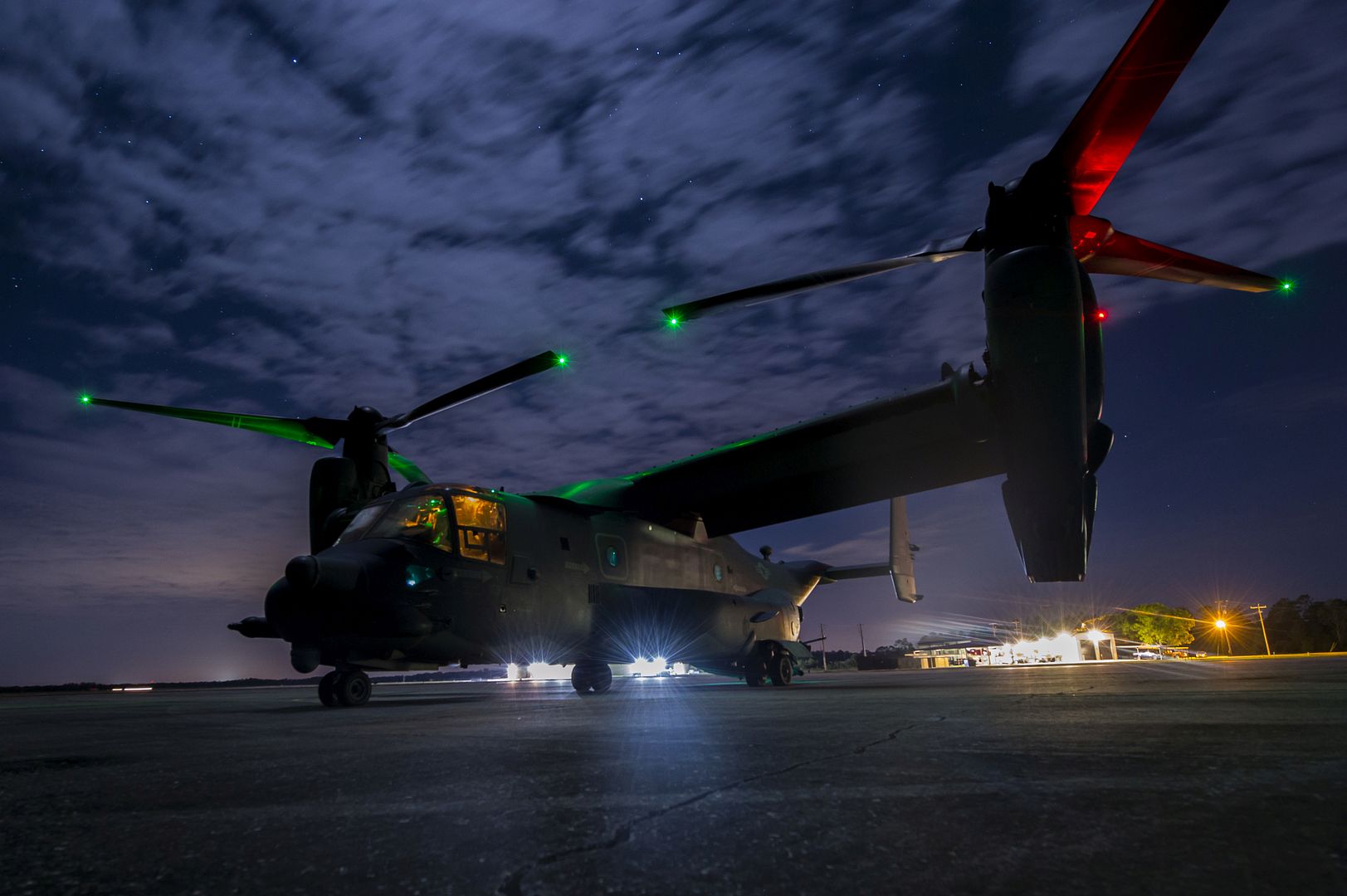
An F-22 Raptor pulls away after refueling from a KC-10 Extender from the 76th Air Refueling Squadron, 514th Air Mobility Wing, Joint Base McGuire-Dix-Lakehurst, N.J., over the Florida coast March 7, 2017. The F-22 is assigned to Tyndall Air Force Base, Fla. The 514th, in conjunction with the 305th Air Mobility Wing, the 87th Air Base Wing, and the 621st Contingency Response Wing are participating in Crisis mobilization exercise Response '17 at the Combat Readiness Training Center at Gulfport, Miss. (U.S. Air Force photo by Master Sgt. Mark C. Olsen/Released)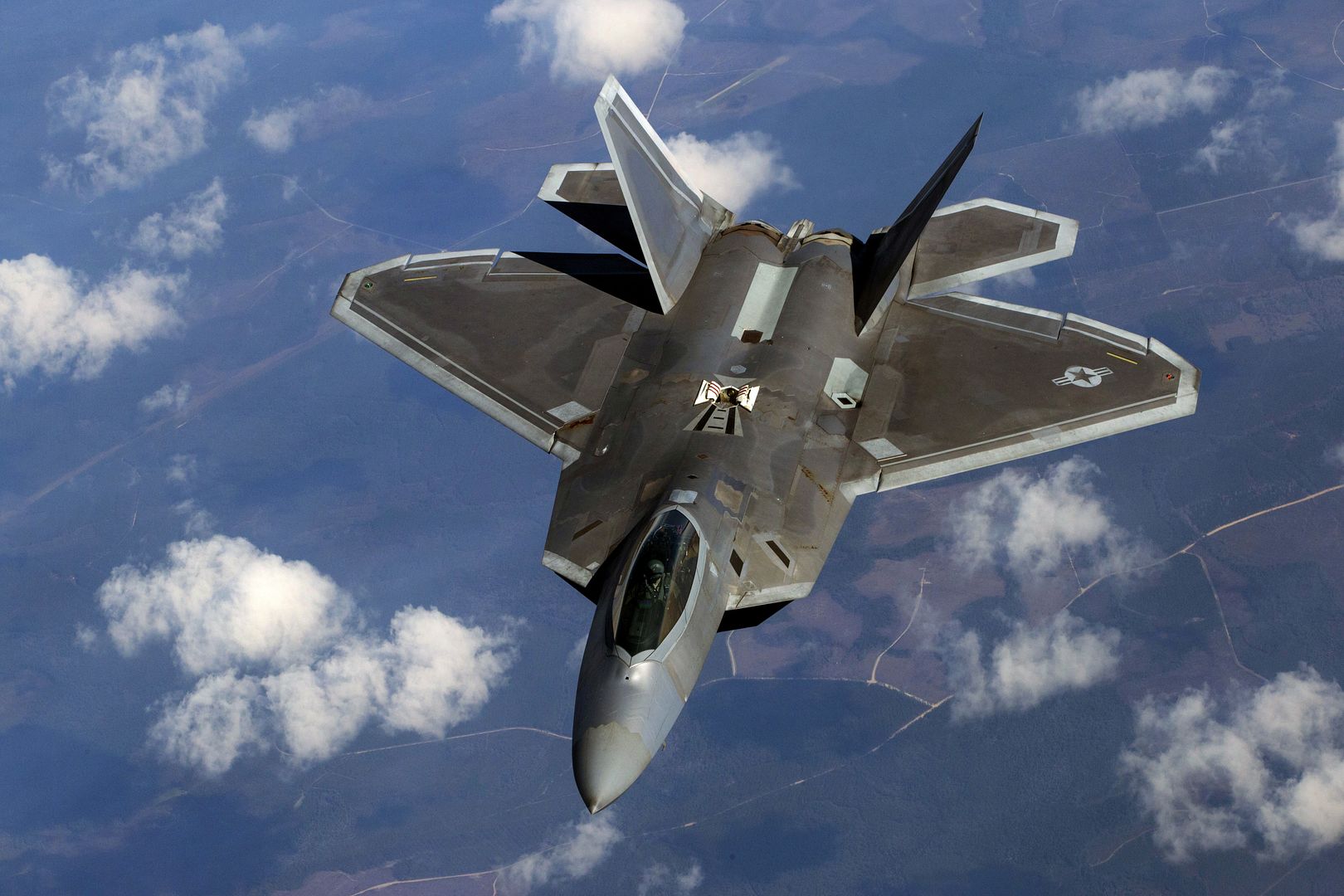
A KC-10 Extender from the 76th Air Refueling Squadron, 514th Air Mobility Wing, Joint Base McGuire-Dix-Lakehurst, N.J., refuels an F-22 Raptor over the Florida coast March 7, 2017. The F-22 is assigned to Tyndall Air Force Base, Fla. The 514th, in conjunction with the 305th Air Mobility Wing, the 87th Air Base Wing, and the 621st Contingency Response Wing are participating in Crisis mobilization exercise Response '17 at the Combat Readiness Training Center at Gulfport, Miss. (U.S. Air Force photo by Master Sgt. Mark C. Olsen/Released)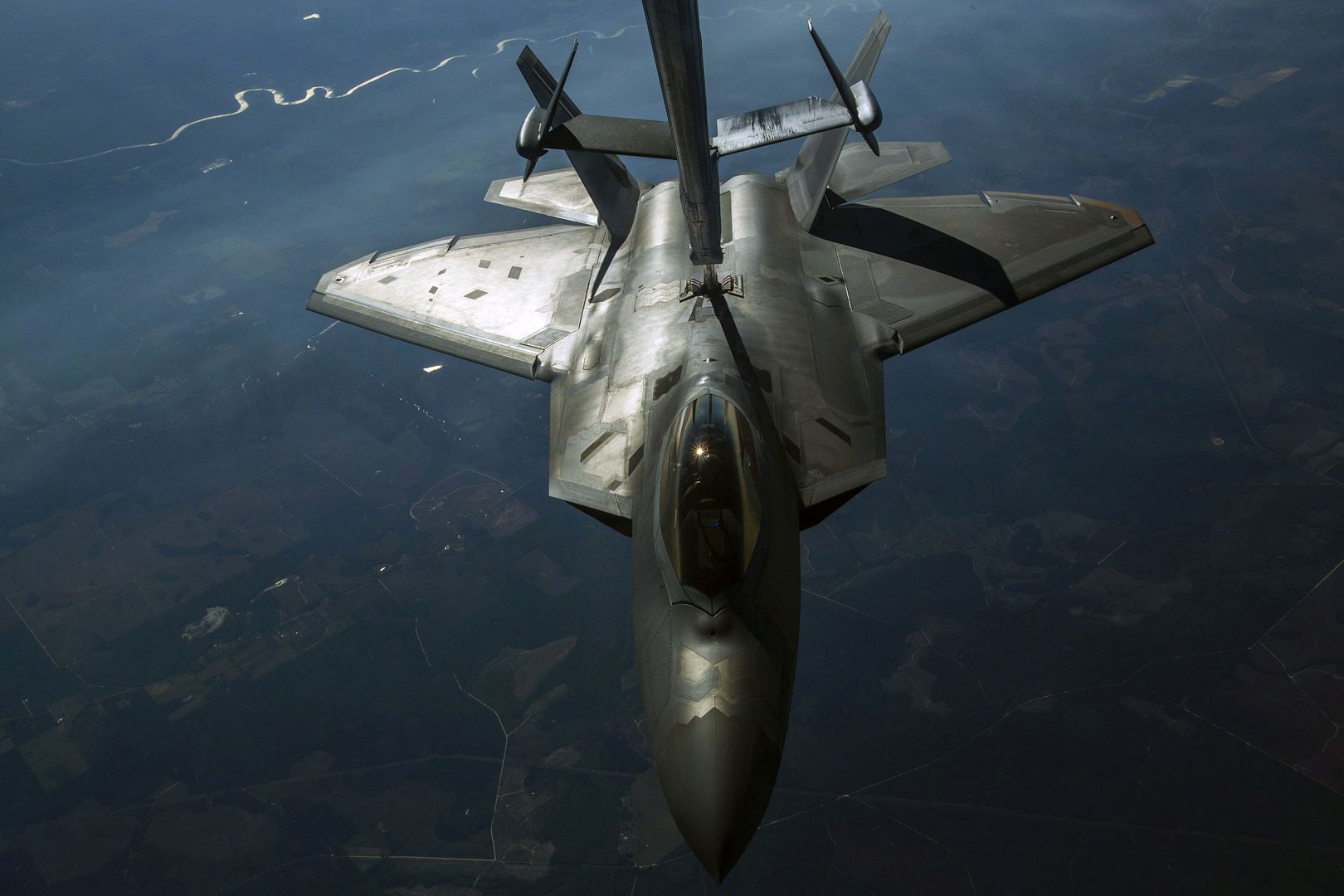
A U.S. Air Force MC-130J Commando II with the 9th Special Operations Squadron approaches a KC-135R Stratotanker with the 121st Air Refueling Wing, Ohio Air National Guard, for refueling during a training sortie in support of Emerald Warrior 17 March 7, 2017. Emerald Warrior is a U.S. Special Operations Command exercise during which joint special operations forces train to respond to various threats across the spectrum of conflict. (U.S. Air National Guard photo by Senior Airman Ashley Williams)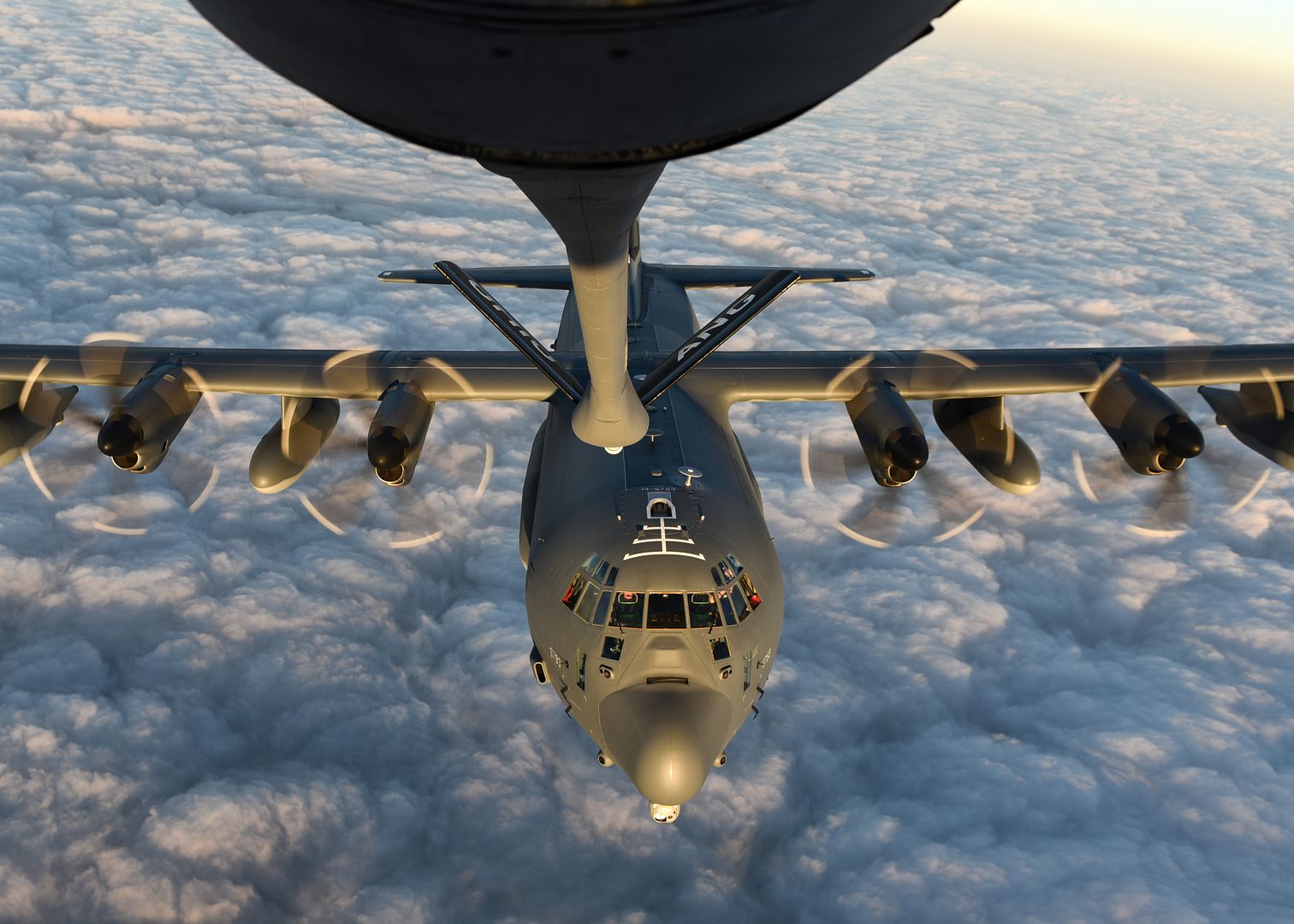
A U.S. Air Force MC-130J Commando II with the 9th Special Operations Squadron receives fuel from a KC-135R Stratotanker with the 121st Air Refueling Wing, Ohio Air National Guard, for refueling during a training sortie in support of Emerald Warrior 17 March 7, 2017. Emerald Warrior is a U.S. Special Operations Command exercise during which joint special operations forces train to respond to various threats across the spectrum of conflict. (U.S. Air National Guard photo by Senior Airman Ashley Williams)
DALLAS, March 8, 2017 /PRNewswire/ -- Sikorsky today recognized Helijet International for 30 years of safe scheduled airline and charter operations with S-76 helicopters. The recognition event was hosted at the 2017 Helicopter Association International Heli-Expo show. Sikorsky is a Lockheed Martin company (NYSE: LMT).
Helijet's fleet of 11 Sikorsky S-76 helicopters is used primarily for scheduled passenger transport, air medical services and corporate charter services. Sikorsky's global S-76 fleet recently achieved a seven-million flight hour milestone, to which Helijet's operations contributed.
Sikorsky also recognized Helijet President & CEO Daniel Sitnam for his dedication and commitment to safety, leadership and training throughout the 30-year journey.
"It is with great pride that we highlight this long-standing relationship and recognize Helijet for the trust placed in Sikorsky helicopters for the past three decades," said Sikorsky Vice President for Strategy & Business Development, Nathalie Previte. "This milestone is particularly notable as Helijet is the first helicopter airline with such a lengthy record of uninterrupted airline operations, moving well over two million passengers to date."
For more than 19 years, Helijet has provided air medical transport services through its British Columbia Ambulance Services (BCAS) division. The BCAS Airevac Ambulance Program is one of the largest in North America, with approximately 7,000 patients flown every year, with pilots often navigating rugged terrain and adverse weather day and night.
"Since 1998, we've flown over 25,000 flight hours and facilitated more than 50,000 patient transfers with BCAS, using the Sikorsky S-76 series helicopter," said Sitnam. "Helijet has proven itself to be a dependable service provider while working within the often-challenging circumstances of BCAS patient transfer assignments. Without question, Sikorsky's commitment to safety and customer service, and the reliability of the S-76 helicopter has been a key part of our success and our excellent safety record."
Sikorsky has delivered more than 850 S-76 helicopters to customers globally since 1979 and will celebrate the 40th anniversary of the S-76's first flight on March 13. The legendary S-76 helicopter operates in more than 40 countries on five continents.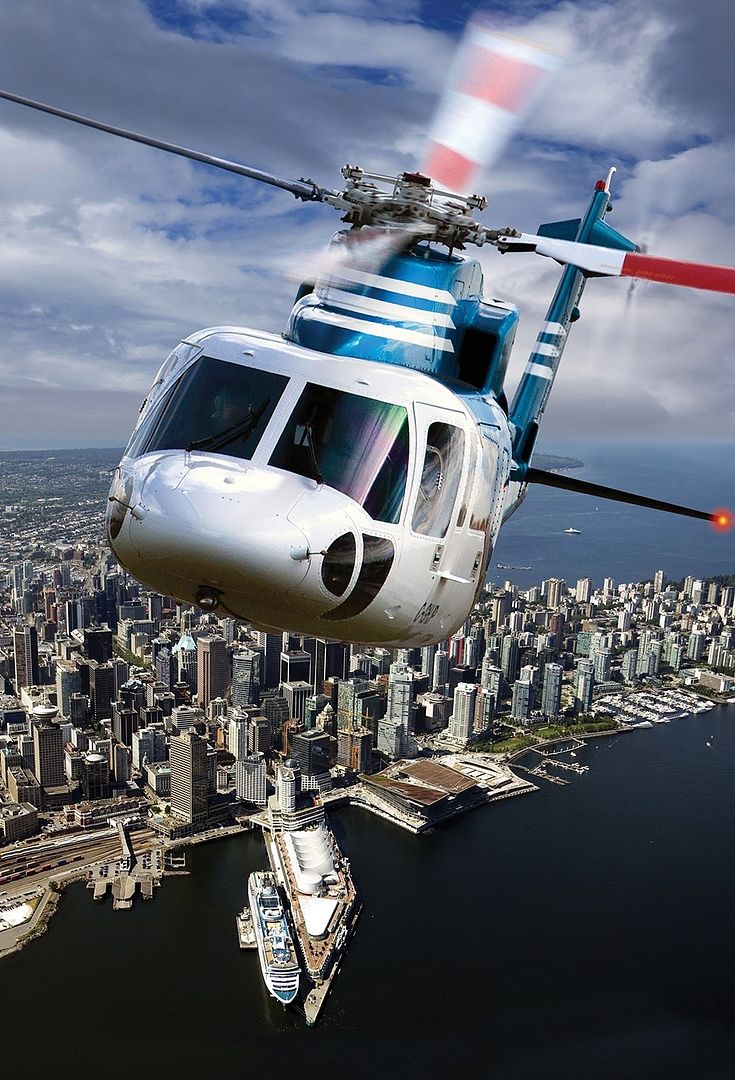
March 8, 2017 Montr?al Commercial Aircraft, Press Release
Bombardier delivered today the sixth CS100 aircraft, the smaller variant game-changing C Series platform, to Swiss. Bombardier has now delivered a total of eight C Series aircraft; six CS100 to SWISS and two CS300 to airBaltic.
?We are very proud to have delivered another C Series to Swiss today and to continue building on the strong momentum generated by the successful entry into service of the C Series aircraft in 2016,? said Fred Cromer, President of Bombardier Commercial Aircraft. ?We continue to ramp up production on the C Series in 2017, and as per our plan, the cadence of deliveries will increase in the second half of the year.?
The C Series continues to demonstrate strong operational performance with both SWISS and airBaltic and have now accumulated over 5,500 flights.
?The C Series airliners have had very strong in-service performance to date,? said Rob Dewar, Vice President, C Series Program, Bombardier Commercial Aircraft. ?The PW1500 powering the C Series is demonstrating strong operational performance and I am confident that the aircraft will continue exceeding customer and passenger expectations.?
About C Series Aircraft
The C Series is the only aircraft optimized for the 100- to 150-seat market segment, which drives the aircraft?s phenomenal economic proposition and performance, opening up new opportunities for single-aisle aircraft operation. The C Series aircraft is manufactured by the C Series Aircraft Limited Partnership, an affiliate of the Bombardier Commercial Aircraft segment of Bombardier Inc.
Comprised of the CS100 and the larger CS300 aircraft, the C Series family represents the fusion of performance and technology. The result is aircraft that deliver unmatched performance and economics in the 100- to 150-seat market segment and an 18 per cent lower cost per passenger, making them the ideal candidates to complement larger single-aisle aircraft. Airlines can now operate routes that were previously not profitable or even possible. An improvement in range in excess of 20 per cent out of hot-and-high airports such as Denver, Mexico City or Lhasa has been confirmed.
Bombardier has created a new standard in cabin design and flexibility to ensure an unrivalled passenger experience. The aircraft?s larger seats, overhead bins and windows deliver a wide body feel that offers passengers unparalleled comfort in a single-aisle cabin.
The CS100 and the CS300 aircraft have over 99 per cent parts commonality as well as Same Type Rating. The groundbreaking Pratt & Whitney PurePower? PW1500G engine, combined with the aircraft?s advanced aerodynamics, delivers reduced fuel burn, noise, and emissions ? making the C Series the most community-friendly aircraft.
About Bombardier
Bombardier is the world?s leading manufacturer of both planes and trains. Looking far ahead while delivering today, Bombardier is evolving mobility worldwide by answering the call for more efficient, sustainable and enjoyable transportation everywhere. Our vehicles, services and, most of all, our employees are what make us a global leader in transportation.
Bombardier is headquartered in Montr?al, Canada. Our shares are traded on the Toronto Stock Exchange (BBD) and we are listed on the Dow Jones Sustainability North America Index. In the fiscal year ended December 31, 2016, we posted revenues of $16.3 billion. News and information are available at bombardier.com or follow us on Twitter @Bombardier.
-
 Main AdminWATERS SOUTH OF JAPAN (March 9, 2017) An AH-1W Super Cobra helicopter, assigned to Marine Medium Tiltrotor Squadron (VMM) 262 (Reinforced), lands on the flight deck of the amphibious transport dock ship USS Green Bay (LPD 20). Green Bay, part of the Bonhomme Richard Expeditionary Strike Group, with embarked 31st Marine Expeditionary Unit, is on a routine patrol, operating in the Indo-Asia-Pacific region to enhance warfighting readiness and posture forward as a ready-response force for any type of contingency. (U.S. Navy photo by Mass Communications Specialist Seaman Sarah Myers/Released)
Main AdminWATERS SOUTH OF JAPAN (March 9, 2017) An AH-1W Super Cobra helicopter, assigned to Marine Medium Tiltrotor Squadron (VMM) 262 (Reinforced), lands on the flight deck of the amphibious transport dock ship USS Green Bay (LPD 20). Green Bay, part of the Bonhomme Richard Expeditionary Strike Group, with embarked 31st Marine Expeditionary Unit, is on a routine patrol, operating in the Indo-Asia-Pacific region to enhance warfighting readiness and posture forward as a ready-response force for any type of contingency. (U.S. Navy photo by Mass Communications Specialist Seaman Sarah Myers/Released)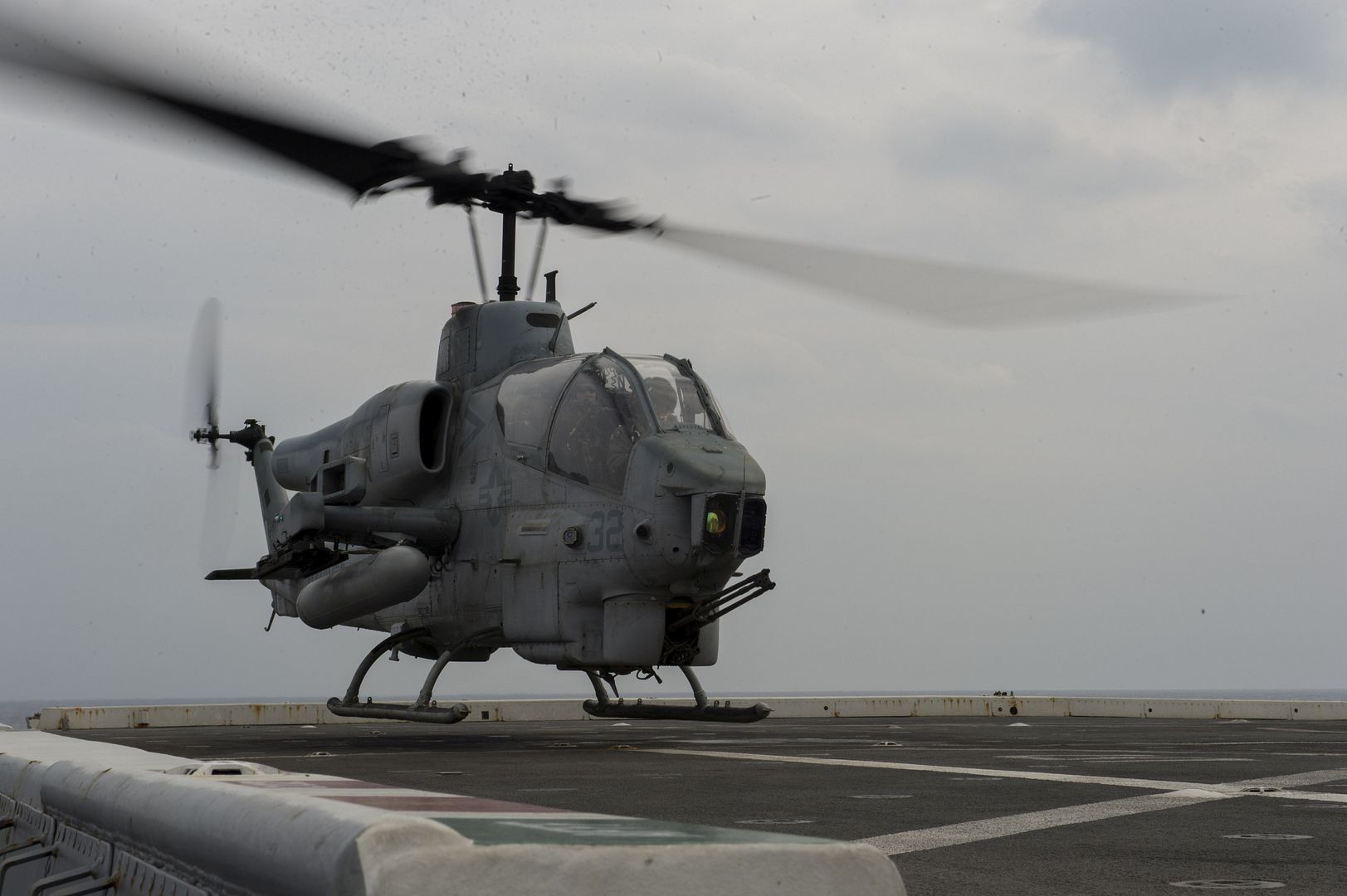
MEDITERRANEAN SEA (March 8, 2017)
An F/A-18F Super Hornet attached to the "Blacklions" of Strike Fighter Squadron (VFA) 213 launches from the flight deck of the aircraft carrier USS George H.W. Bush (CVN 77) to conduct flight operations in support of Operation Inherent Resolve. The George H.W. Bush Carrier Strike Group is conducting naval operations in the U.S. 6th Fleet area of operations in support of U.S. national security interests. U.S. Navy photo by Mass Communication Specialist 3rd Class Christopher Gaines (Released)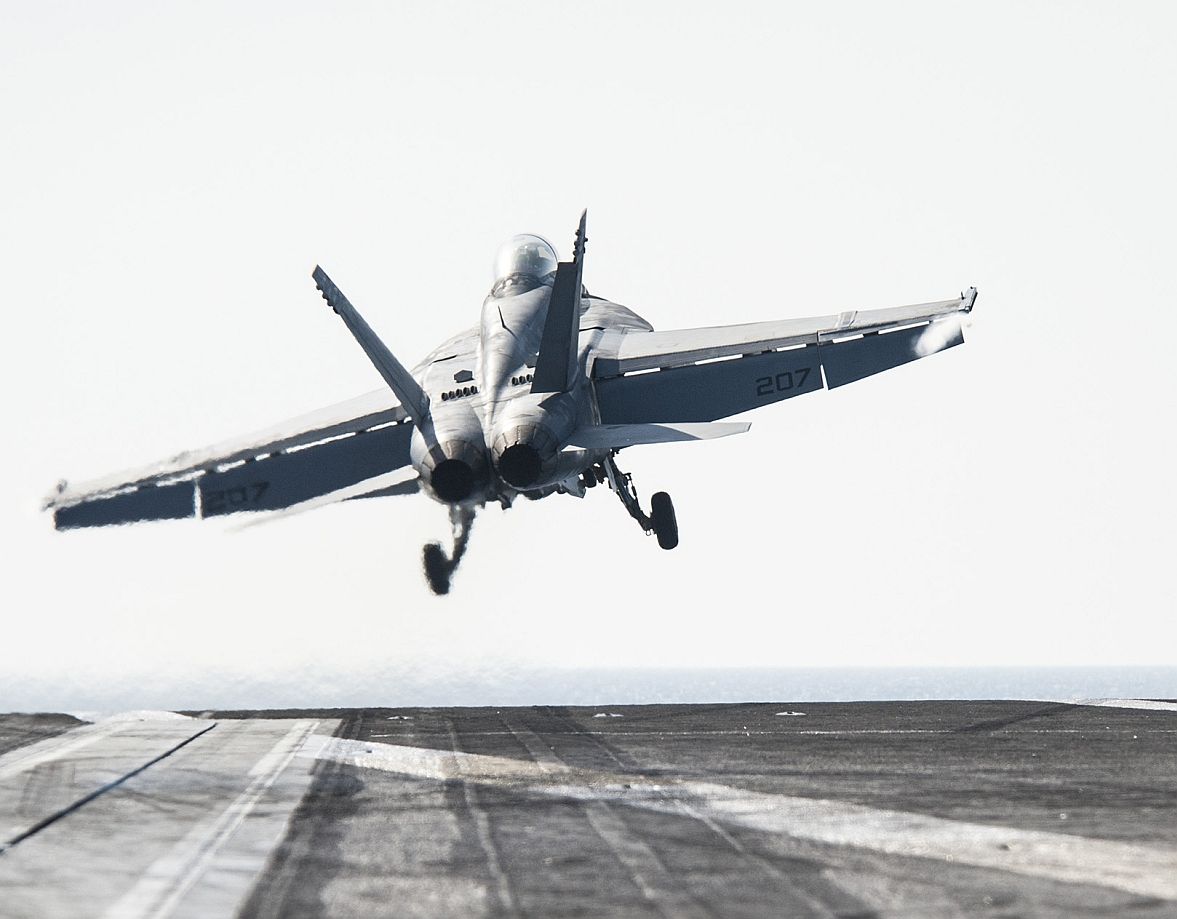
RENTON, Wash., March 9, 2017 /PRNewswire/ -- Boeing (NYSE: BA) announced today that the U.S. Federal Aviation Administration (FAA) has certified the 737 MAX 8 airplane for commercial service. Boeing is now in the final stages of preparing for the first 737 MAX 8 delivery to customers in the coming months.
To earn certification for the 737 MAX 8, Boeing undertook a comprehensive test program that began just over one year ago with four airplanes, plus ground and laboratory testing. Following a rigorous certification process, the FAA granted Boeing an Amended Type Certificate for the 737 MAX 8, verifying the design complies with required aviation regulations and is safe and reliable.
"This certification is a true testament to the dedication and commitment of our entire MAX team throughout the process, from airplane design to flight testing," said Keith Leverkuhn, vice president and general manager, 737 MAX program, Boeing Commercial Airplanes. "The Renton team looks forward to delivering superior efficiency, reliability and design to our customers as they start to receive their 737 MAX aircraft in the next few months."
The 737 MAX 8 is the first in the family to be developed and meets customer demand in the heart of the single-aisle market. The 737 MAX 8 reduces fuel use and CO2 emissions by an additional 14 percent over today's most fuel-efficient single-aisle airplanes.
The 737 MAX family of aircraft is designed to offer customers exceptional performance, flexibility and efficiency, with lower per-seat costs and an extended range that will open up new destinations in the single-aisle market. The MAX 8 and 9 will be followed in 2019 by the smaller MAX 7 and higher capacity MAX 200, while studies and discussion continue with customers on growing the family.
The 737 MAX incorporates the latest technology CFM International LEAP-1B engines, Advanced Technology winglets and other improvements to deliver the highest efficiency, reliability and passenger comfort in the single-aisle market. It is the fastest-selling airplane in Boeing history, accumulating more than 3,600 orders to date from 83 customers worldwide.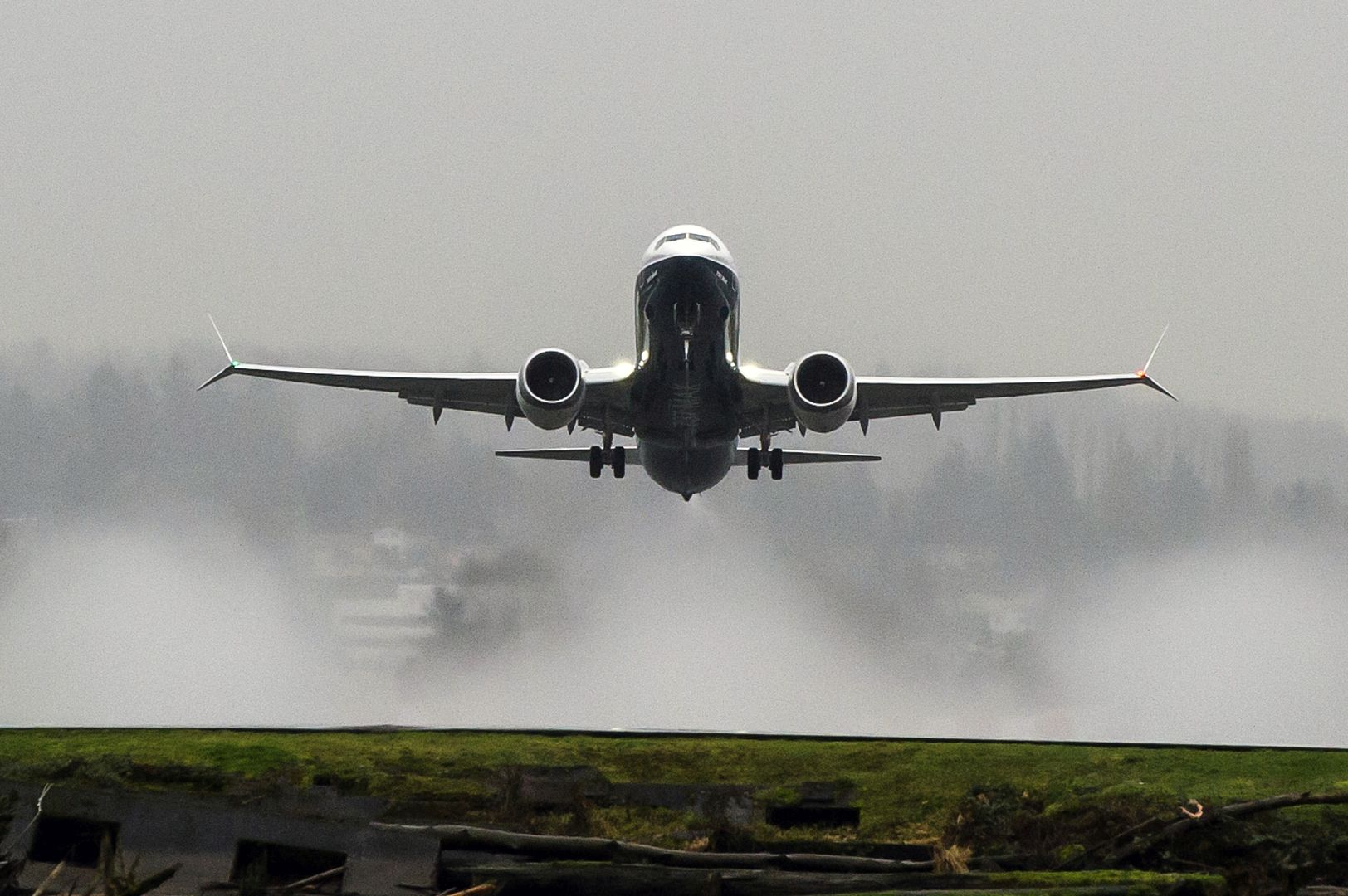
S?o Jos? dos Campos, Brazil, March 9, 2017 ? Embraer announced today that Azul Brazilian Airlines, the largest operator of the E195s current-generation in the world, will be the launch operator of the E195-E2. Azul?s contract with Embraer is for up to 50 aircraft, being 30 firm orders and 20 purchase rights.
?Azul played a key role in the E195-E2 development, actively participating in the design specification of the aircraft and helping Embraer design the most efficient single-aisle aircraft in the market today,? said John Slattery, President & CEO, Embraer Commercial Aviation. ?The significance of having Azul aboard the E2 Program and to now identifying them the launch operator can be summarized in two words: trust and partnership.?
Currently, the Brazilian airline has a total of 73 E-Jets in service. The E195-E2s will be configured by Azul in a comfortable single-class layout with 130 seats and the aircraft will entry into service with the airline in the first half of 2019.
The E-Jets E2 backlog has 275 firm orders, in addition to Letters of Intent, options and purchase rights covering another 415 aircraft, totaling 690 commitments from airlines and leasing companies.
Embraer is the world?s leading manufacturer of commercial jets with up to 130+ seats. The Company has 100 customers from all over the world operating the ERJ and the E-Jet families of aircraft. For the E-Jets program alone, Embraer has logged more than 1,700 orders and over 1,300 deliveries, redefining the traditional concept of regional aircraft by operating across a broad range of business applications.
9 March 2017
DALLAS, Texas ? Airbus Helicopters Inc. saluted the U.S. Coast Guard on Wednesday for its recent milestone achievement of reaching 1.5 million flight hours with the service?s fleet of MH-65 Dolphin patrol and search-and-rescue helicopters.
From patrolling the skies over Lake Michigan to performing life-saving rescues in the Gulf of Mexico, the Coast Guard?s MH-65 Dolphin has become the most recognizable search and rescue aircraft in the world.
?This is an enormous accomplishment for the U.S. Coast Guard, and for Airbus,? said Chris Emerson, President of Airbus Helicopters Inc. ?We are proud of the great work the men and women of the Coast Guard perform with these aircraft. They have saved countless lives and guarded our nation?s borders and ports. We look forward to working with the Coast Guard for years to come, supporting their missions by keeping this workhorse helicopter flying and serving the American people.?
The Coast Guard selected the Dolphin, based on the Airbus AS365 Dauphin product family, in 1979 as its new short-range recovery air-sea rescue helicopter replacing the HH-52A Sea Guard. The aircraft is certified for operation in all-weather and night operations, except icing conditions.
Airbus delivered the first Dolphin in 1984. The fleet of 100 helicopters has played a critical role for the Coast Guard, from performing lifesaving missions after Hurricane Katrina and other natural disasters to executing successful rescues at sea and in high-altitude mountainous terrain.
In addition to serving at Coast Guard Air Stations throughout the United States and Puerto Rico, the MH-65 is the primary aircraft used aboard sea-going cutters during deployments. The Coast Guard?s Helicopter Interdiction Tactical Squadron in Florida also uses the helicopters for counter-narcotics missions in high-threat drug trafficking areas.
The MH-65 fleet is expected to remain in service through 2035. New engines were installed on the Dolphin fleet in 2007, which significantly enhanced the aircraft?s power and mission capabilities. The Coast Guard is expected to introduce the next configuration of the Dolphin, which will include an all-glass cockpit and advanced navigation capabilities, in 2018.
Industry-leading Airbus helicopter models are on display at Heli-Expo 2017 Booth 7648. The show runs through Thursday at the Kay Bailey Hutchinson Convention Center in Dallas.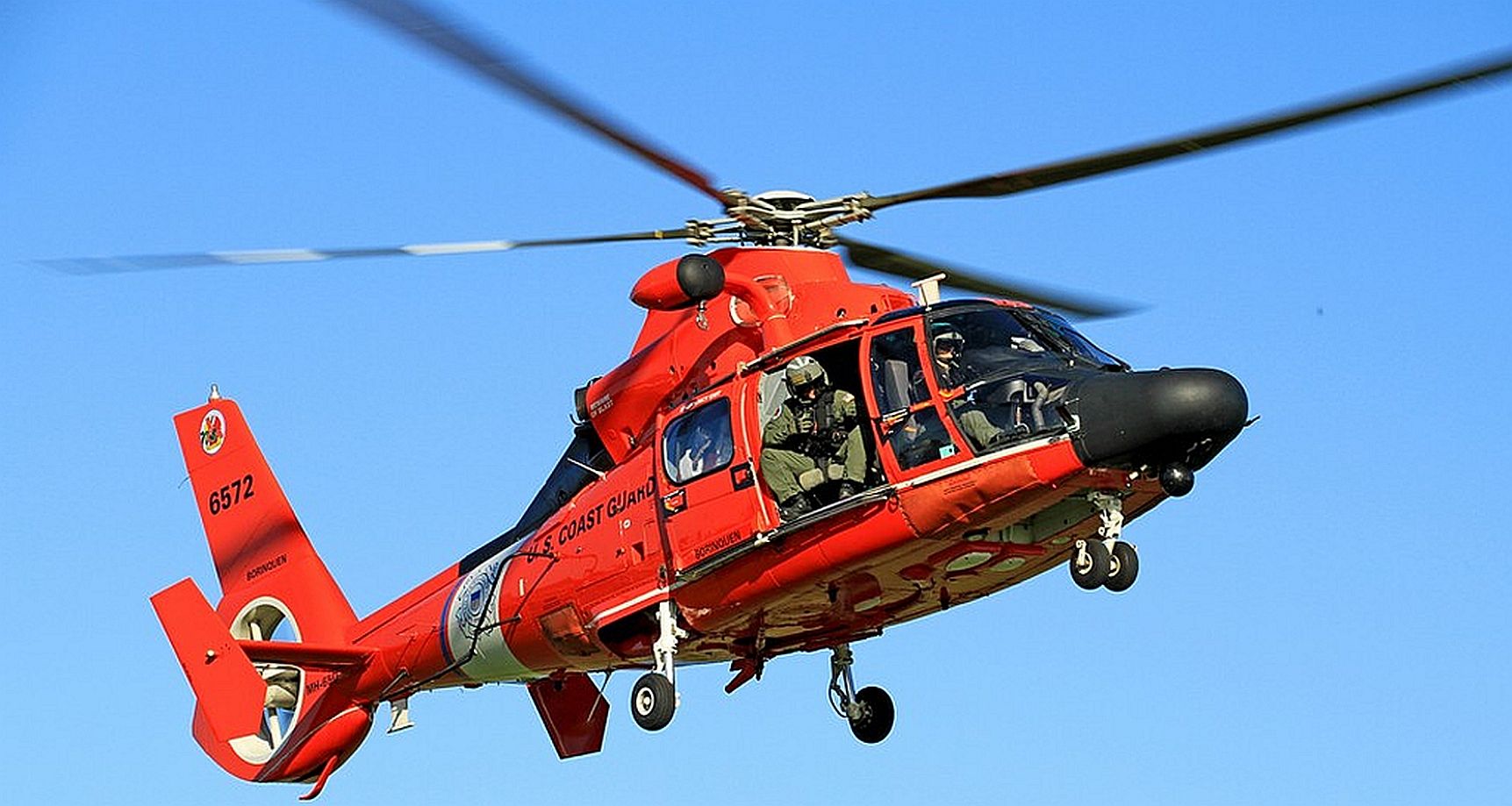
Airbus Helicopters Inc., based in Grand Prairie, Texas is an affiliate of Airbus Helicopters and Airbus.
-
 Main AdminBEIJING --- China has put into service its new generation J-20 stealth fighter, a warplane it hopes will narrow the military gap with the United States, as senior naval officers said the country was building a "first class" navy and developing a marine corps.
Main AdminBEIJING --- China has put into service its new generation J-20 stealth fighter, a warplane it hopes will narrow the military gap with the United States, as senior naval officers said the country was building a "first class" navy and developing a marine corps.
Chinese President Xi Jinping is overseeing a sweeping modernization of the country's armed forces, the largest in the world, including anti-satellite missiles and advanced submarines, seeking to project power far from its shores.
In a report late on Thursday, state television's military channel confirmed that the J-20 had now entered service, though it gave no other details.
The aircraft was shown in public for the first time in November at the Zhuhai airshow and was first glimpsed by Chinese planespotters in 2010.
However, questions remain whether the new Chinese fighter can match the radar-evading properties of the Lockheed Martin F-22 Raptor air-to-air combat jet, or the latest strike jet in the U.S. arsenal, Lockheed's F-35. The F-22, developed for the U.S. Air Force, is the J-20's closest lookalike.
China showed off another stealth fighter it's developing, the J-31, at the last Zhuhai airshow in 2014, a show of muscle that coincided with a visit by U.S. President Barack Obama for an Asia-Pacific summit.
China hopes the J-31, still in development, will compete with the U.S.-made F-35 stealth aircraft in the international market, according to state media reports.
The navy is another key focus for China. China's navy has been taking an increasingly prominent role in recent months, with a rising star admiral taking command, its first aircraft carrier sailing around self-ruled Taiwan and new Chinese warships popping up in far-flung places.
With President Donald Trump promising a U.S. shipbuilding spree and unnerving Beijing with his unpredictable approach on hot button issues including Taiwan and the South and East China Seas, China is pushing to narrow the gap with the U.S. Navy. (end of excerpt)
Click here for the full story, on the Reuters website. http://www.reuters.com/article/us-china-parliament-defence-idUSKBN16H049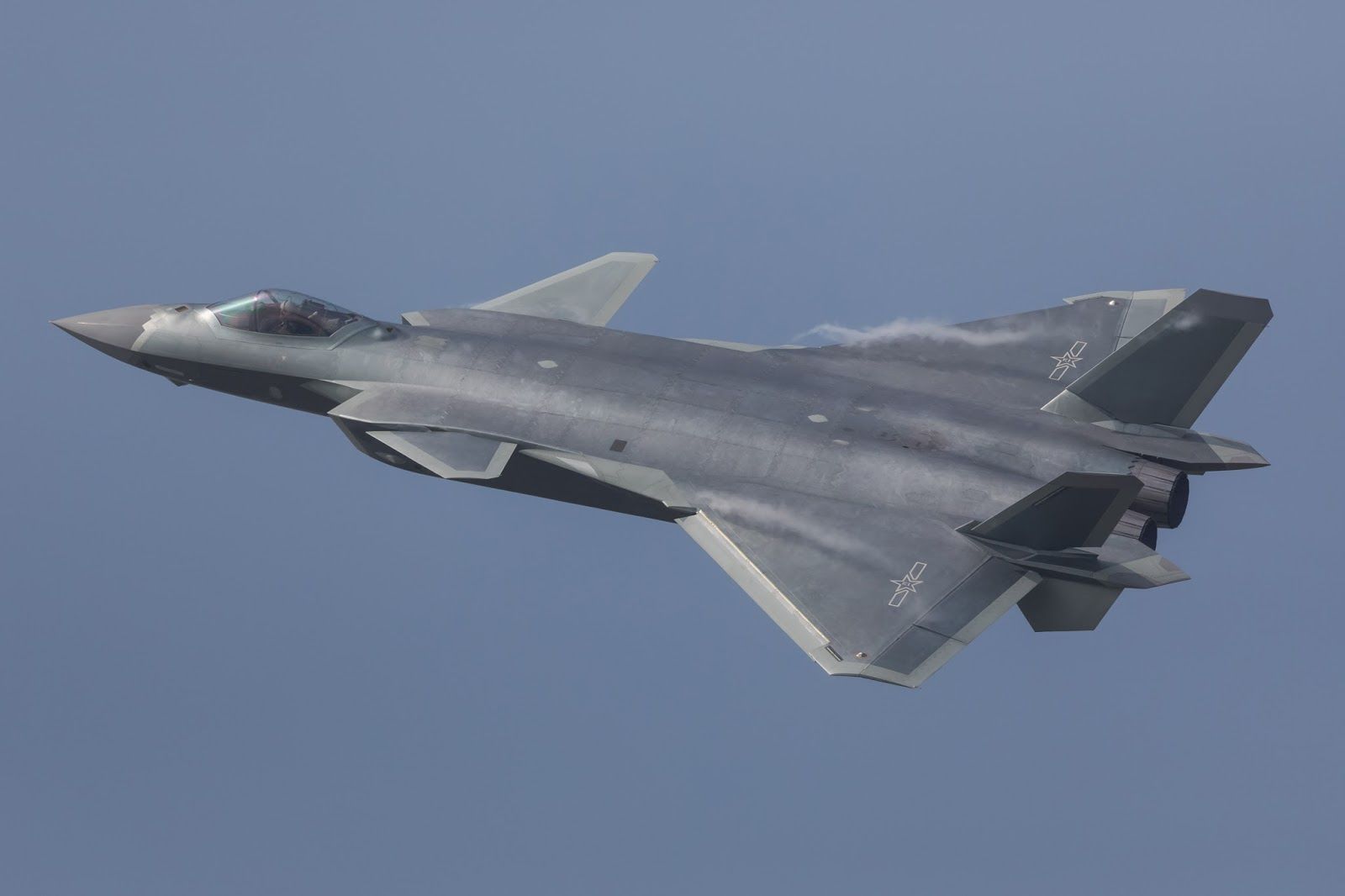
A U.S. Air Force B-1B Lancer assigned to the 9th Expeditionary Bomb Squadron, deployed from Dyess Air Force Base, Texas, takes off March 10, 2017, at Andersen AFB, Guam. The B-1B's are deployed to Andersen as part of U.S. Pacific Command's (USPACOM) Continuous Bomber Presence operations. This forward deployed presence demonstrates continuing U.S. commitment to stability and security in the Indo-Asia-Pacific region. Most importantly, these bomber rotations provide Pacific Air Forces and USPACOM commanders an extended deterrence capability. (U.S. Air Force photo by Airman 1st Class Jacob Skovo)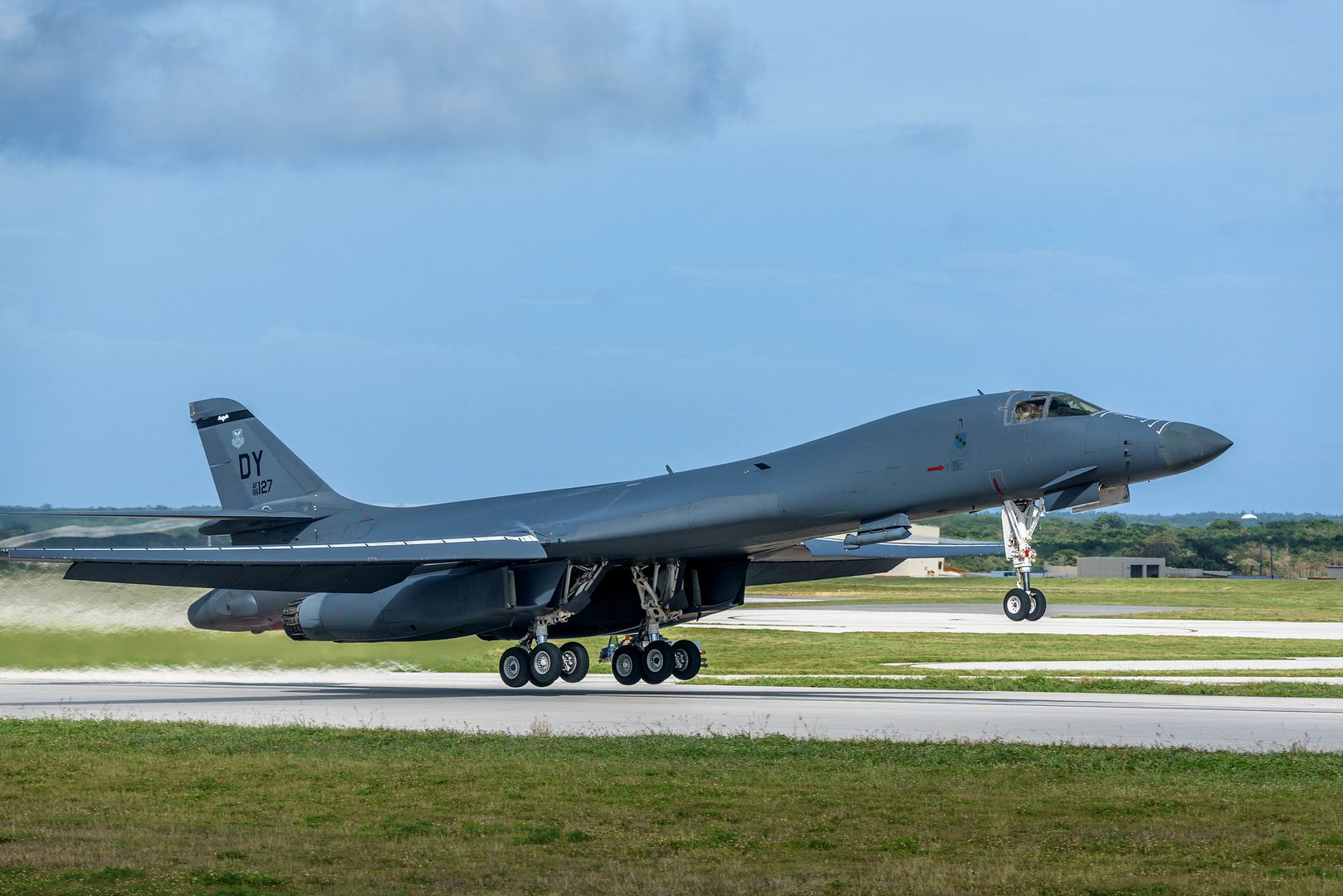
A U.S. Air Force B-1B Lancer assigned to the 9th Expeditionary Bomb Squadron, deployed from Dyess Air Force Base (AFB), Texas, takes off March 10, 2017, at Andersen AFB, Guam. The B-1B's are deployed to Andersen as part of U.S. Pacific Command's (USPACOM) Continuous Bomber Presence operations. This forward deployed presence demonstrates continuing U.S. commitment to stability and security in the Indo-Asia-Pacific region. Most importantly, these bomber rotations provide Pacific Air Forces and USPACOM commanders an extended deterrence capability. (U.S. Air Force photo by Senior Airman Joshua Smoot)
U.S. Navy F/A-18 Hornets with Strike Fighter Squadron (VFA) 204 and F/A-18 Hornets with Marine All-Weather Fighter Attack Squadron (VMFA (AW)) 533 receive fuel from a KC-135R Stratotanker with the 121st Air Refueling Wing, Ohio Air National Guard March 10, 2017. (U.S. Air National Guard photo's by Senior Airman Ashley Williams)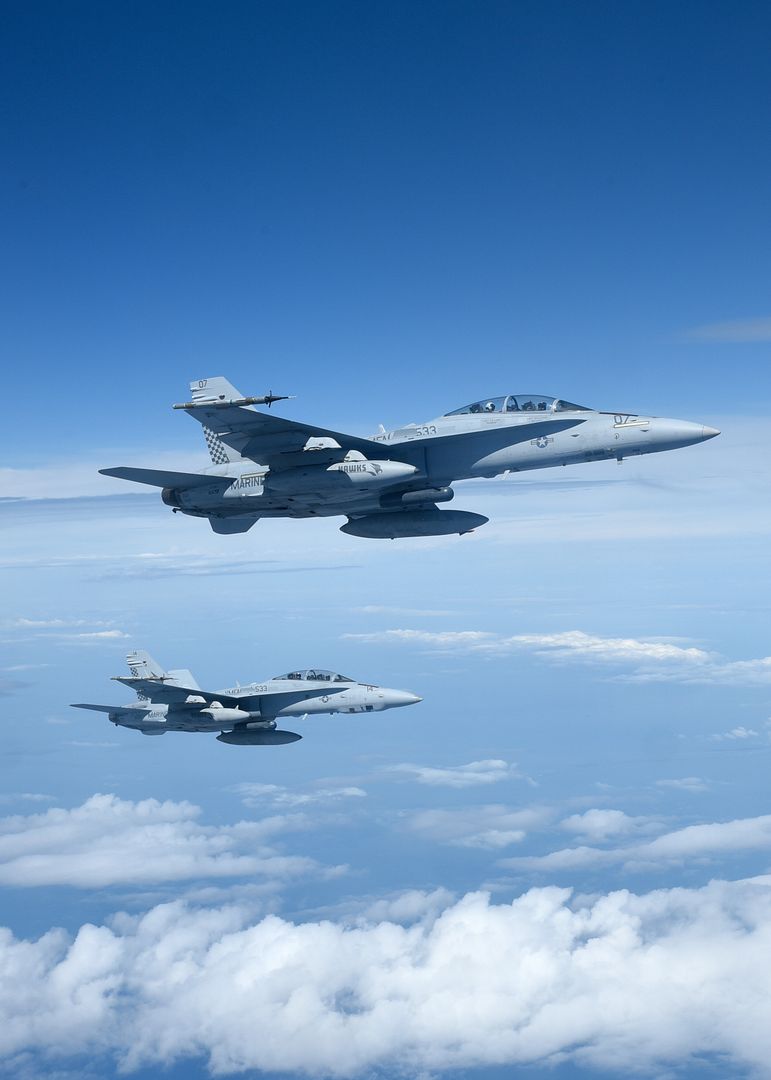
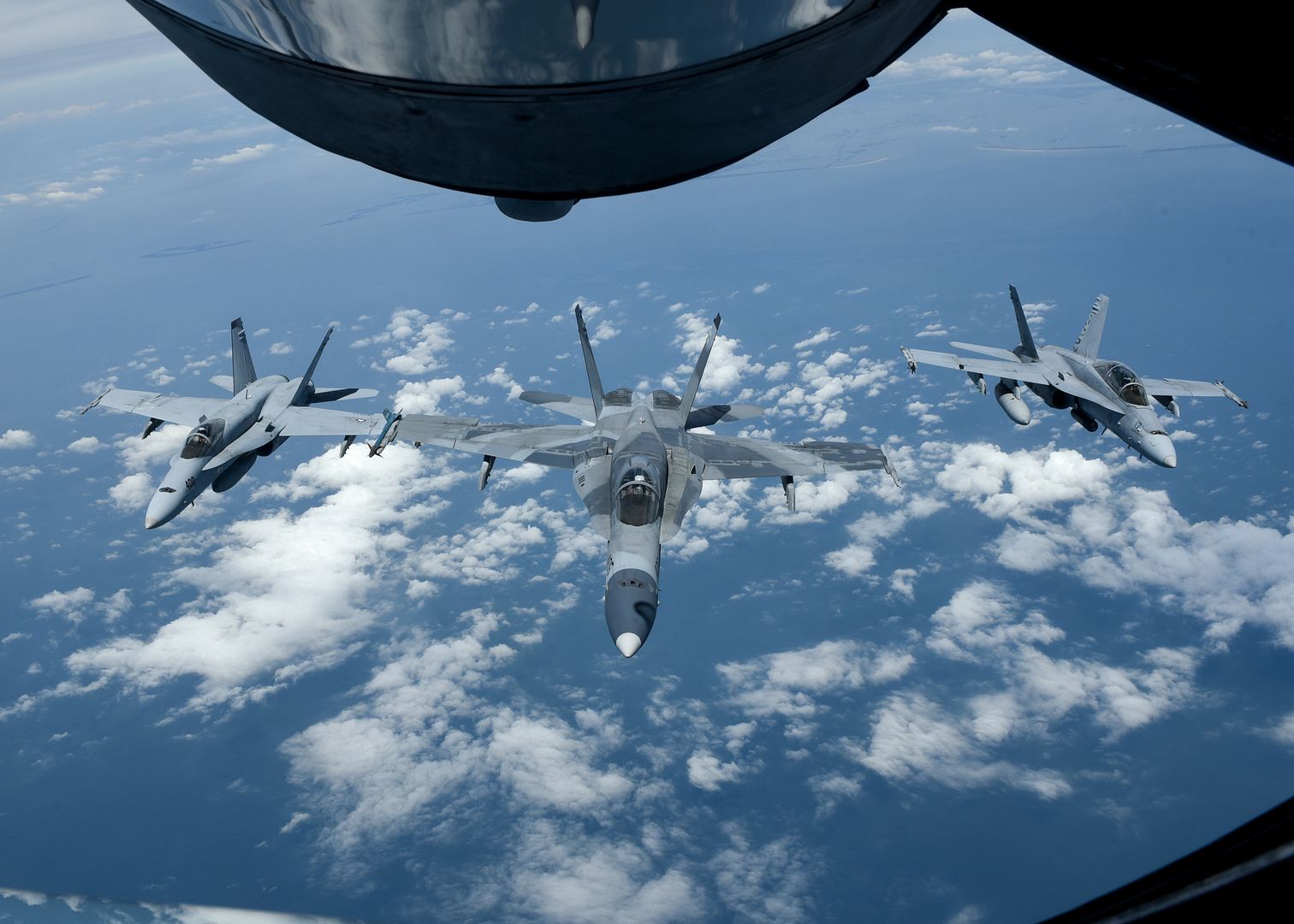
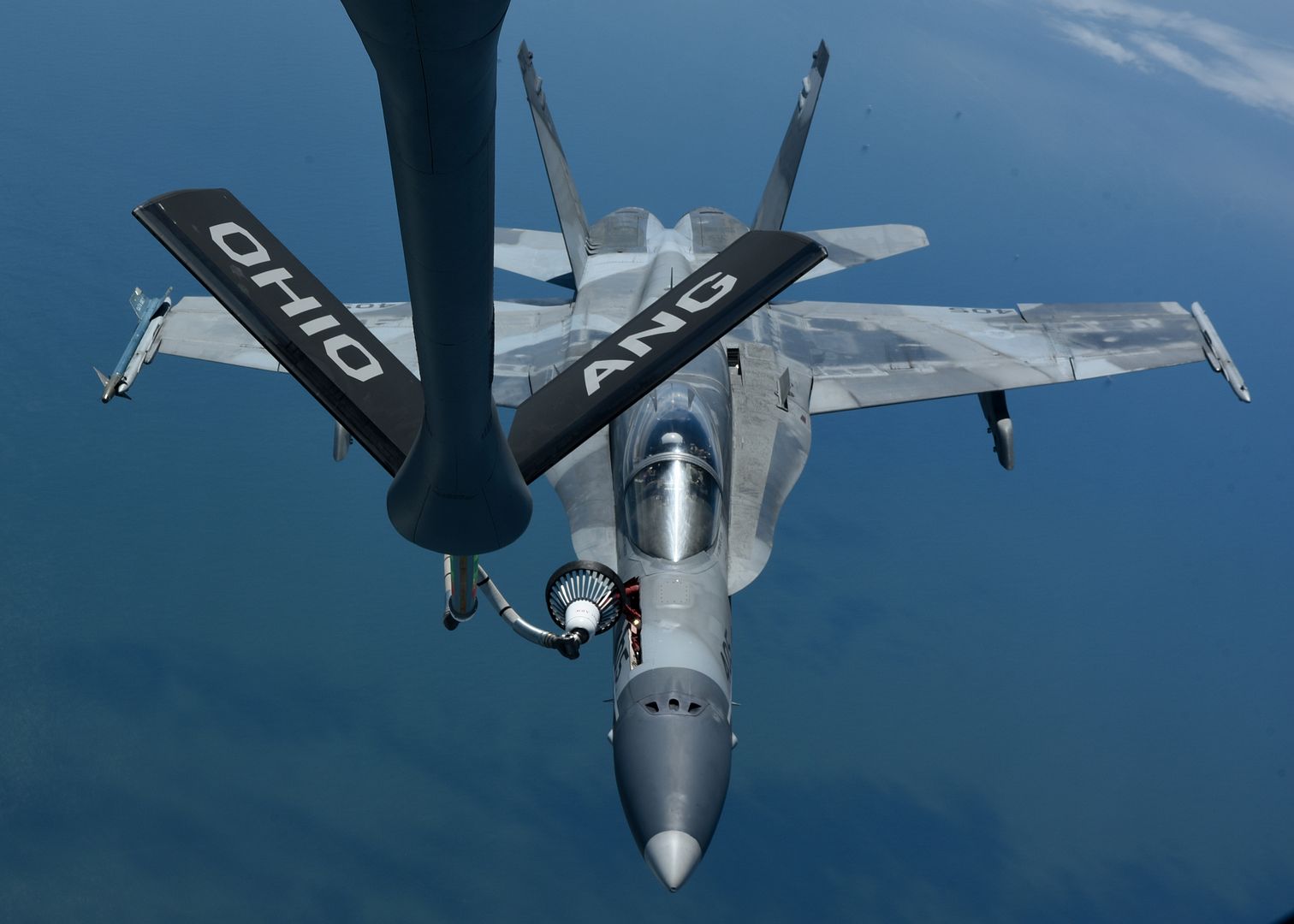
10 March 2017 Press Release
Iran Air has taken delivery of its first new A330-200.
The delivery of the aircraft is part of Iran Air?s major fleet renewal plan, and is the first wide body from a firm order placed by the national carrier of Iran in December 2016 for 100 Airbus aircraft (46 single aisle and 54 wide-body jets) to renew and expand its fleet with new aircraft.
Iran Air?s A330-200 features a two class cabin layout, seating 32 passengers in business and 206 in economy.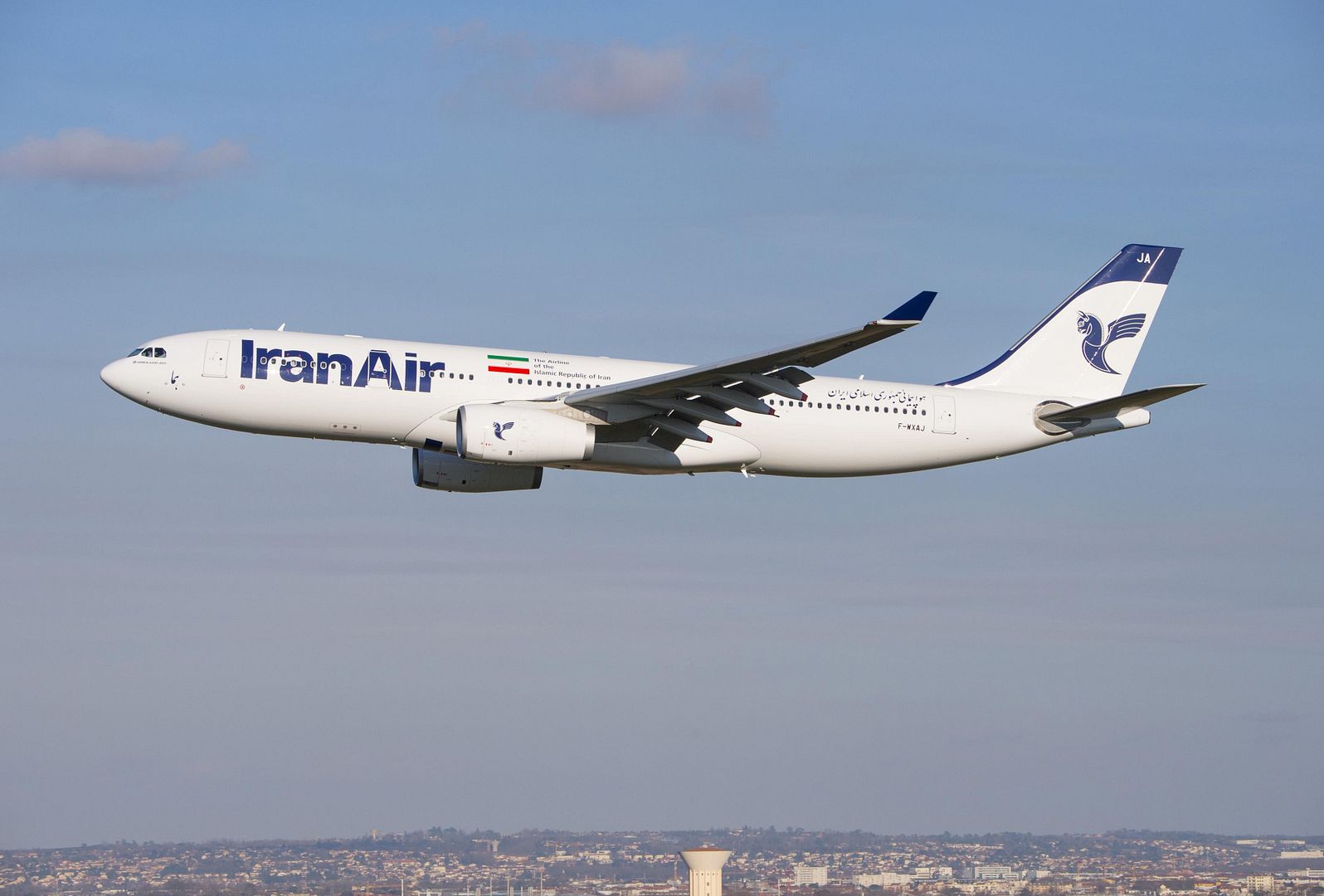
The delivery, which took place at the Airbus delivery centre in Toulouse, marks yet another milestone for Iran Air, as it celebrates its 56 anniversary since establishment.
The A330 Family includes Freighter, VIP, and has now attracted more than 1,500 orders. Over 1,100 A330 Family aircraft are flying with more than 100 operators worldwide. The A330 is one of the world?s most efficient aircraft with best in class operating economics.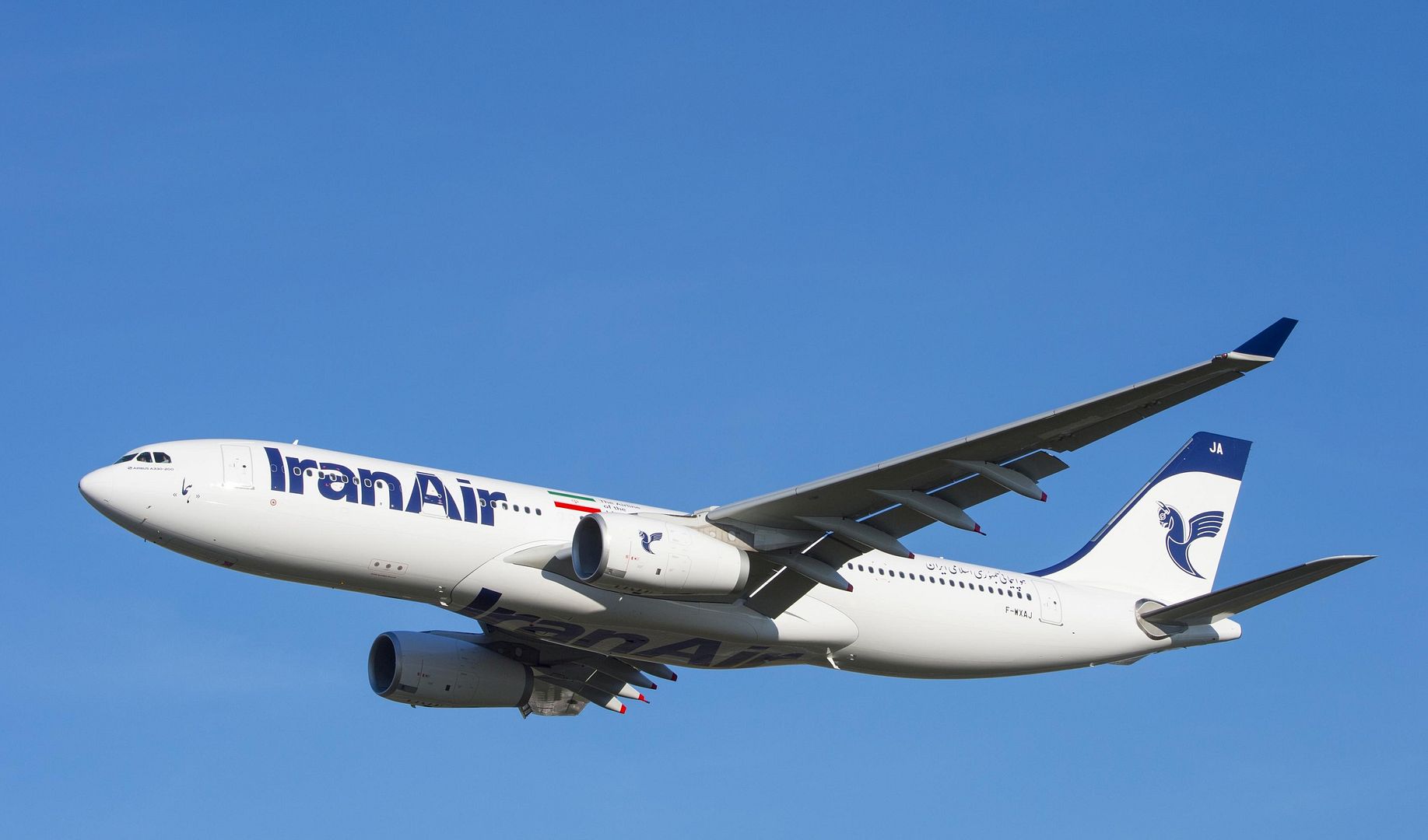
Australia?s first F-35A Lightning II aircraft, 001 and 002.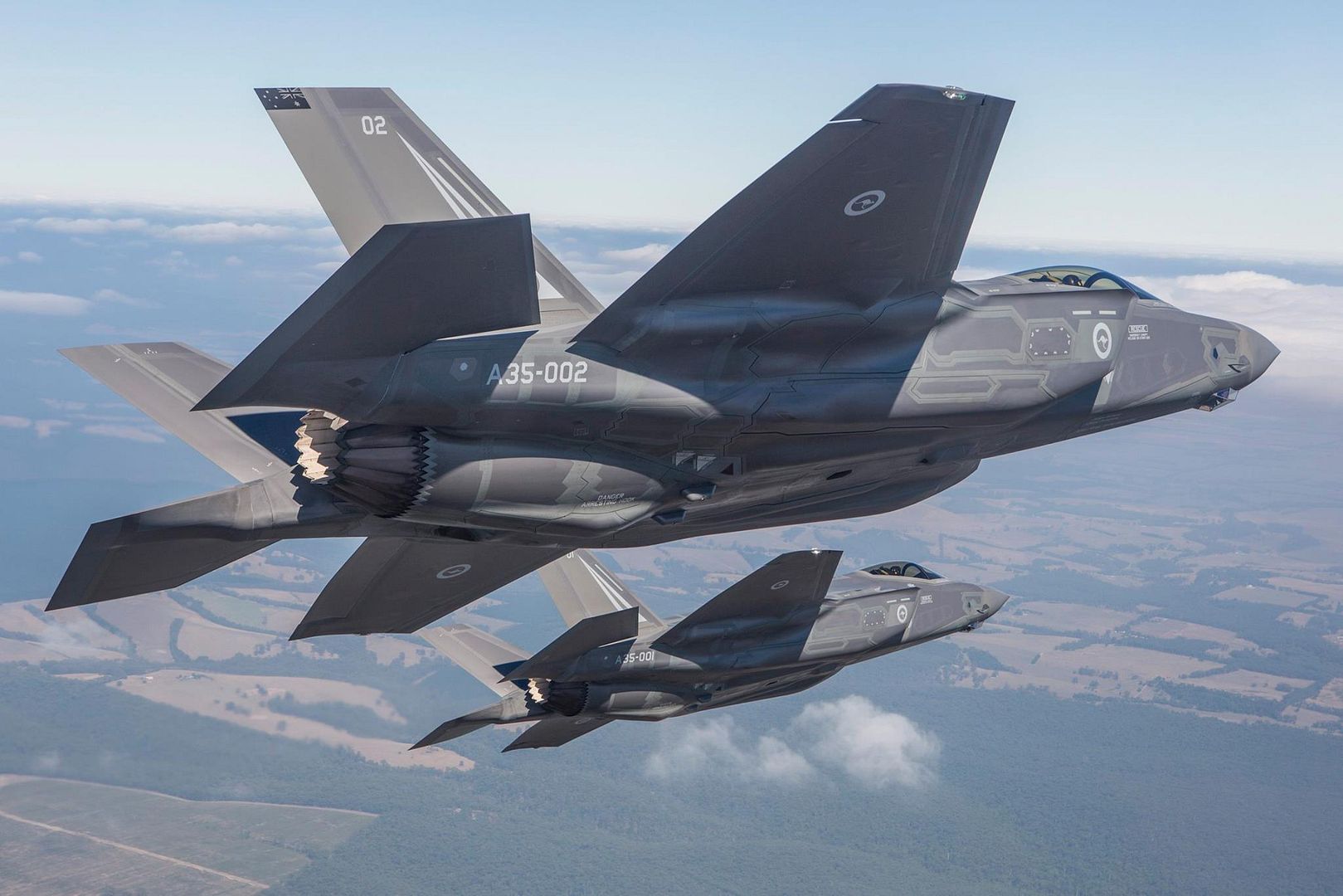
No photo credit.
From the 7th of March two Belgium F-16's scramble on quick reaction alert (QRA).
And intercepted this morning around 07.30 hours a Hungarian aircraft. The aircraft, with 3 people on board, was on its way to Great Britain. The communication with the aircraft was lost. They flew with the plane taking it to the edge of Benelux airspace and was then handed on to British colleagues.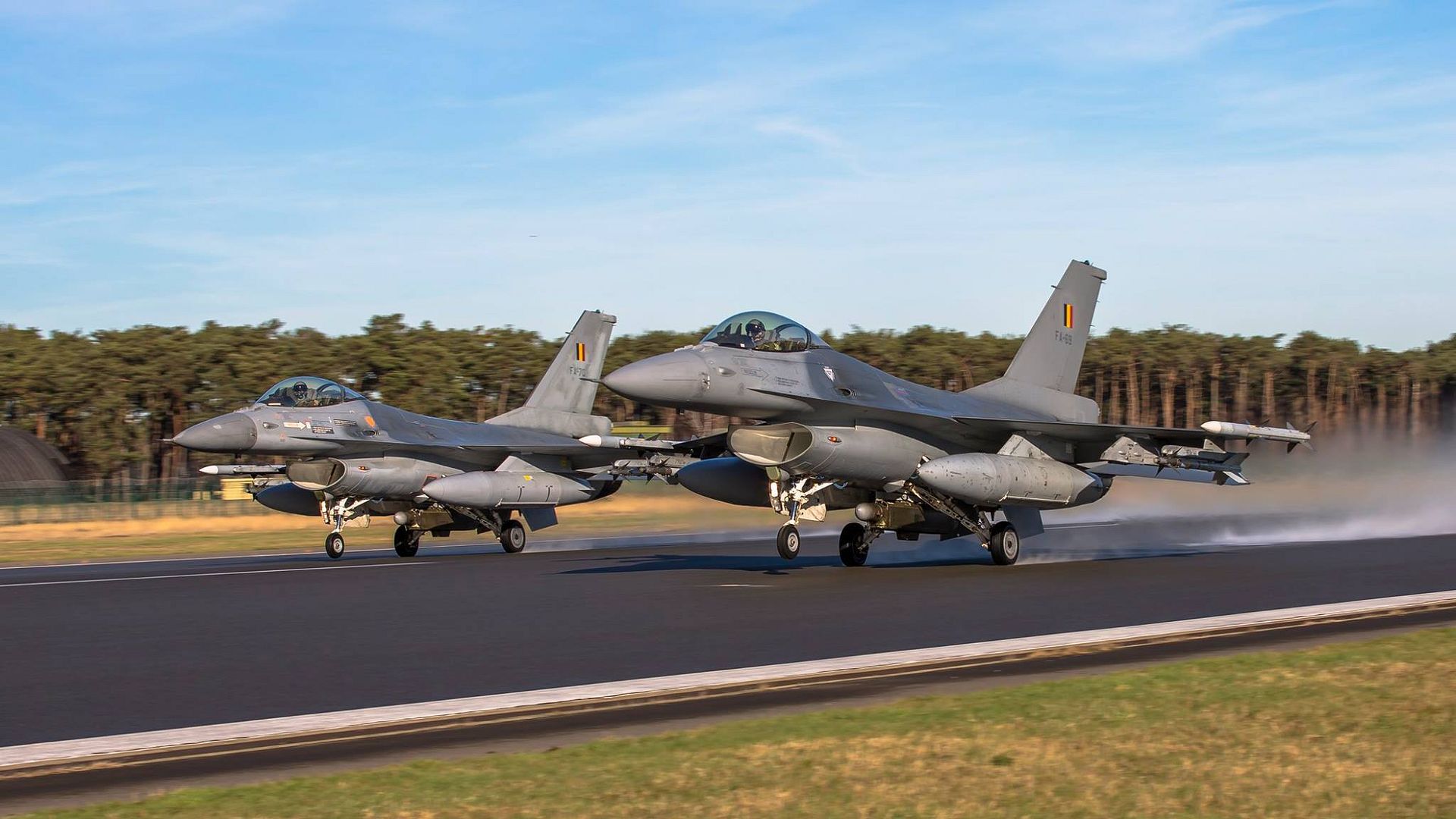
-
 Main AdminU.S. 5TH FLEET AREA OF OPERATIONS (March 11, 2017) Aviation Ordnanceman Jaymes Cudjo, from Harker Heights, Texas, and Aviation Ordnanceman 2nd Class Dillon Hays, from Kansas City, Mo., attach supplies to an SA-330J Puma helicopter aboard the amphibious assault ship USS Makin Island (LHD
Main AdminU.S. 5TH FLEET AREA OF OPERATIONS (March 11, 2017) Aviation Ordnanceman Jaymes Cudjo, from Harker Heights, Texas, and Aviation Ordnanceman 2nd Class Dillon Hays, from Kansas City, Mo., attach supplies to an SA-330J Puma helicopter aboard the amphibious assault ship USS Makin Island (LHD during a vertical replenishment. Makin Island is deployed in the U.S. 5th Fleet area of operations in support of maritime security operations designed to reassure allies and partners, and preserve the freedom of navigation and the free flow of commerce in the region. (U.S. Navy photo by Mass Communication Specialist 3rd Class Devin M. Langer)
during a vertical replenishment. Makin Island is deployed in the U.S. 5th Fleet area of operations in support of maritime security operations designed to reassure allies and partners, and preserve the freedom of navigation and the free flow of commerce in the region. (U.S. Navy photo by Mass Communication Specialist 3rd Class Devin M. Langer) 
EDWARDS AIR FORCE BASE, Calif. --
When the 412th Test Wing?s Emerging Technologies Combined Test Force used a quadcopter to conduct a maintenance inspection of the exterior of a C-17 Globemaster III March 6, it marked the second time the CTF used a small unmanned aerial system in a new application that shows promise.
The test involved flying the quadcopter at various distances from the C-17, which is on loan to Edwards for upgrades and testing from the 62nd Airlift Wing at Joint Base Lewis-McChord, Washington.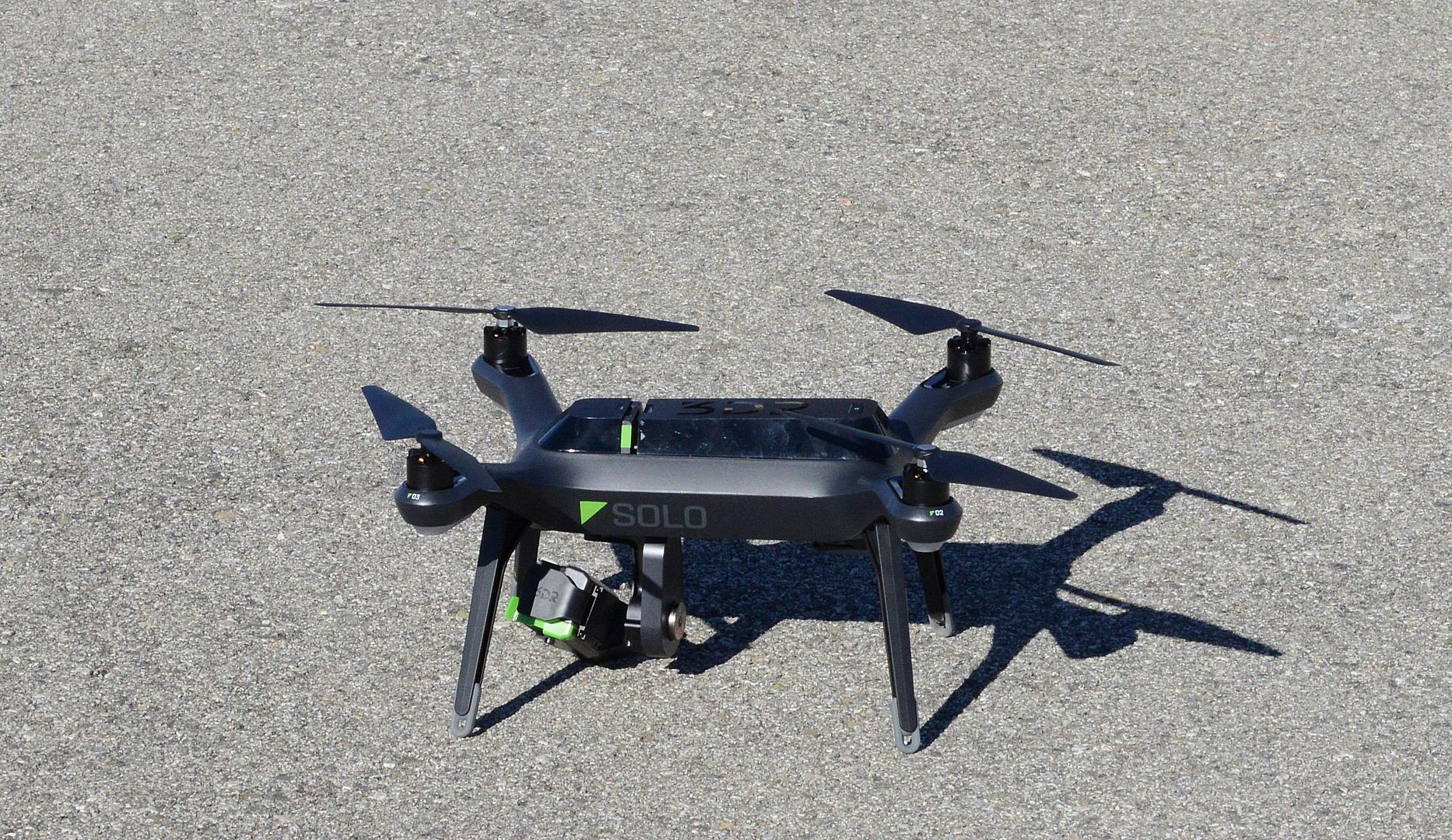
This was the first time the ET CTF flew an sUAS on the flightline. Winds remained manageable and allowed the test team to conduct three sorties with the quadcopter, which was fitted with a video camera.
Live video was assessed by the team, including maintainers, to determine if the quality was adequate for routine inspections. In addition, video recorded from the quadcopter?s camera will be analyzed to see if it is clear enough to see smaller details of the cargo plane?s exterior such as structural abnormalities, rivets and cracks. According to Maj. Dan Riley, ET CTF director, the test was so successful that the maintainers used the data to sign off their preflight external inspection, a first for the Air Force.
?This could save [maintainers] a lot of time,? said Staff Sgt. Joshua Jaburek, 62nd Aircraft Maintenance Squadron at Lewis-McChord. ?When we go on top of the airplane, we can only walk on certain parts and then we have to hook and unhook our (safety harness) every few feet.?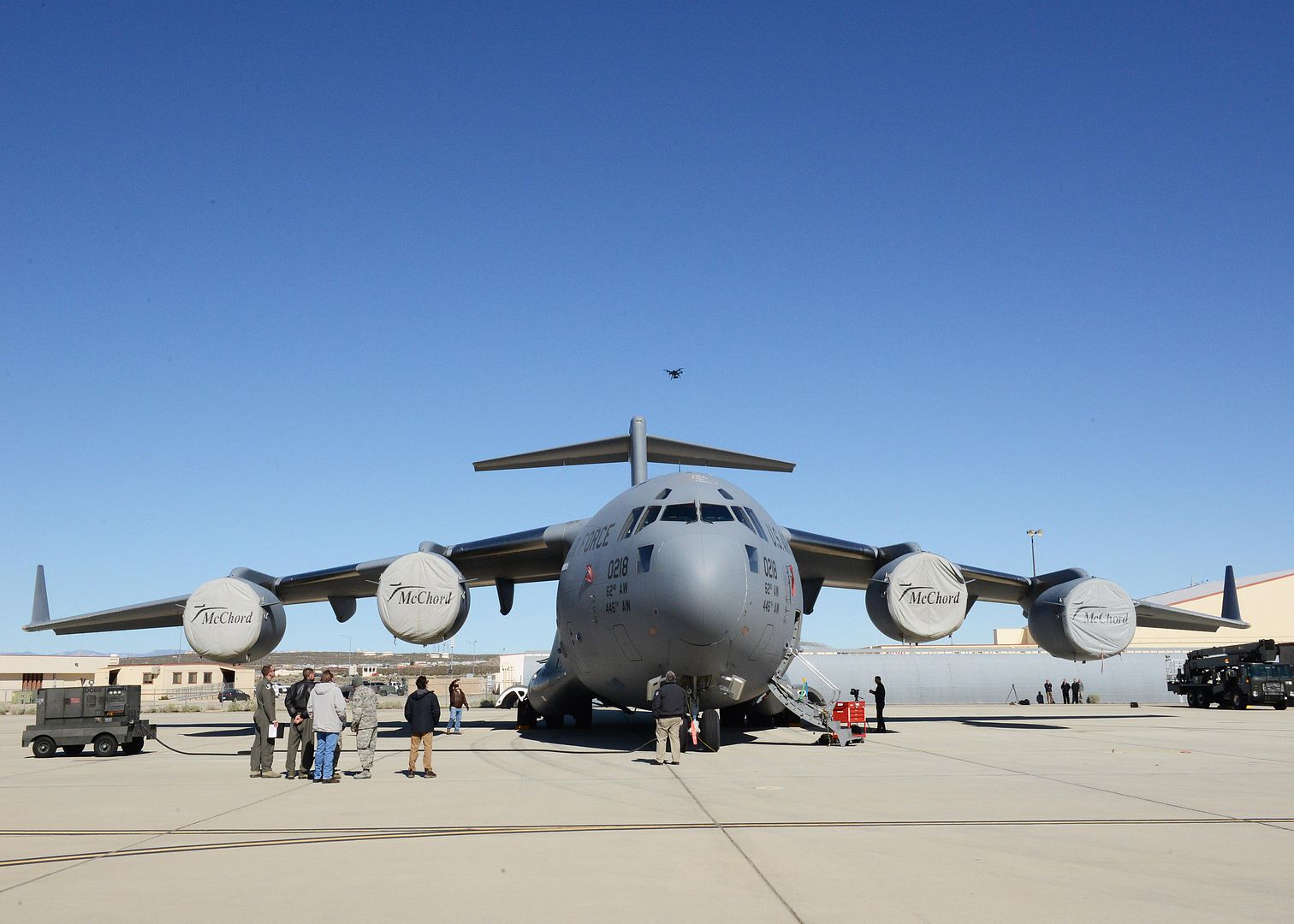
Jaburek said inspections that would normally take 45 minutes to an hour could be done just in a few minutes with a quadcopter if it?s successful. Maintainers also would not need a lift to inspect a C-17?s tail.
According to Capt. Justin Merrick, ET CTF lead engineer, the CTF got the idea from seeing a video online showing a commercial airline company using an sUAS to inspect a plane.
?[Leadership] encourages us to go out and conduct tests, so after we saw some videos online we contacted some maintainers here and they were very enthusiastic to help out,? said Merrick.
Riley added that this first test on the flightline could pave the way for future sUAS tests and test procedures.
?Another reason we've conducted this test is to open the aperture on flying an sUAS near the airfield, which has been frowned upon in the past,? said Riley. ?As we execute these missions it establishes a baseline for how operations can be conducted safely, not only here at Edwards, but at other bases as well. We couldn't have accomplished what we have so far without the support of the 412th Operations Group and test wing commander in breaking down some of the barriers to these types of operations.?
Riley said the CTF is looking at a variety of other missions in the near future such as roof inspections, airfield inspections and environmental-concern area inspections.
In February, the newly formed ET CTF began testing a quadcopter to determine if it was possible to use the sUAS to calibrate the 412th Range Squadron?s telemetry antennas on base. Those tests also yielded positive results.
The Emerging Technologies CTF was officially activated last July and its mission is to provide agile, innovative flight test capabilities for emerging technologies and to explore the Air Force warfighting capabilities of tomorrow. Current focuses are on the use of small unmanned aerial systems for testing and operational use, and on autonomous systems? development and use.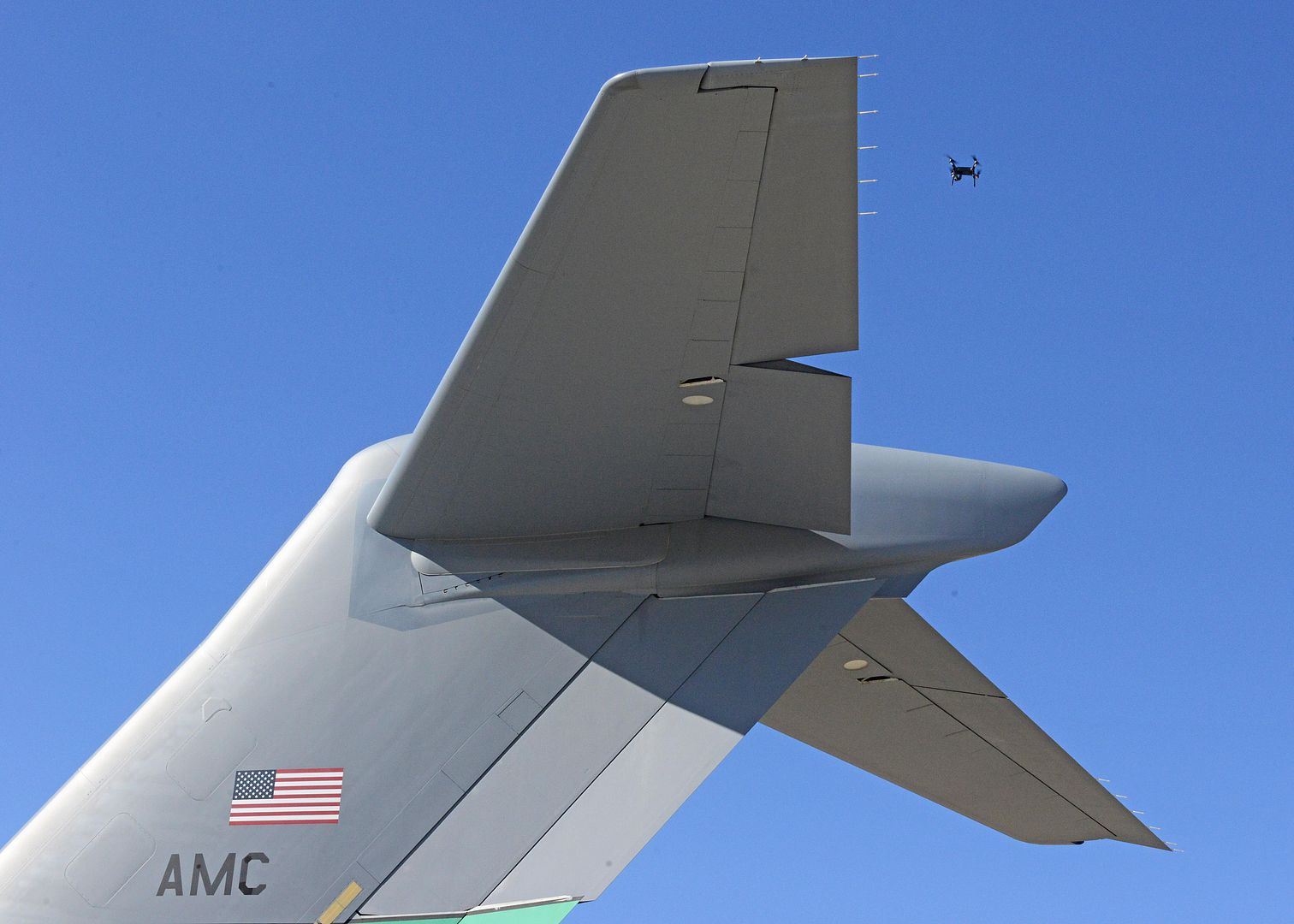
JOINT BASE PEARL HARBOR-HICKAM, Hawaii --
The F-35 Lightning II fighter aircraft takes center stage during Pacific Air Forces? inaugural F-35 Symposium next week. The two-day conference marks the largest gathering of F-35 experts to include senior officers and warfighters from Japan, Australia, the Republic of Korea as well as the U.S. Navy, U.S. Marine Corps and U.S. Air Force.
Japan, Australia and Republic of Korea are among the 11 international countries in the F-35 program and represent the future of fifth-generation aviation in the Indo-Asia-Pacific. International attendees will participate in a series of open discussions and briefings with the objective of enhancing F-35 operations in the Pacific, sharing fifth generation lessons learned, and building a foundation for future F-35 bilateral and multilateral engagements. Topics will include bed down, integration, logistics, sustainment and combat operations.
?This symposium marks an exciting new chapter in Pacific combat capability. Together, our joint and international partners have introduced the most capable combat aircraft in the world to the Pacific,? said Brig. Gen. Craig Wills, PACAF?s Strategy, Plans and Programs director.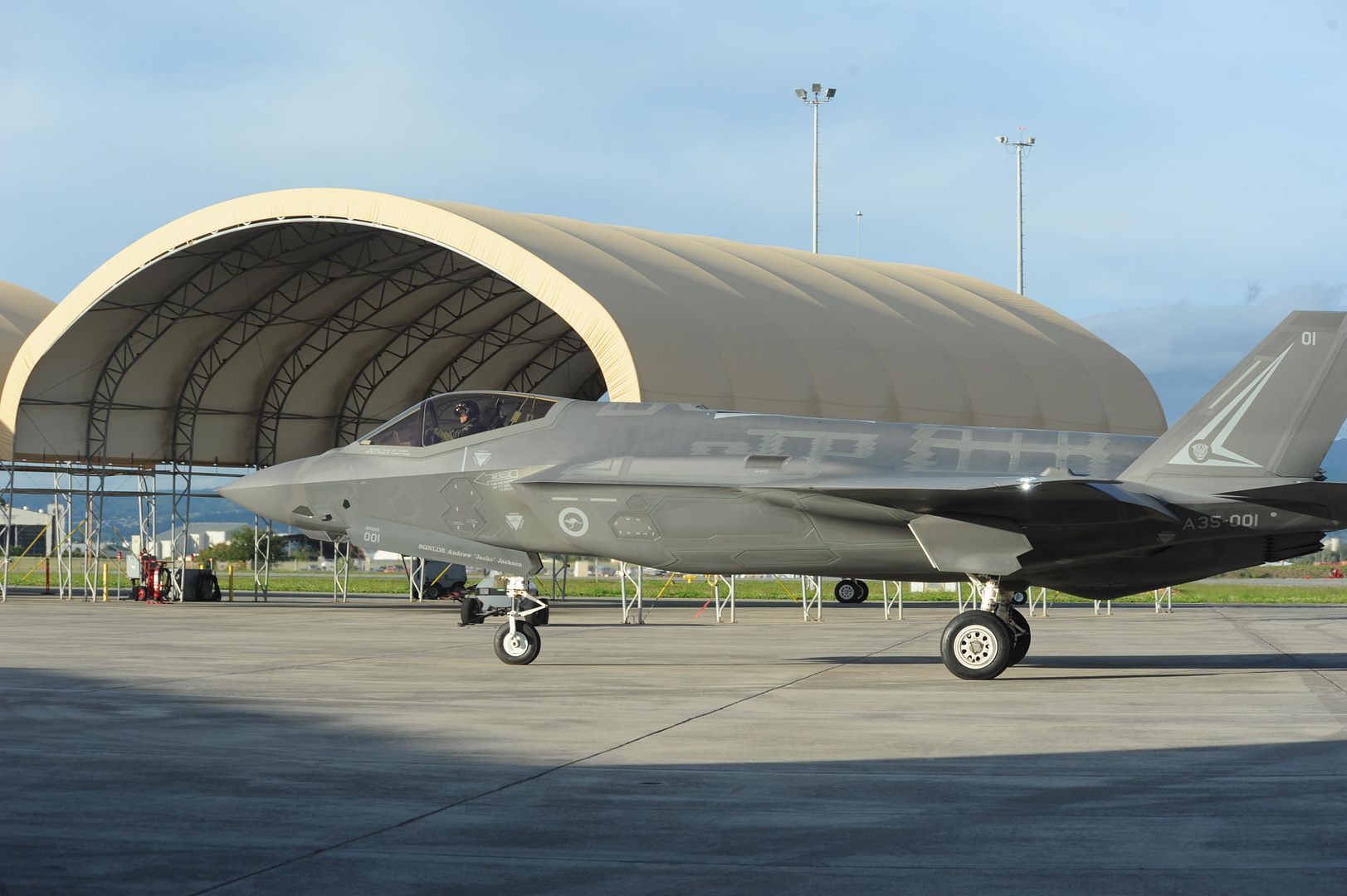
The F-35 is a next-generation multi-role fighter that combines advanced stealth with speed, agility and the capability to rapidly fuse information regionally across multiple domains. The Lightning II is the backbone for future combat operations. This symposium provides an ideal venue to enhance interoperability and cooperation amongst the F-35 community.
U.S. F-35s have reached Initial Operational Capability with Marines and Airmen both flying operational and combat ready aircraft. In addition to the F-35As with the 34th Fighter Squadron at Hill Air Force Base, Utah, ten F-35Bs from the Marine Fighter Attack Squadron 121, 3rd Marine Aircraft Wing out of Marine Corps Air Station, Yuma, Ariz., are deployed to Marine Corps Air Station Iwakuni, Japan, with six more scheduled to arrive later this year.
Japan started its pilot training program in late 2016, the Republic of Korea is scheduled to receive its first aircraft in 2018 and Australia has been training pilots in two Royal Australian Air Force F-35s in Arizona since late 2014.
?Together with our Pacific allies and partners we?re sending a clear message to our neighbors and friends in the region. We will continue to invest in the combat capability required to assure our ability to defend freedom and uphold the rules-based international order,? Wills said.
The Australian F-35 made its first appearance in Australia at the 2017 Australian International Airshow and Aerospace & Defence Exposition at Avalon Airport, Victoria, Australia. While travelling to Victoria, the aircraft stopped at Joint Base Pearl Harbor-Hickam, symbolically emphasizing the importance of the global partnerships and opportunities the F-35 will offer in the coming decades.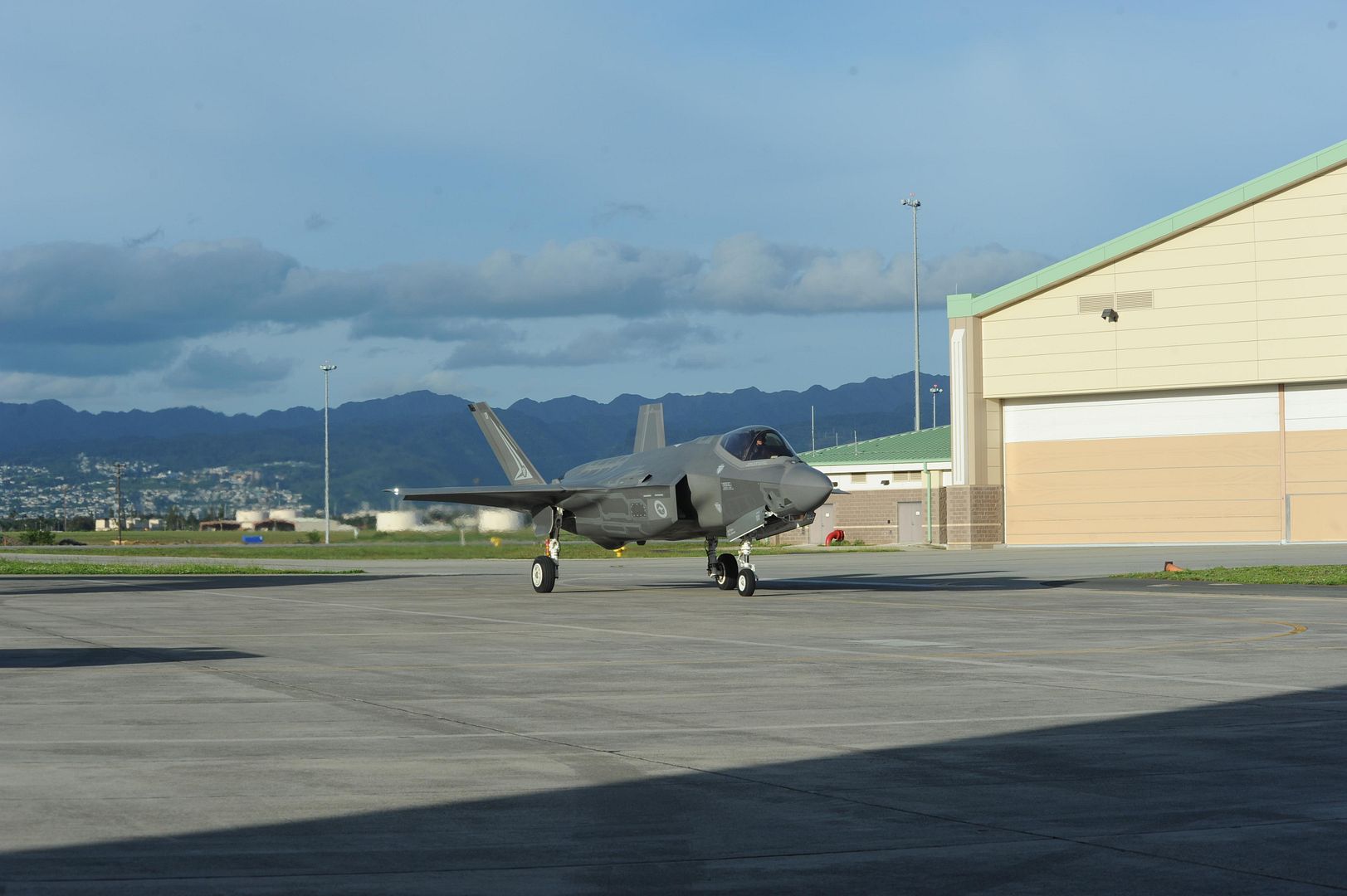
-
 Main AdminPHILIPPINE SEA (March 14, 2017) Air department Sailors, assigned to amphibious assault ship USS Bonhomme Richard (LHD 6), re-spot a CH-53E Super Stallion on the flight deck. USS Bonhomme Richard, flagship of the Bonhomme Richard Expeditionary Strike Group, with embarked 31st Marine Expeditionary Unit, is on a routine patrol, operating in the Indo-Asia-Pacific region to enhance warfighting readiness and posture forward as a ready-response force for any type of contingency. (U.S. Navy Photo by Mass Communication Specialist 2nd Class Kyle Carlstrom/Released)
Main AdminPHILIPPINE SEA (March 14, 2017) Air department Sailors, assigned to amphibious assault ship USS Bonhomme Richard (LHD 6), re-spot a CH-53E Super Stallion on the flight deck. USS Bonhomme Richard, flagship of the Bonhomme Richard Expeditionary Strike Group, with embarked 31st Marine Expeditionary Unit, is on a routine patrol, operating in the Indo-Asia-Pacific region to enhance warfighting readiness and posture forward as a ready-response force for any type of contingency. (U.S. Navy Photo by Mass Communication Specialist 2nd Class Kyle Carlstrom/Released)
NELLIS AIR FORCE BASE, Nev. - The 493rd Fighter Squadron, along with supporting units and equipment from the 48th Fighter Wing, Royal Air Force Lakenheath, England, completed Red Flag 17-2 at Nellis Air Force Base, Nevada, March 10.
During the two-week exercise, the squadron flew 162 sorties and tallied more than 348 flying hours with 14 F-15 Eagles, which is a new record for a unit of this size at Red Flag.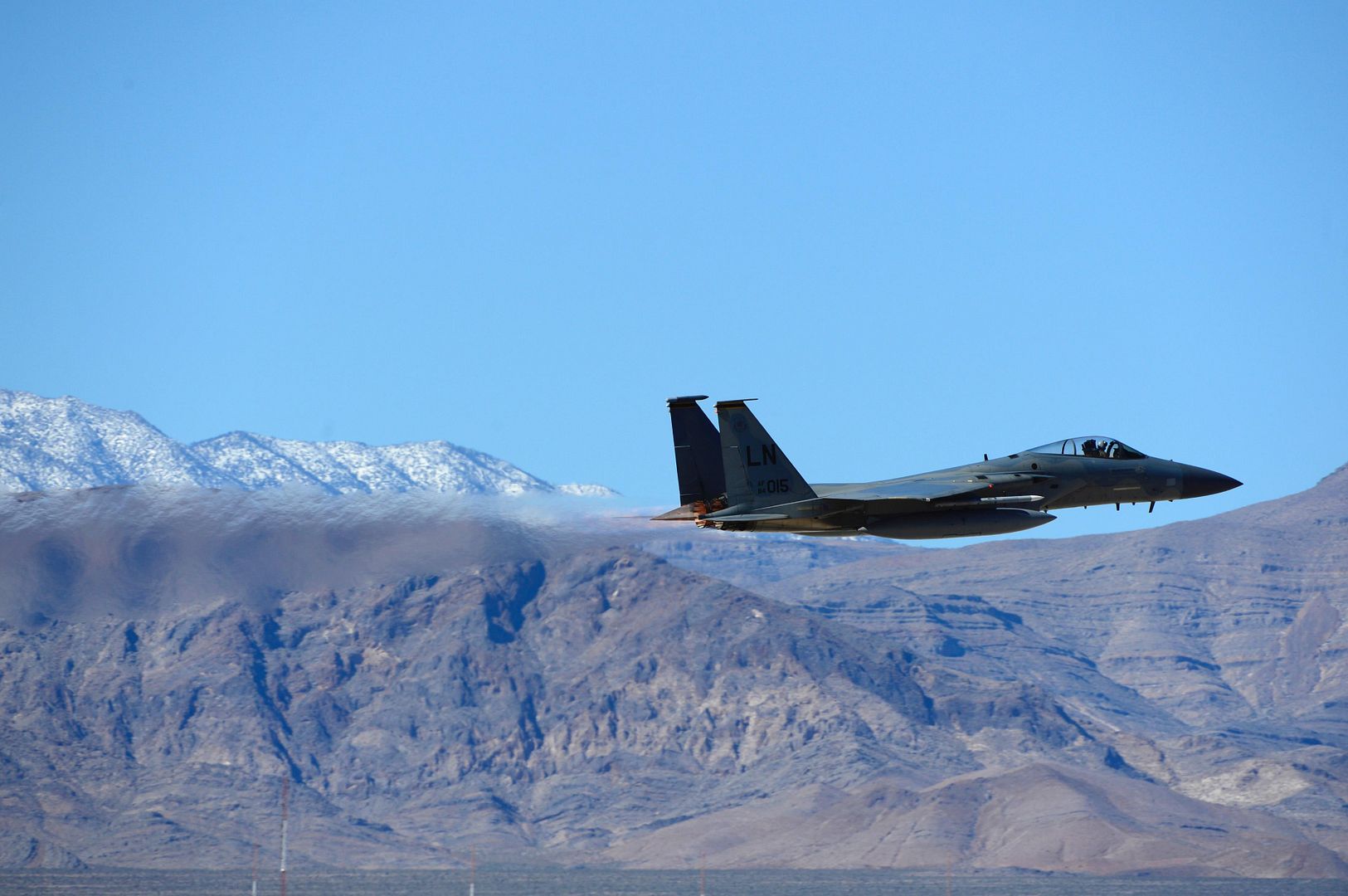
?The Reapers did great,? said Col. Jason Zumwalt, 493rd FS commander. ?We?ve had an outstanding maintenance team giving us great jets every day. We?ve been able to put a lot of aircraft into these fights, and my pilots have gone out there and done very well against an extremely difficulty adversary.?
The Reapers, along with other joint and coalition Red Flag participants, trained above the vast bombing and gunnery ranges of the Nevada Test and Training Range against opposing ?aggressors,? who are specially trained to replicate tactics and techniques used by potential adversaries.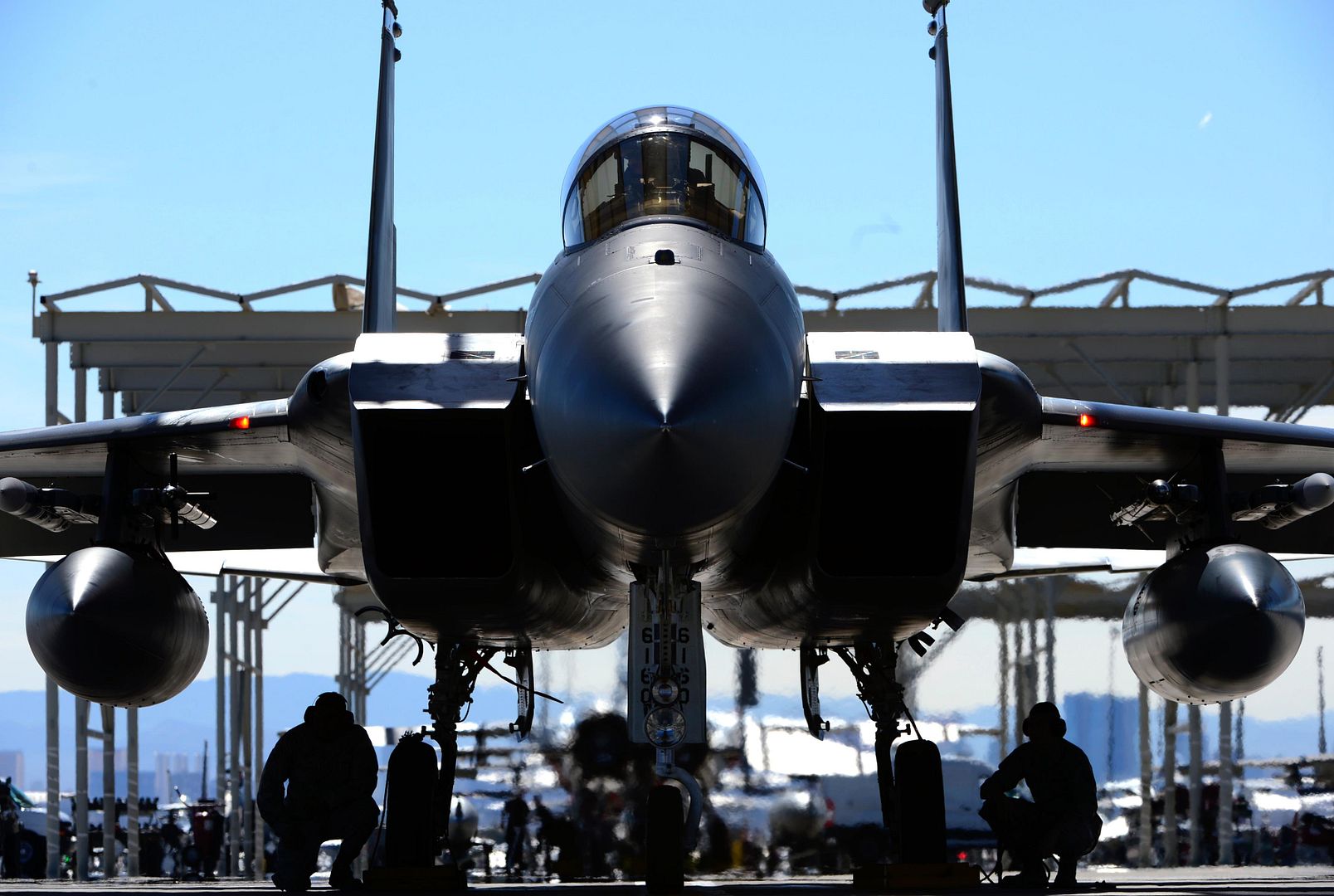
?You learn how to be better at what you do,? one 493rd FS pilot said. ?From the youngest guy who has just qualified, to the two-ship flight leads, you learn how to be better at your position and how to bring you and your wingmen back from a mission.?
Red Flag provides aircrews and support personnel an opportunity to experience advanced, relevant, and realistic combat-like situations in a controlled environment. The exercise goal is to safely complete missions with an emphasis on disciplined initiatives, prudent risk-taking and comprehensive problem solving against agile adversaries in uncertain, contested environments.
?It?s been a great opportunity to take the team on the road, exercise from a deployed environment, and really practice what we would do in an actual combat situation,? Zumwalt said. ?I?m very proud of the work that the maintenance support and ops team have done to generate the air power and exercise air superiority over the Nellis ranges.?
The 493rd FS will conclude their visit to Nellis by participating in sorties for the U. S. Air Force Weapons School, then continue on to Tyndall Air Force Base, Florida, to take part in the Weapons System Evaluation Program in April.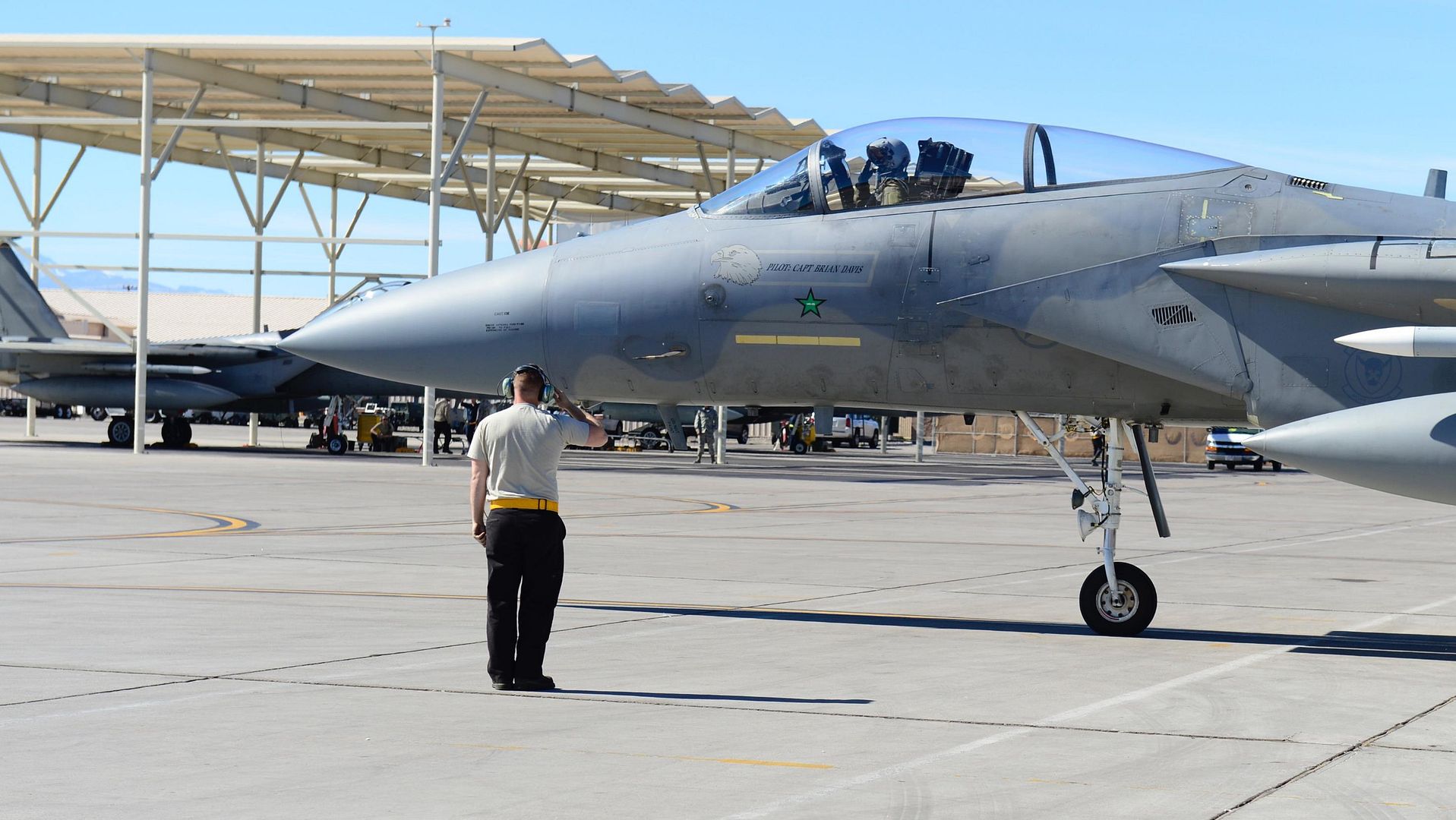
DENVER, March 13, 2017 /PRNewswire/ -- Lockheed Martin's (NYSE: LMT) manned airborne testbed, the Airborne Multi-INT Lab (AML), has been enhanced to expedite its ability to deliver decision-quality intelligence. The AML is utilized to experiment with combinations of sensors, systems and technologies to help customers develop ways to support a diverse range of contingency operations.
To accelerate its ability to transform "data" into "intelligence," updates were recently made to the AML's on-board processing capability, which collects and correlates disparate types of sensor data. The AML now has an autonomous sensor control mode that can coordinate operations between the testbed's various onboard sensors. This mode allows operators to focus on mission planning and operational issues while detailed execution is handled autonomously.
Also integrated into the testbed's mission system was a cognitive processing capability that enables rapid adaptation to a changing target environment. In addition, the AML's open, "plug-and-play" architecture was upgraded to extend the system's ability to integrate with existing ground architectures. This open architecture allows additional new software and hardware to be integrated in a matter of hours.
"Getting the right intelligence to those who need it is critical for any mission to succeed," said Dr. Rob Smith, vice president of C4ISR for Lockheed Martin. "The AML has furthered our ability to expedite solution delivery, reduce the risk of those solutions, and help us deliver differentiated capabilities affordably to our customers."
The AML, a modified Gulfstream III business jet, provides a readily reconfigurable platform to rapidly explore how multiple sensors and onboard systems interact, and how to best apply them for use in military and non-military markets. A variety of features onboard the aircraft enable this experimentation. Equipped with a multitude of sensors (electro-optical/ infrared systems, synthetic aperture radar, electronic intelligence and communications intelligence) and various communications apertures, the AML also has an open architecture that eases sensor interchangeability, a radome on the belly of the aircraft with ample volume for a mix of sensors, four onboard workstations and a computing capability that supports most commercial operating systems.
Beyond traditional uses such as development and evaluation support, this robust intelligence, surveillance, and reconnaissance (ISR) lab can be deployed anywhere in the world with a minimal support footprint. Since its introduction in 2009, the AML has more than 4,000 mission hours providing "ISR as a Service" supporting real-world customer missions.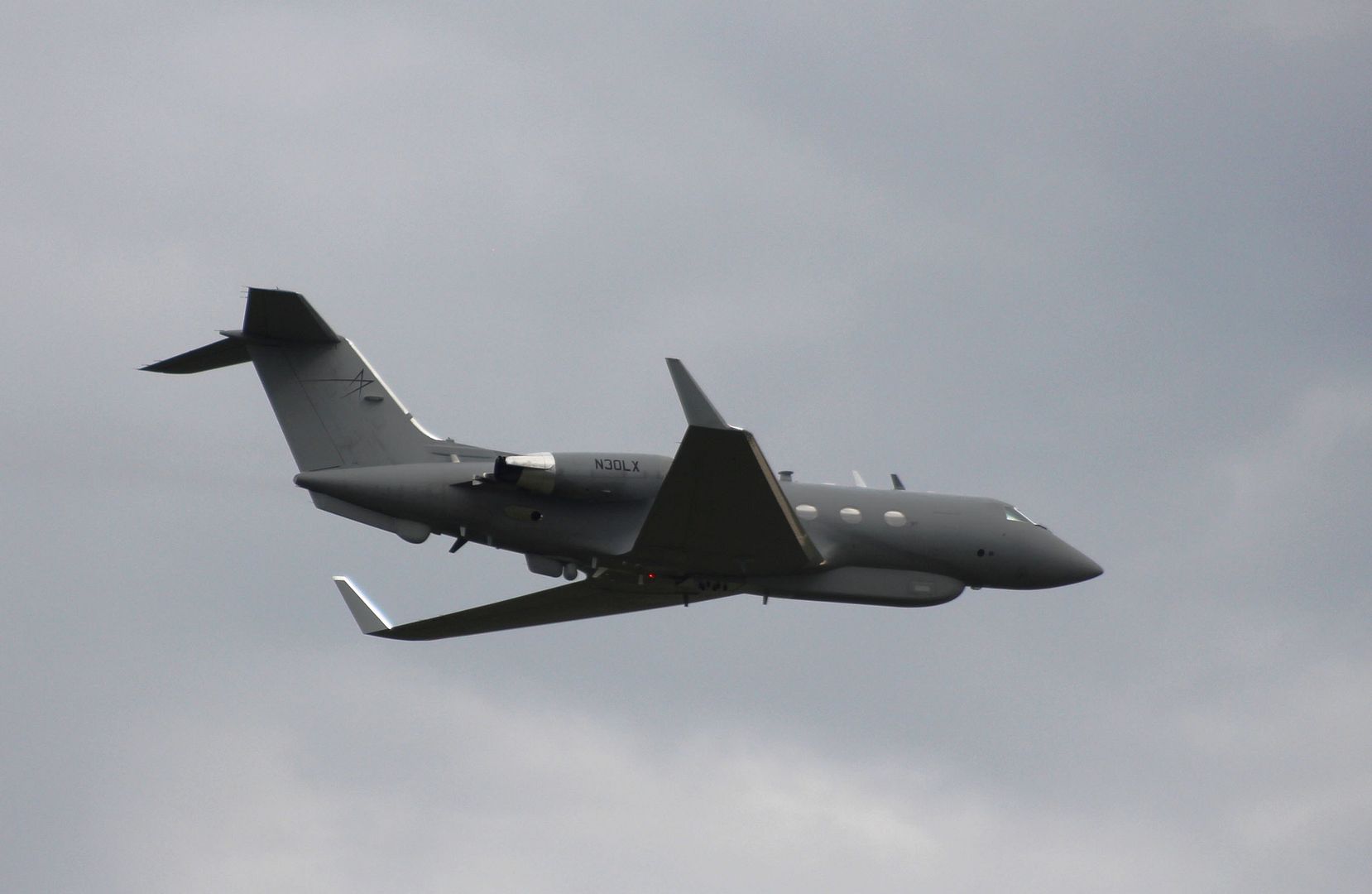
13 Mar 2017
A further series of flight trials of Eurofighter Typhoon with the low-collateral, high precision MBDA Brimstone air-to-surface weapon have been successfully completed at BAE Systems? site in Warton, Lancashire.
The trials are part of ongoing development work on the Phase 3 Enhancement (P3E) package for Typhoon, which will also deliver further sensor and mission system upgrades as part of Project CENTURION ? the programme to ensure a smooth transition of Tornado capabilities on to Typhoon for the Royal Air Force by the end of 2018.
The trials were conducted using the UK Typhoon Instrumented Production Aircraft (IPA) 6, and formed part of work to gather air data on the weapon and expand the carriage envelope. Firing trials are now scheduled for later this year to test the effectiveness of the weapon in operational scenarios.
The flight trials, an important milestone on the integration programme following the completion of ground testing and initial flight trials last year, were partly carried out through a Combined Testing Team (CTT) approach with pilots from the Royal Air Force?s 41(R) Squadron (the RAF?s Test and Evaluation Squadron). In total around 40 trials to integrate Brimstone with Typhoon have seen the aircraft flown with four AMRAAM, two ASRAAM, two Paveway IV laser guided/GPS bombs and two launchers each containing three Brimstone missiles. Eight of the 40 flights have been carried out with 41(R) Squadron.
Steve Formoso, Chief Test Pilot for BAE Systems Military Air & Information business, said: ?This series of flight trials has included Aero Data Gathering (ADG) flights to test how the addition of the Brimstone weapon and other assets interacts with the aircraft?s flight control system software. The results have been excellent, with the pilot maintaining manoeuvrability whilst carrying a heavy weapons load.
?The detailed results of these trials will now be analysed and further testing carried out ahead of firing trials. The low-collateral Brimstone will provide the Typhoon pilot with the ability to precisely attack fast-moving targets at range, further enhancing the aircraft?s already potent air-to-surface capabilities.?
James McLaughlin, BAE Systems? Contract Delivery Manager for Typhoon Phase 3 Enhancements, added: ?This continues to be an incredibly productive time for Typhoon development and the benefits of the Combined Testing Team approach are clearly visible. The dedicated work of our teams and partner companies has ensured we have been able to conduct a large number of flight trials in a short space of time, involve the Royal Air Force within the process and reach an important milestone on the Brimstone integration programme.?
The flight trials programme for Brimstone is running alongside ongoing Typhoon development programmes with the Meteor and Storm Shadow weapons, which form part of the aircraft?s Phase 2 Enhancement (P2E) package due to be delivered into service in 2018.
The CTT approach is designed to allow 41(R) Squadron to participate in early versions of planned upgrades, providing feedback that can be assessed and directly worked back into the design process, ensuring an end product which meets Royal Air Force requirements.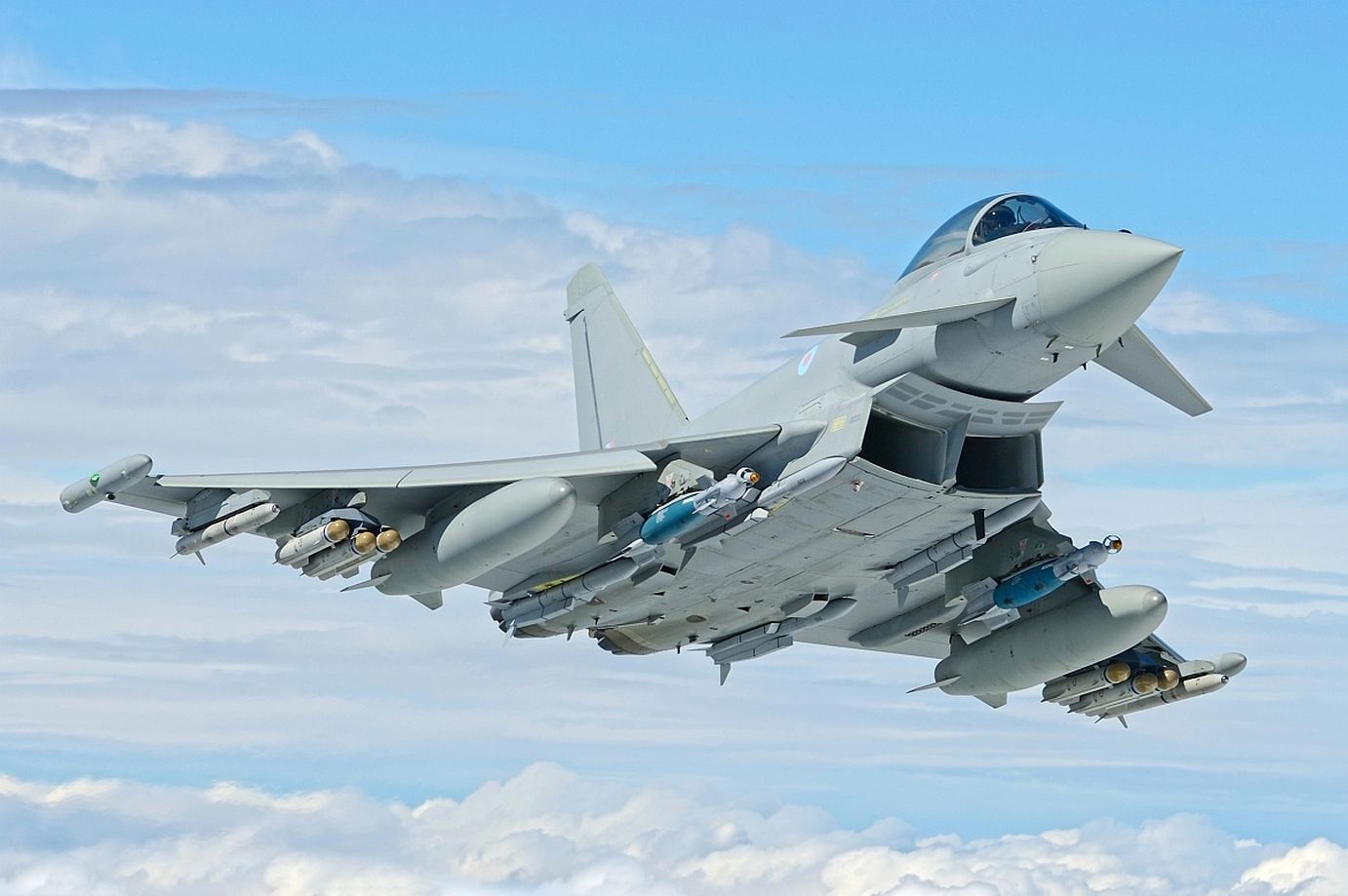
-
 Main AdminArmy Reserve UH-60 Blackhawk Helicopters from 8th Battalion, 229th Aviation Regiment, based in Fort Knox, KY, quickly depart and take to the skies after dropping of Soldiers from the 101st Airborne Division during an airfield seizure training exercise to start off Warrior Exercise 78-17-01 on March 13,2017 at Lakehurst Maxfield Field. Several Army Reserve organizations including the Army Reserve Aviation Command, 84th Training Command, 78th Training Division, and members of the 200th Military Police Command helped Easy Company, 2nd Battalion, 506th Parachute Infantry, 101st Airborne Division conduct the airfield seizure mission. WAREX is a wide-scale assembly training event used to test units' combat capabilities as America's Army Reserve continues to be prepared and poised for future combat readiness.
Main AdminArmy Reserve UH-60 Blackhawk Helicopters from 8th Battalion, 229th Aviation Regiment, based in Fort Knox, KY, quickly depart and take to the skies after dropping of Soldiers from the 101st Airborne Division during an airfield seizure training exercise to start off Warrior Exercise 78-17-01 on March 13,2017 at Lakehurst Maxfield Field. Several Army Reserve organizations including the Army Reserve Aviation Command, 84th Training Command, 78th Training Division, and members of the 200th Military Police Command helped Easy Company, 2nd Battalion, 506th Parachute Infantry, 101st Airborne Division conduct the airfield seizure mission. WAREX is a wide-scale assembly training event used to test units' combat capabilities as America's Army Reserve continues to be prepared and poised for future combat readiness.
An Army Reserve UH-60 Black Hawk Helicopter from 8th Battalion, 229th Aviation Regiment, based out of Fort Knox, Ky., approaches Lakehurst Maxfield Field during a multi-component airfield seizure training exercise between the Army Reserve and the 101st Airborne Division (Air Assault) on March 13, 2017 to kick off Warrior Exercise 78-17-01. Several Army Reserve organizations including the Army Reserve Aviation Command, 84th Training Command, 78th Training Division, and members of the 200th Military Police Command helped Easy Company, 2nd Battalion, 506th Parachute Infantry Regiment, 101st Airborne Division conduct the mission. Roughly 60 units from the U.S. Army Reserve, U.S. Army, U.S. Air Force, and Canadian Armed Forces are participating in the 84th Training Command?s joint training exercise, WAREX 78-17-01, at Joint Base McGuire-Dix-Lakehurst from March 8 until April 1, 2017; the WAREX is a large-scale collective training event designed to assess units? combat capabilities as America?s Army Reserve continues to build the most capable, combat-ready, and lethal Federal Reserve force in the history of the Nation.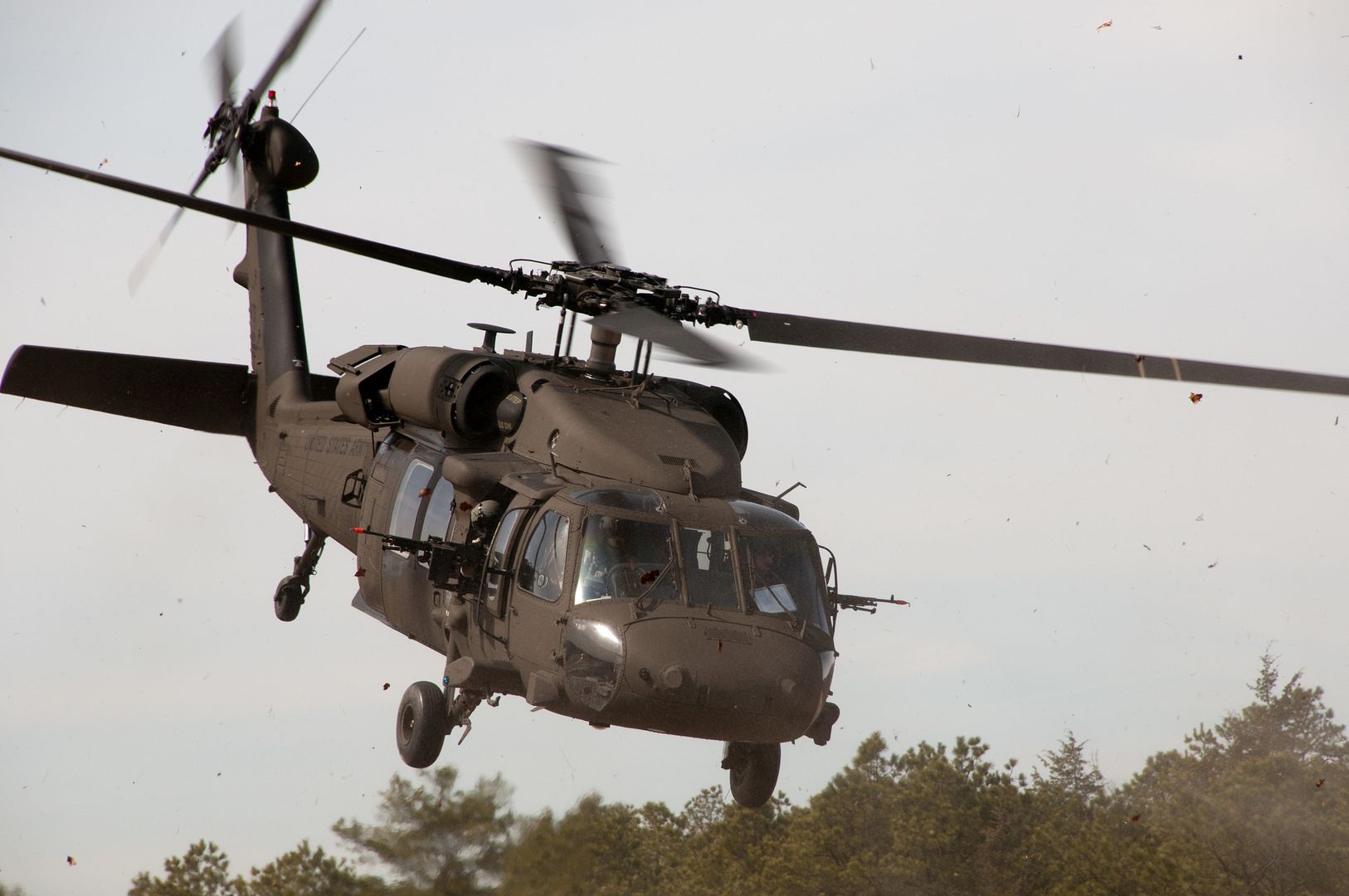
U.S. Marine Corps F-35B Lightning IIs from Marine Fighter Attack Squadron 121 fly in formation next to a U.S. Air Force KC-135 Stratotanker from the 909th Air Refueling Squadron March 14, 2017, over Pacific waters. The F-35B is a fifth-generation fighter, which is the world?s first operational supersonic short takeoff and vertical landing aircraft. (U.S. Air Force photo's by Senior Airman John Linzmeier)
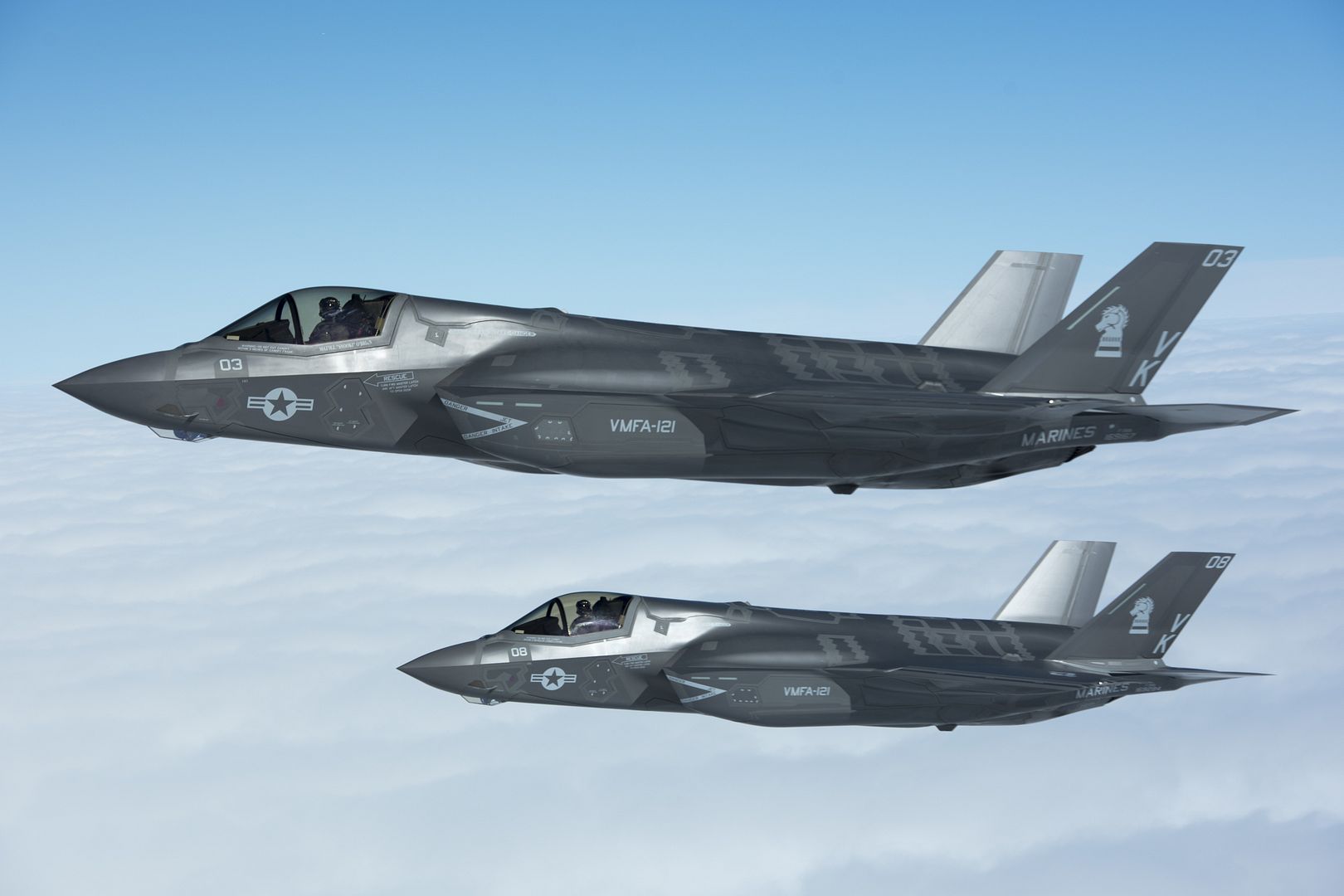
A U.S. Marine Corps F-35B Lightning II from the Marine Fighter Attack Squadron 121, approaches the boom of a KC-135 Stratotanker from the 909th Air Refueling Squadron for an inflight refuel March 14, 2017, over the Pacific Ocean. The F-35B brings strategic agility, operational flexibility, and tactical supremacy to the Pacific with a mission radius greater than that of the F/A-18 Hornet and AV-8B Harrier II in support of the U.S. and Japan alliance. (U.S. Air Force photo by Senior Airman John Linzmeier)
HILL AIR FORCE BASE, Utah -- The Ogden Air Logistics Complex accomplished another "first" in support of the F-35 Lightning II program.
A U.S. Navy F-35C ? carrier variant ? was delivered to Edwards AFB, Calif., on March 13, making the Ogden ALC the first maintenance depot to receive, modify and deliver all three F-35 variants.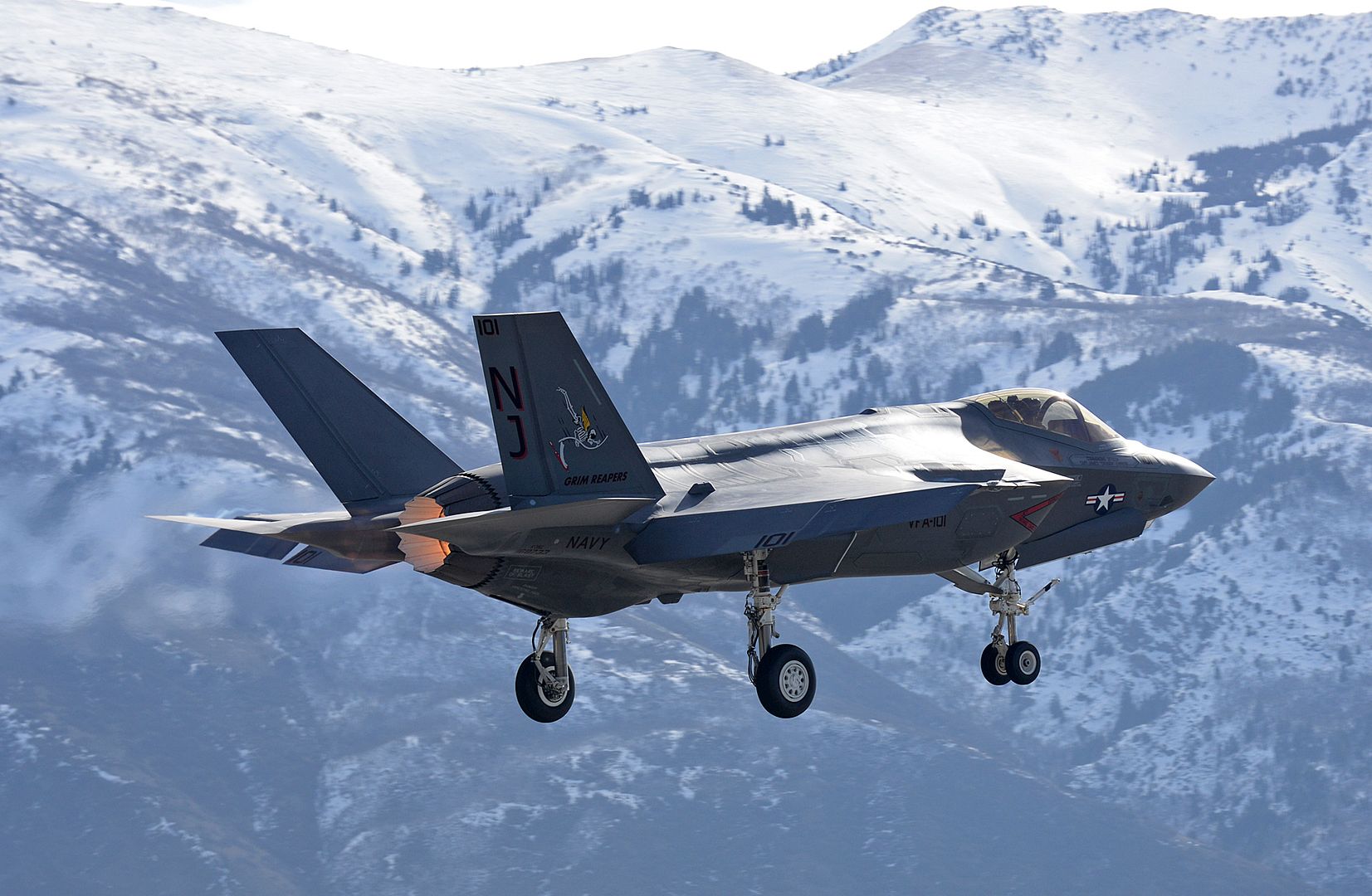
The aircraft arrived at Hill AFB in April 2016 from Eglin AFB, Fla., and over the past 10 months underwent required structural modifications to remove and replace life limiting parts and other upgrades.
The aircraft was originally assigned to the ?Grim Reapers? of Strike Fighter Squadron (VFA) 101 at Eglin AFB. While at Hill AFB the aircraft was transferred to Air Test and Evaluation Squadron NINE Detachment Edwards to participate in the F-35C testing and evaluation program.
Ogden ALC officials credited teamwork with Lockheed-Martin and the Joint Program Office for the successful delivery. The Ogden ALC is expected to deliver two additional aircraft back to the Navy later this month.
F-15C simulators provide low-cost, critical training
The F-15C Eagle training simulators at Tyndall Air Force Base, Fla., recently underwent upgrades to their visual systems. The new flat-panel television screens will create a more realistic environment for the pilots, while also being more cost effective. (Courtesy Photo)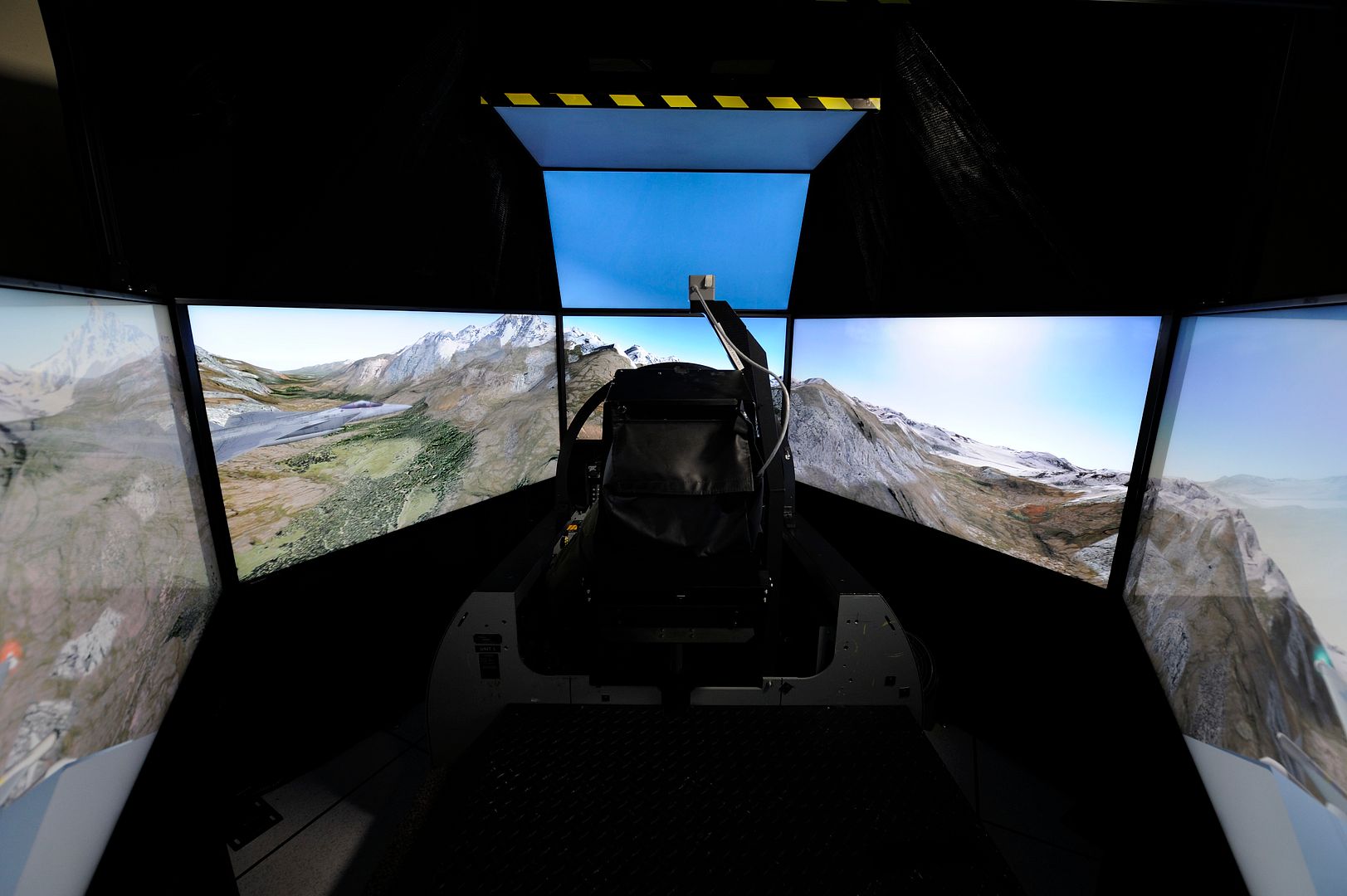
LONDON ? March 14, 2017 ? Northrop Grumman Corporation (NYSE: NOC) has been awarded a contract by the Royal Danish Air Force (RDAF) to provide LITENING advanced targeting pods for its F-16 aircraft. LITENING gives pilots powerful capabilities for detecting, identifying and tracking targets at extremely long ranges.
Denmark was the first international partner to take delivery of the fourth generation of the LITENING pod. With this award, the RDAF will expand the use of LITENING to additional aircraft in its fleet.
?As a key member of NATO, Denmark supports a wide range of missions. LITENING gives the RDAF powerful capabilities to carry out these missions, whether they call for targeting or intelligence, surveillance and reconnaissance (ISR),? said Dr. Robert Fleming, vice president, programmes, Northrop Grumman.
The Northrop Grumman LITENING Advanced Targeting System, now in its fourth generation, gives aircrews superior situational awareness and targeting capabilities for strike and ISR missions. Technologies include digital, high definition video, 1K forward-looking infrared and charge-coupled device sensors, laser imaging sensors and advanced data links. These advances deliver more accurate target identification and location at longer ranges than previous targeting pod systems, while also reducing pilot workload.
LITENING has been integrated on the A-10, AV-8B, B-52, C-130, F-15, F-16 and F/A-18 and has achieved more than two million operating hours.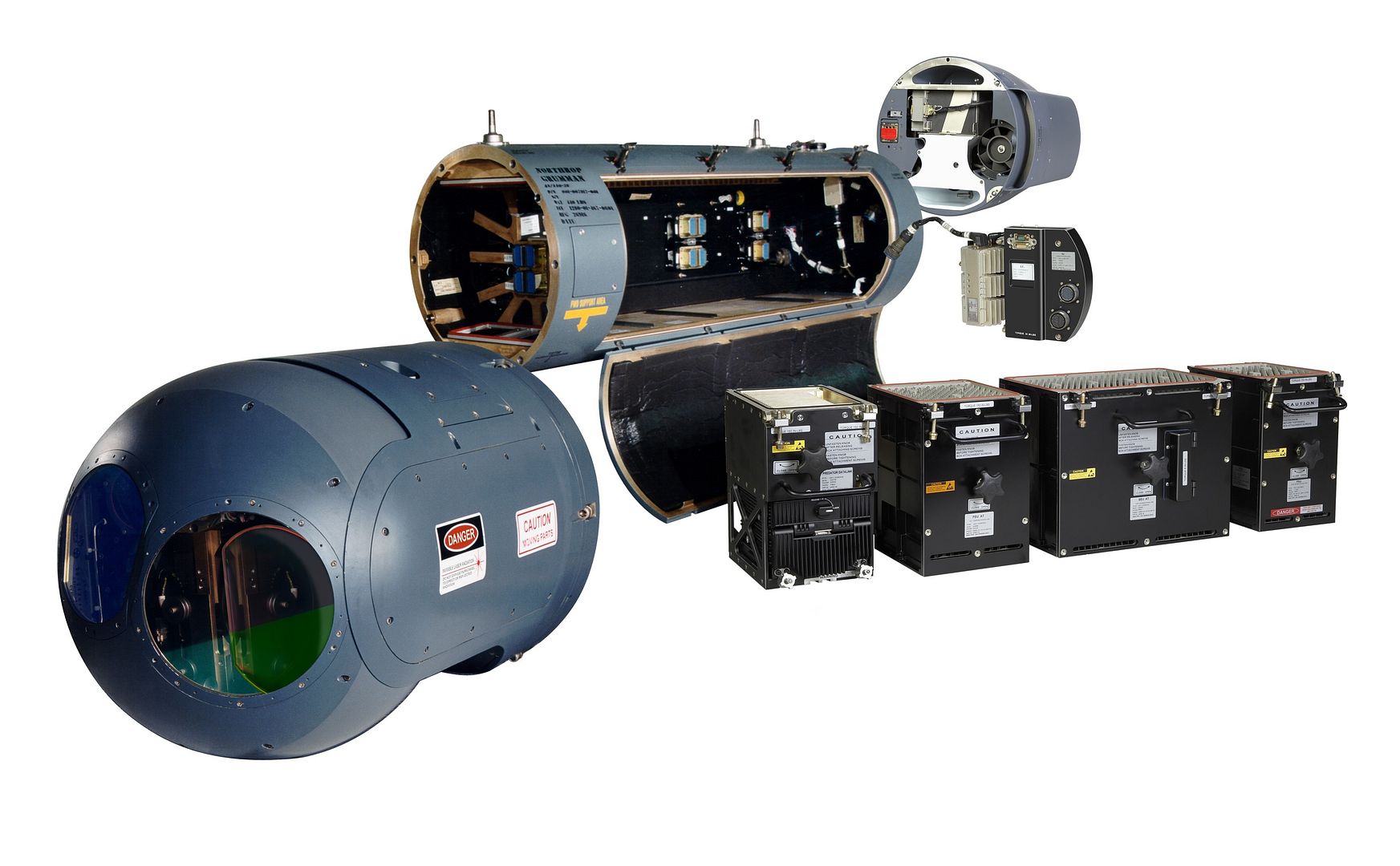
-
 Main AdminU.S. Air Force F-15 Eagles from the 67th Fighter Squadron take off March 16, 2017, at Kadena Air Base, Japan. The Eagle?s air superiority is achieved through a mixture of unprecedented maneuverability and acceleration, range, weapons and avionics. (U.S. Air Force photo's by Airman 1st Class Corey Pettis/Released)
Main AdminU.S. Air Force F-15 Eagles from the 67th Fighter Squadron take off March 16, 2017, at Kadena Air Base, Japan. The Eagle?s air superiority is achieved through a mixture of unprecedented maneuverability and acceleration, range, weapons and avionics. (U.S. Air Force photo's by Airman 1st Class Corey Pettis/Released)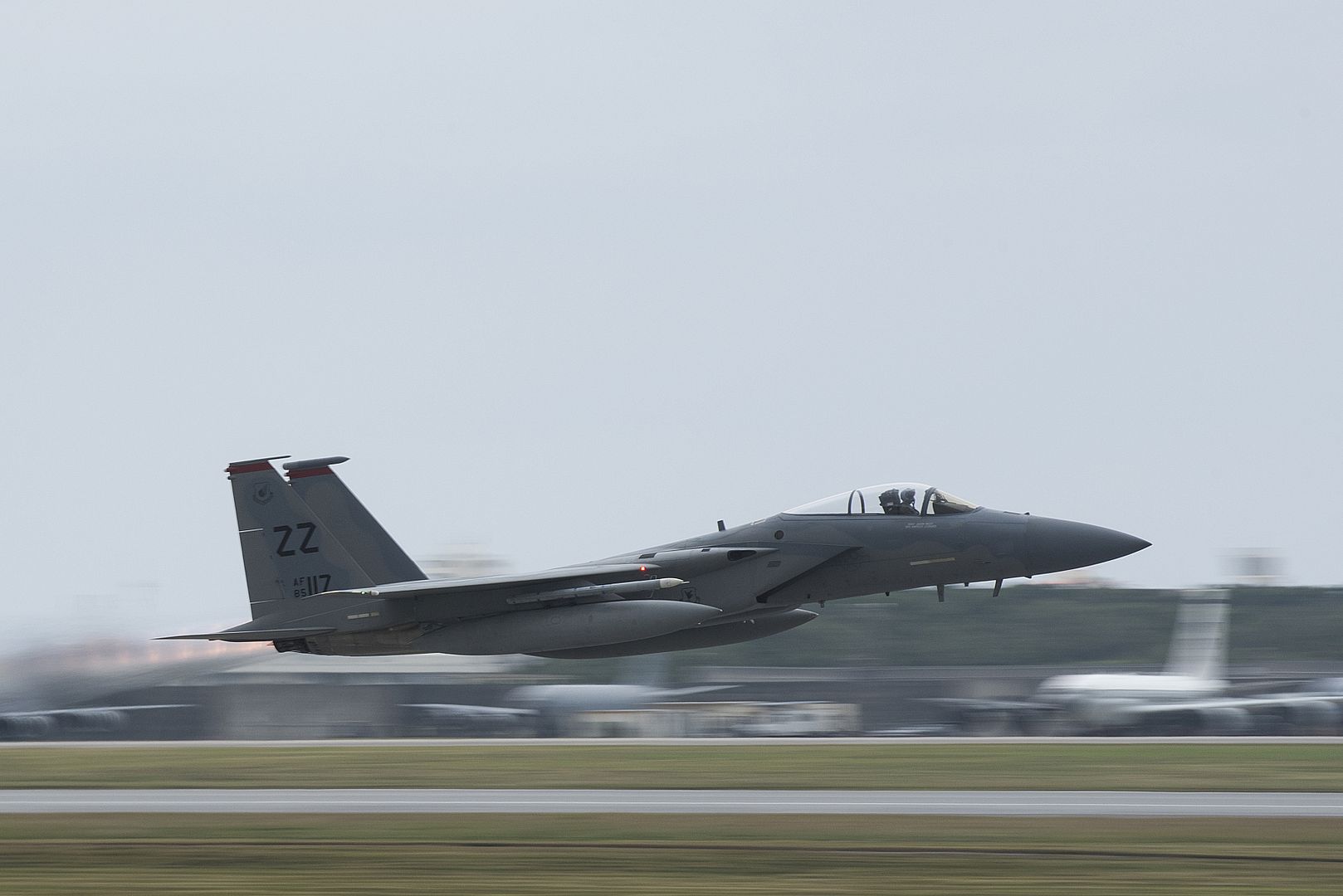

An F-16 Fighting Falcon from the 180th Fighter Wing Ohio Air National Guard sits on the flight line after a snow storm March 14, 2017 in Swanton, Ohio. The 180FW daily conducts training in realistic environments under realistic circumstances, no matter the weather we ensure our forces maintain the highest levels of proficiency and readiness for worldwide deployment. (U.S. Air National Guard photo by Airman Hope Geiger)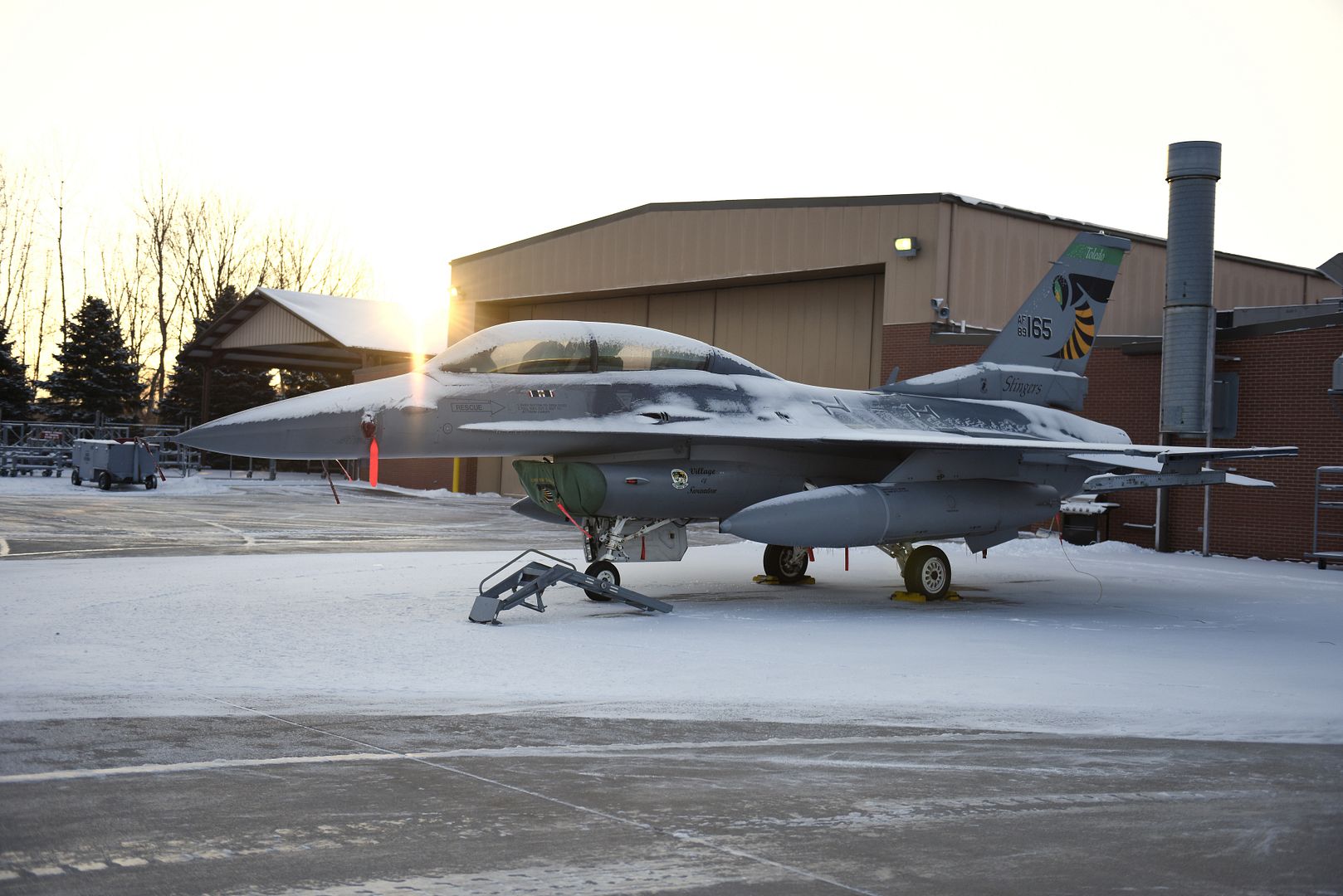
RAMSTEIN, Germany --- From March 16 to mid-April 2017 the Italian Air Force is going to deploy six of its Eurofighter Typhoon fighter aircraft and a detachment of approx. 140 personnel to Iceland. The Italian detachment will be based at Keflavik Air Base, Iceland, and fly its fighter jets in support of NATO?s mission that provide airborne surveillance and interception capabilities to meet Iceland?s peacetime preparedness needs.
Since 2008, NATO has conducted this peacetime mission, which is specific and unique to Iceland. The focus of the peacetime preparedness mission is to link up fighter capabilities with Iceland?s air surveillance integrated into NATO?s Integrated Air and Missile Defence System.
"We operate in many areas to mitigate threats and prevent risks,? said the Italian Minister of Defence, Roberta Pinotti, in a statement on March 8 in Rome on the participation in international missions. "We have to provide our contribution to make this world more peaceful.?
This is the second time after 2013 for the Italian Air Force to execute this mission in Iceland. The deployment underlines NATO?s resolve, commitment and solidarity as well as Allied interoperability and cohesion.
Three times a year, Allies deploy fighter aircraft in Iceland for several weeks to ensure the Alliance can conduct full-scale peacetime air policing with minimum delay if required by real world events.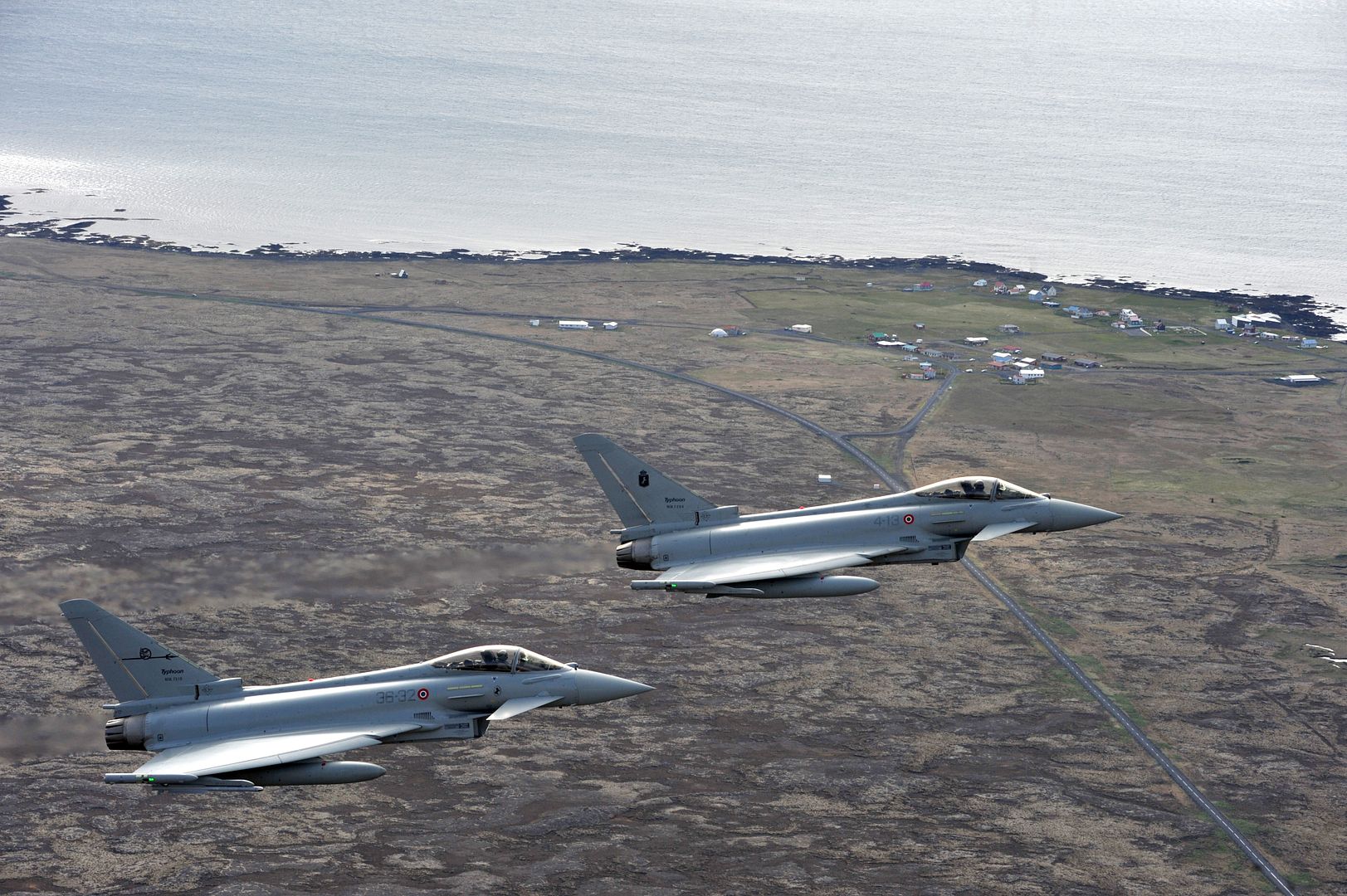
FINAL FORMAL SORTIE FOR RAF LOSSIEMOUTH TORNADOS
XV(Reserve) Squadron, the Tornado Operational Conversion Unit, will complete its final formal flying on Friday 17 March 2017. The disbandment of the Squadron, after 102 years? of service, on Friday 31 March 2017 will see the end of the Tornado GR4 era at RAF Lossiemouth.
To mark the end of this period in the Station?s history Tornados from XV(Reserve) Squadron will carry out a final formal sortie that will include flying by Aberdeen and Leuchars airfields and Tain Air Weapons Range. These sites have all been instrumental in the training of aircrew at RAF Lossiemouth to operate the Tornado. The aircraft will return to RAF Lossiemouth in the early afternoon to carry out a series of flypasts over the Station.
Over the past 24 years the Squadron has been the life-blood of the front line ensuring the squadrons were provided with combat capable aircrew. The final ab-initio pilot finished his training at the end of January, and the last refresher pilot, returning from a tour instructing at RAF Valley, graduated at the end of February.
Whilst the Tornado Operational Conversion Unit will cease from 31 March, the RAF will continue to utilise the Tornado GR4 until it is finally withdrawn from service in 2019.
Wing Commander Paul Froome is the Officer Commanding of XV(Reserve) Squadron, and will pilot one of the aircraft taking part in the final sortie. He said:
?Being able to fly in this final sortie of Tornado GR4s from RAF Lossiemouth is a great honour for me.
?Whilst it may be sad to see the Tornado leave Moray and Scotland, the aircraft has given many years? of great service to the RAF, and continues to do so in the form of the frontline Tornado squadrons at RAF Marham supporting current operations.
?The disbandment of XV(Reserve) Squadron is a milestone in the drawdown of the Tornado fleet, but I can say hand on heart that every member of the Squadron, past and present, has delivered an exceptional level of service and commitment to the Tornado fleet and the RAF.?
RAF Lossiemouth will maintain the provision of Quick Reaction Alert (Interceptor) North on a 24/7 basis as its primary role. The Station will also see growth in the near future as a fourth Typhoon squadron is formed here and P8 Poseidon Maritime Patrol Aircraft are based here.
From here - https://www.facebook.com/RAFLossiemouth/photos/rpp.322671547765674/1468173496548801/?type=3&theater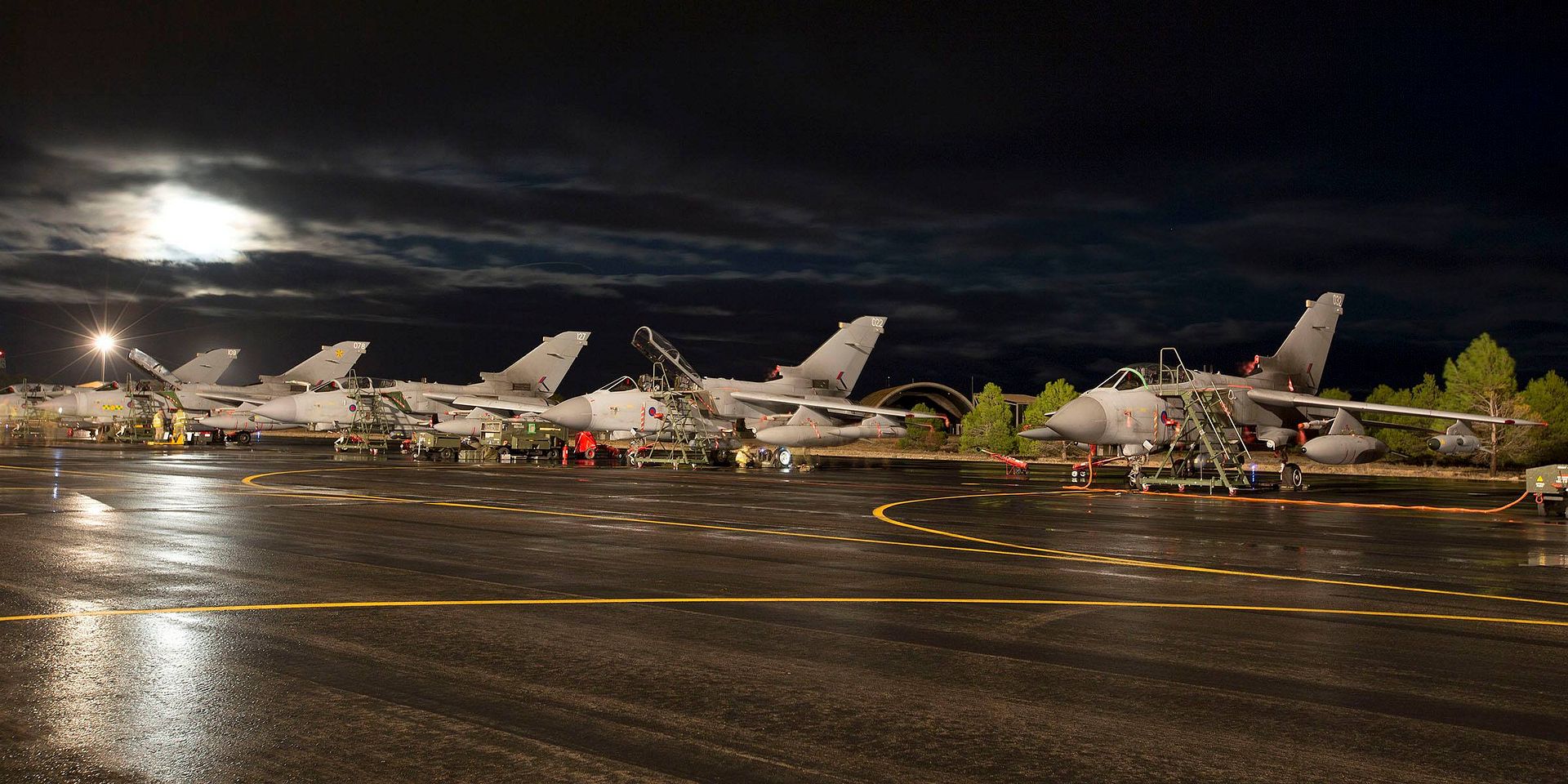
Post a reply
- Go to Next topic
- Go to Welcome
- Go to Introduce Yourself
- Go to General Discussion
- Go to Screenshots, Images and Videos
- Go to Off topic
- Go to Works in Progress
- Go to Skinning Tips / Tutorials
- Go to Skin Requests
- Go to IJAAF Library
- Go to Luftwaffe Library
- Go to RAF Library
- Go to USAAF / USN Library
- Go to Misc Library
- Go to The Ops Room
- Go to Made in Germany
- Go to Campaigns and Missions
- Go to Works in Progress
- Go to Juri's Air-Raid Shelter
- Go to Campaigns and Missions
- Go to Works in Progress
- Go to Skinpacks
- Go to External Projects Discussion
- Go to Books & Resources
